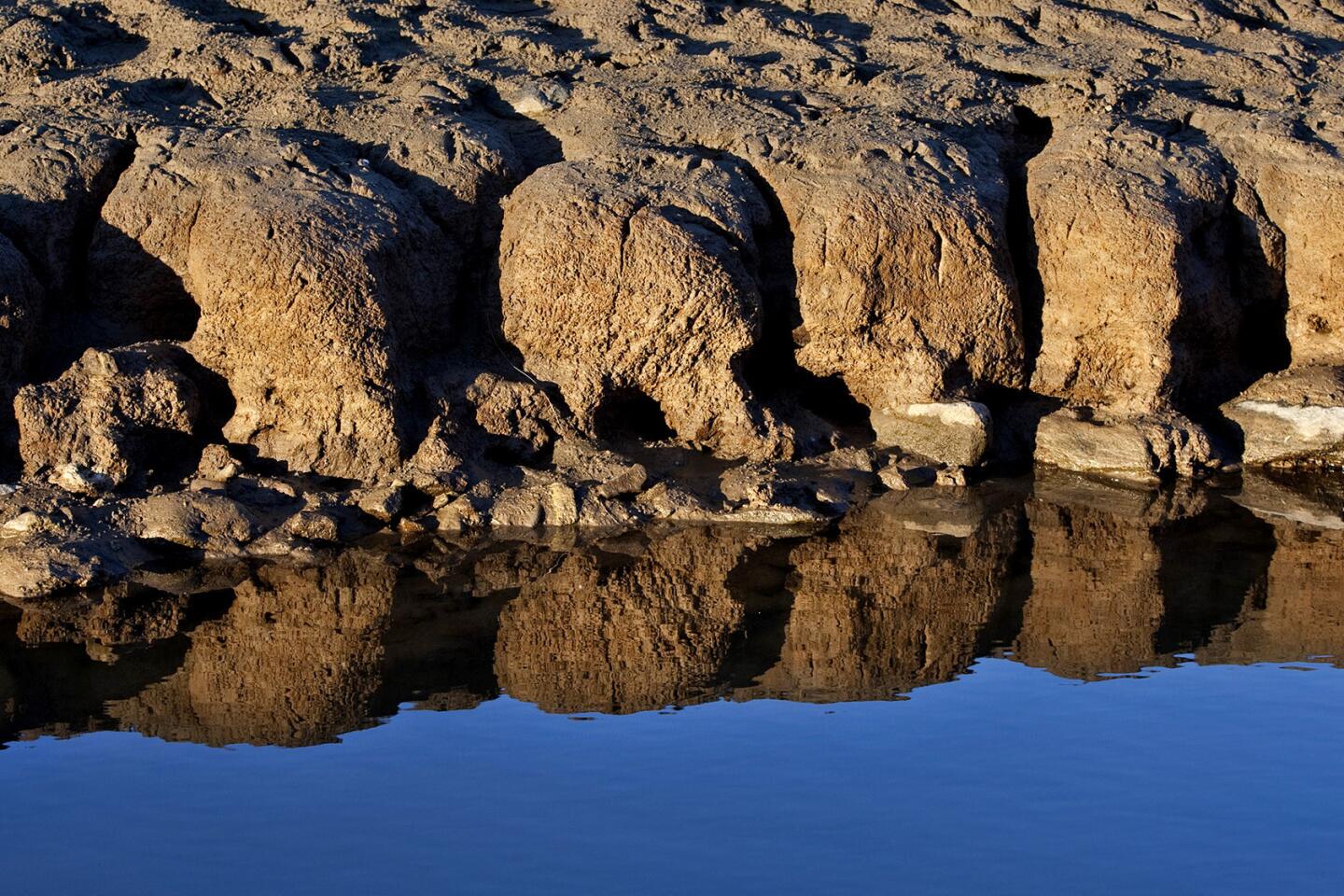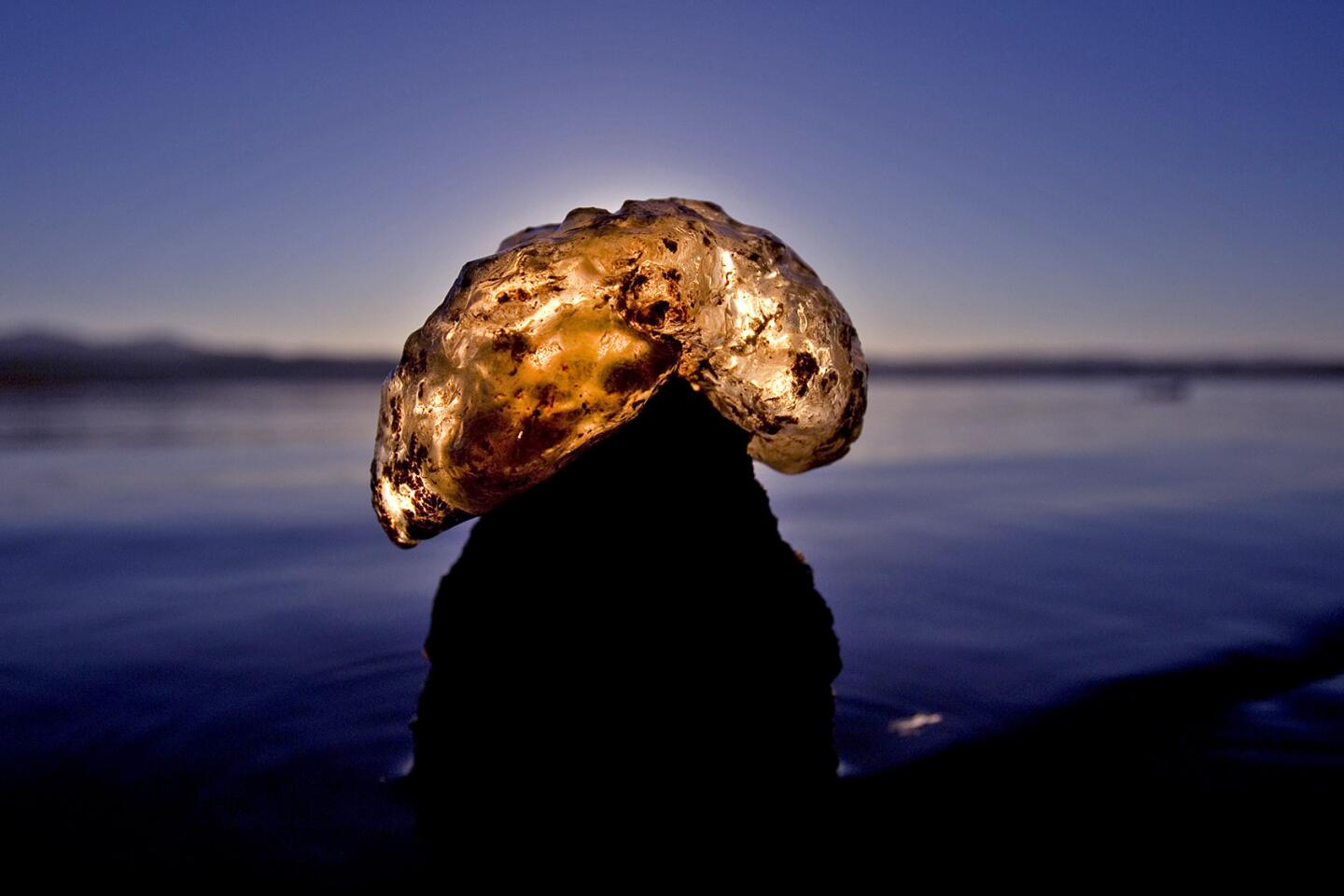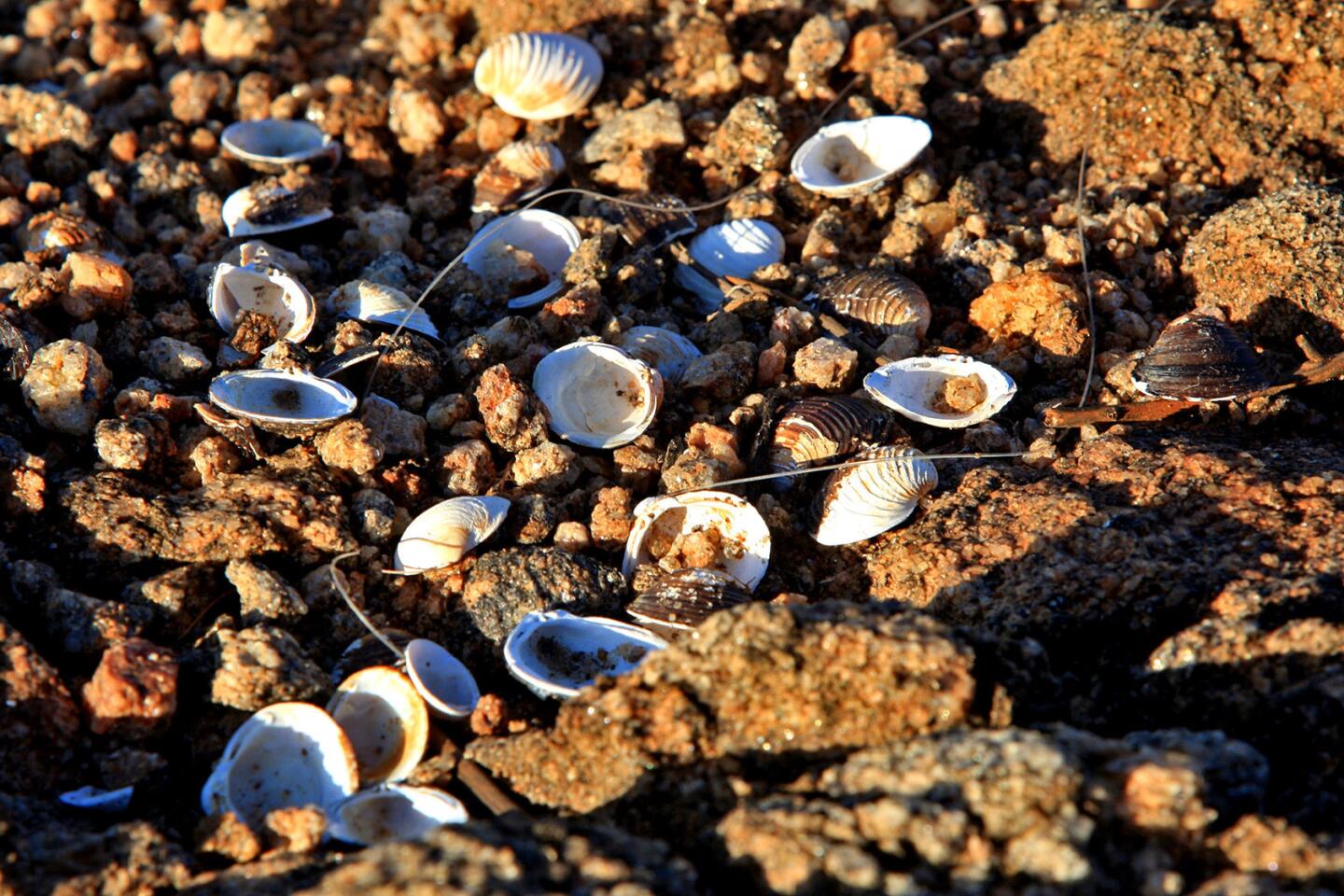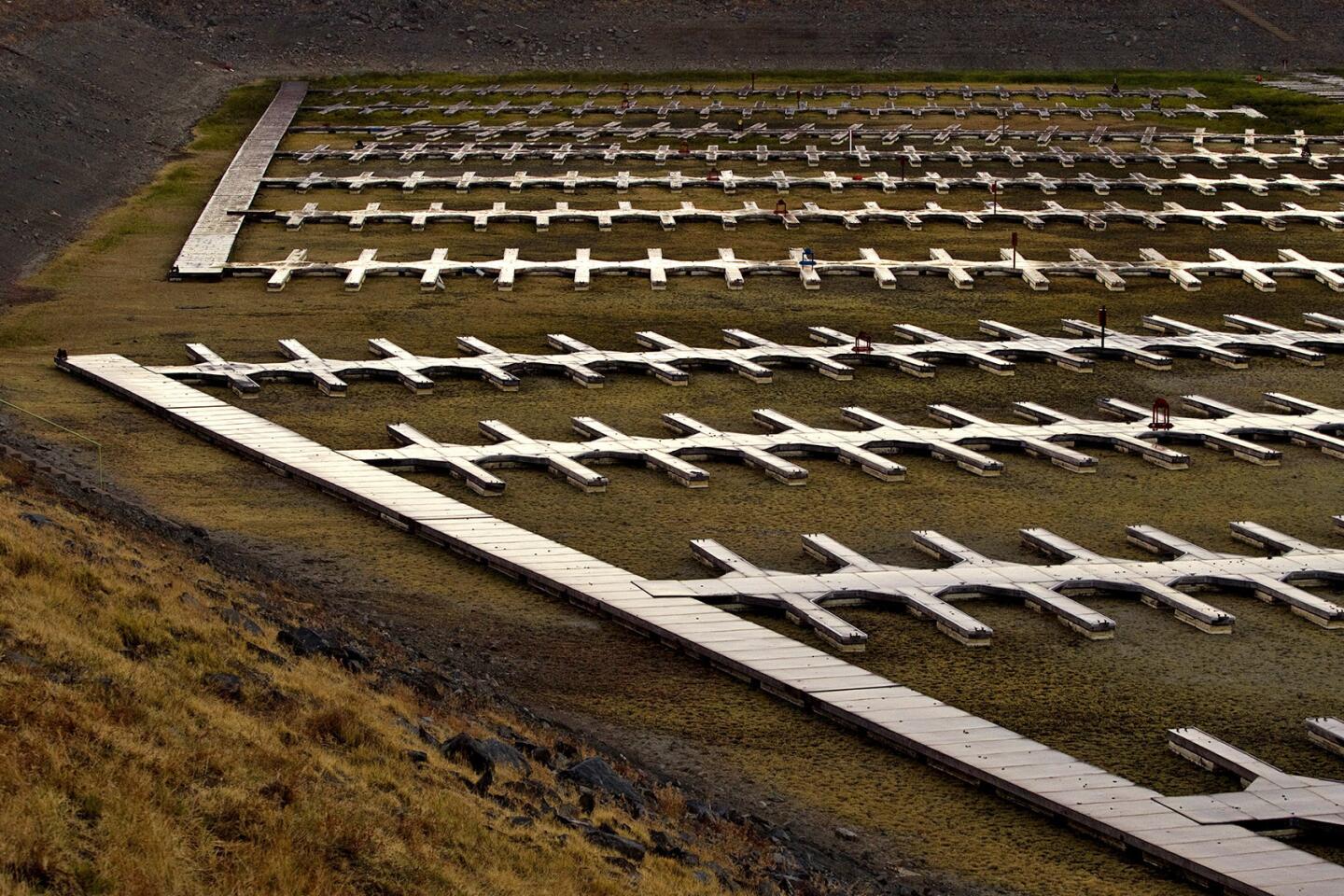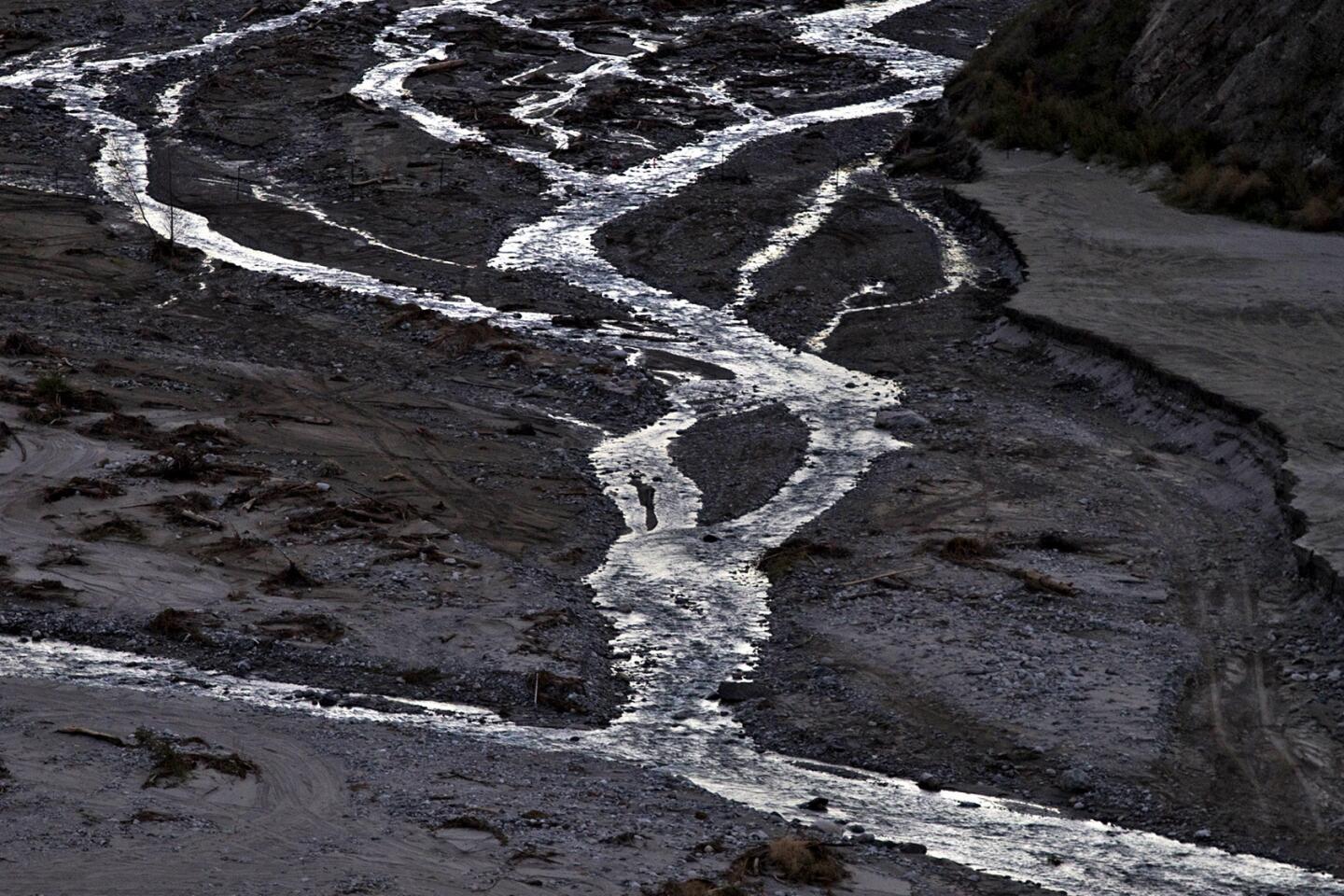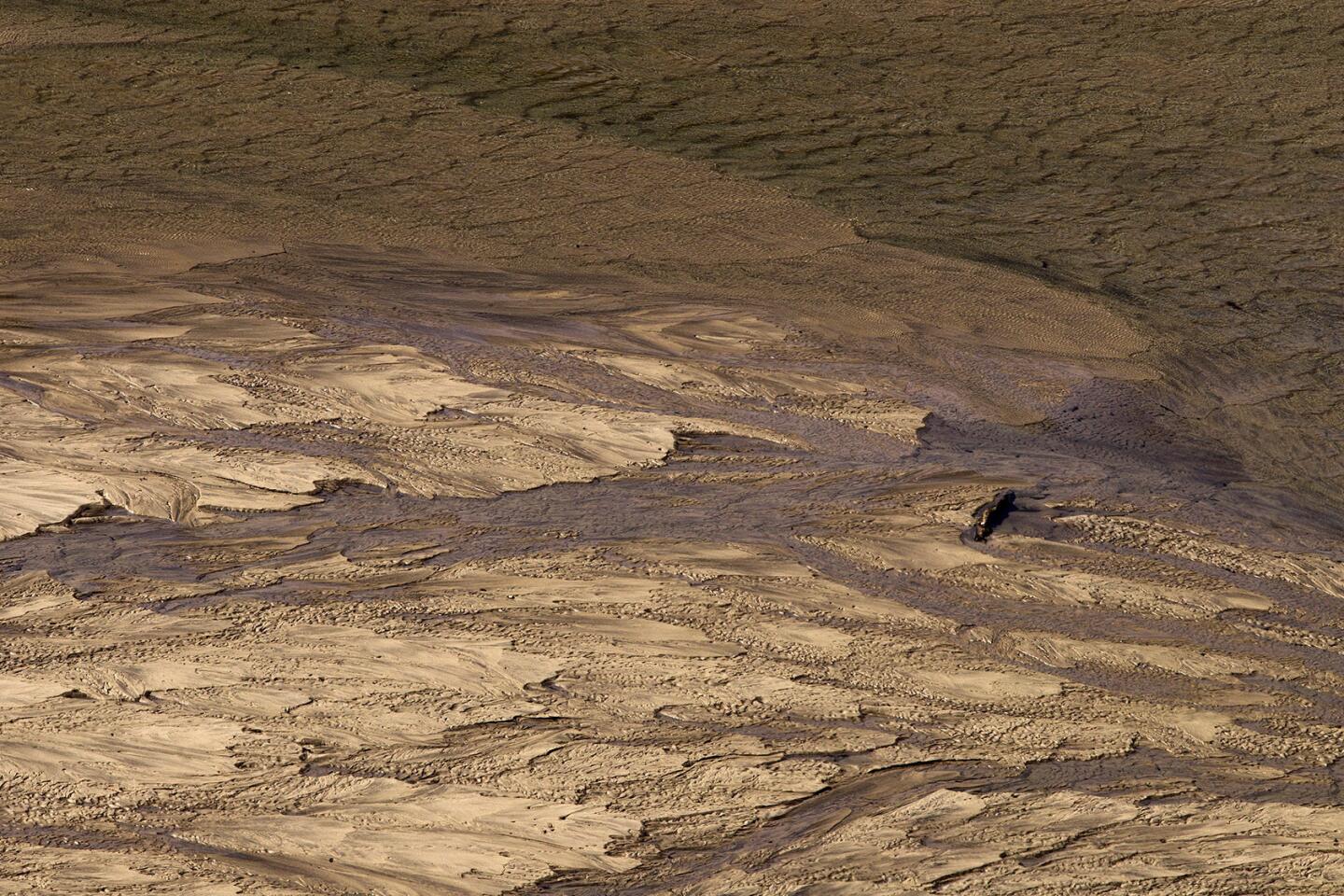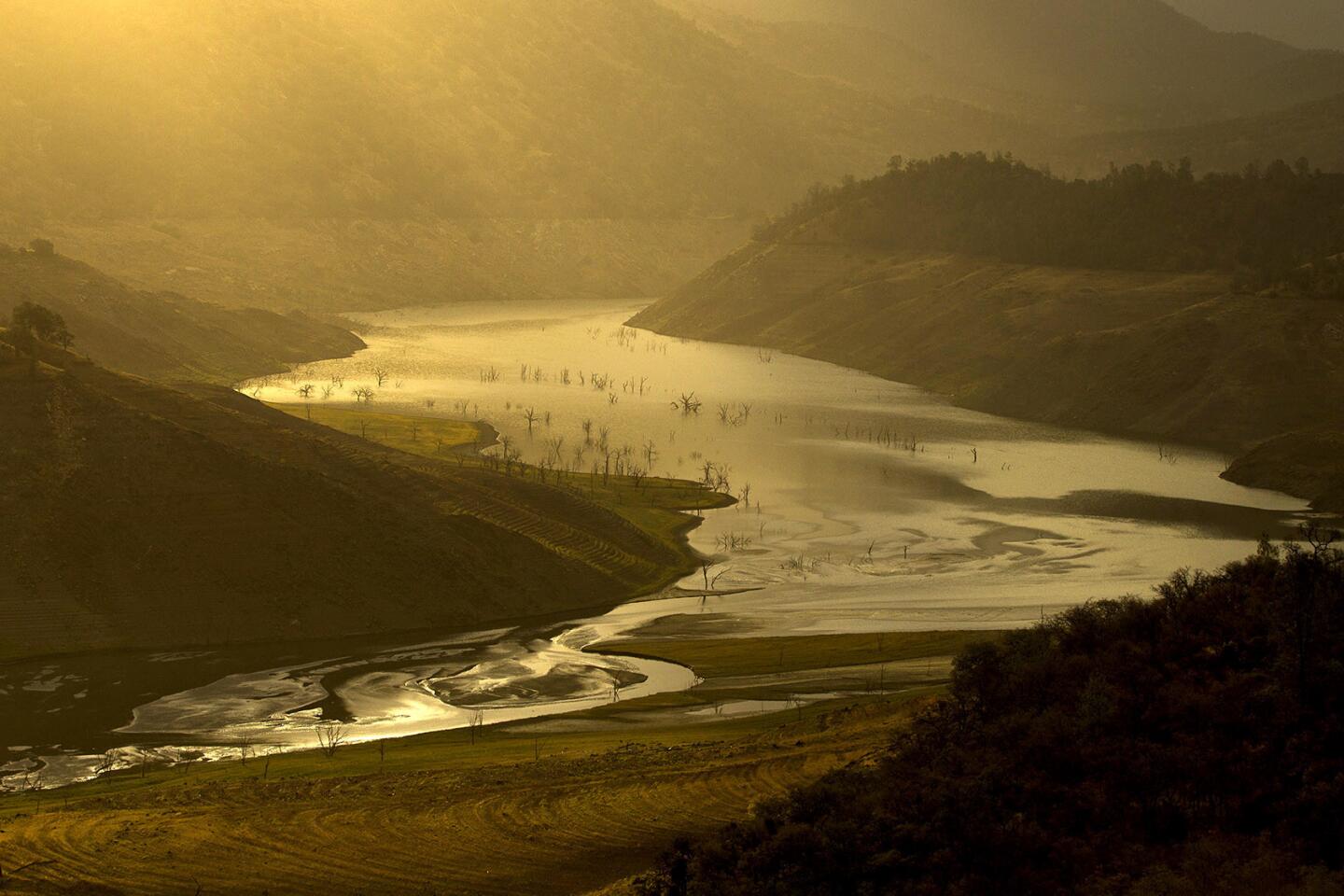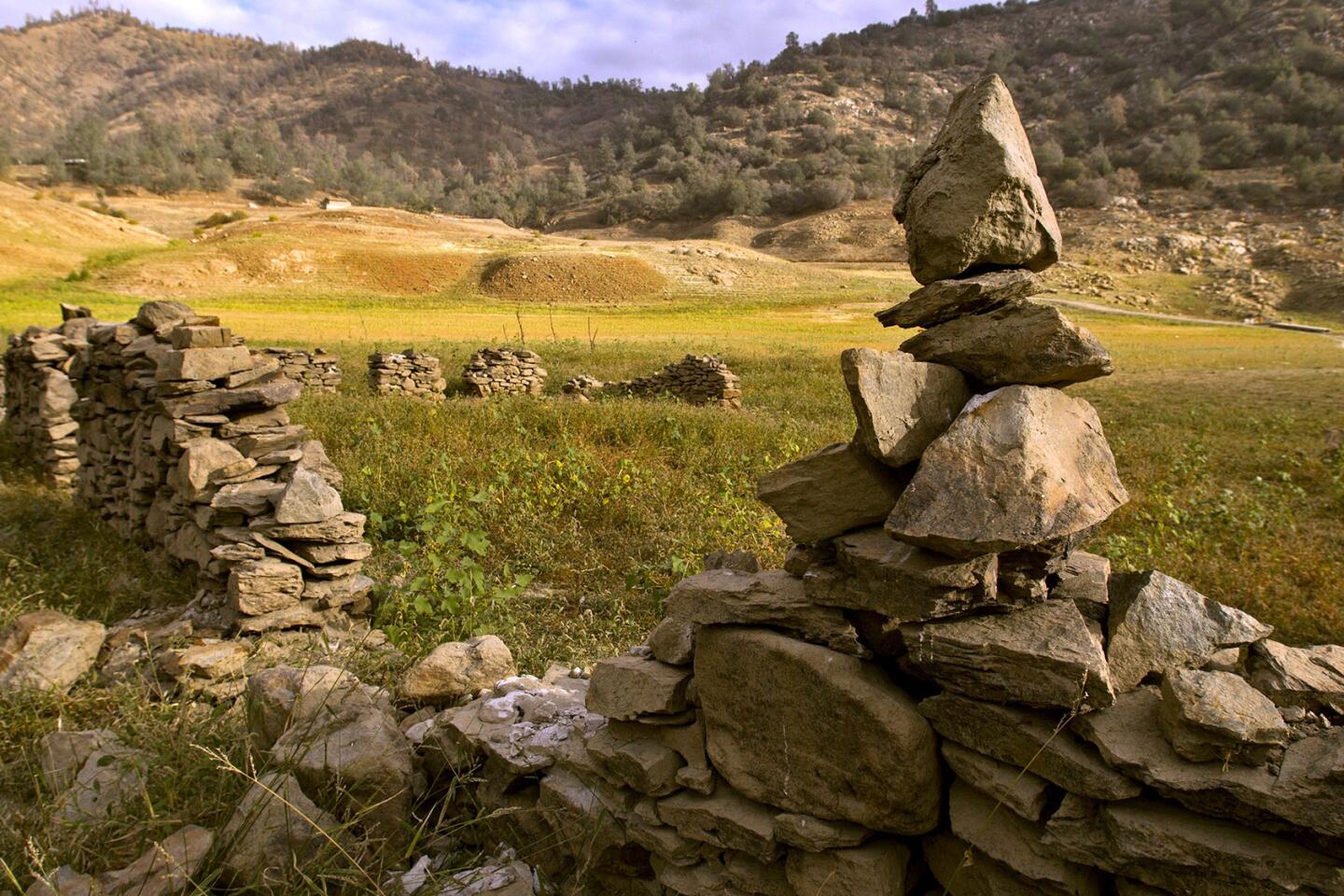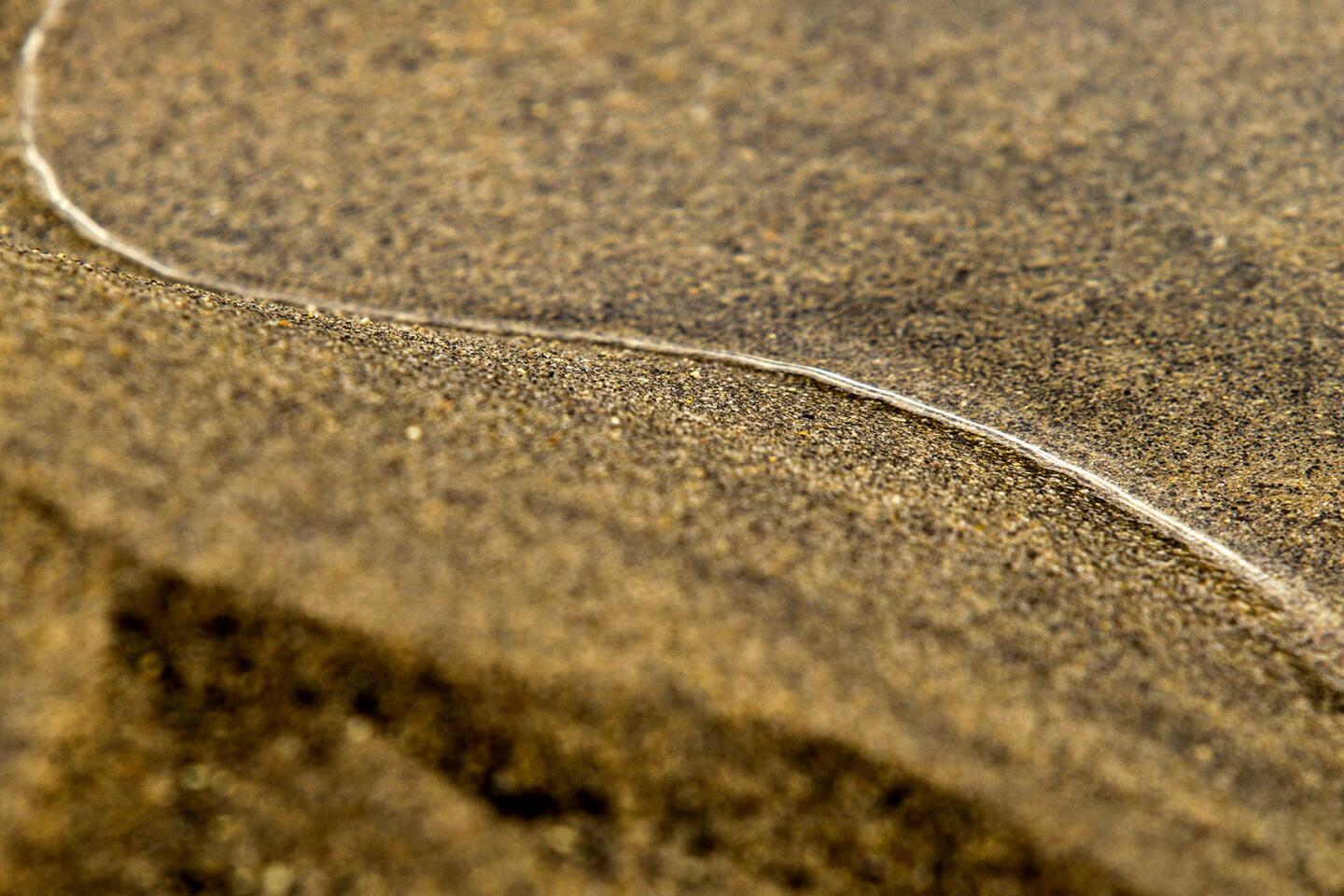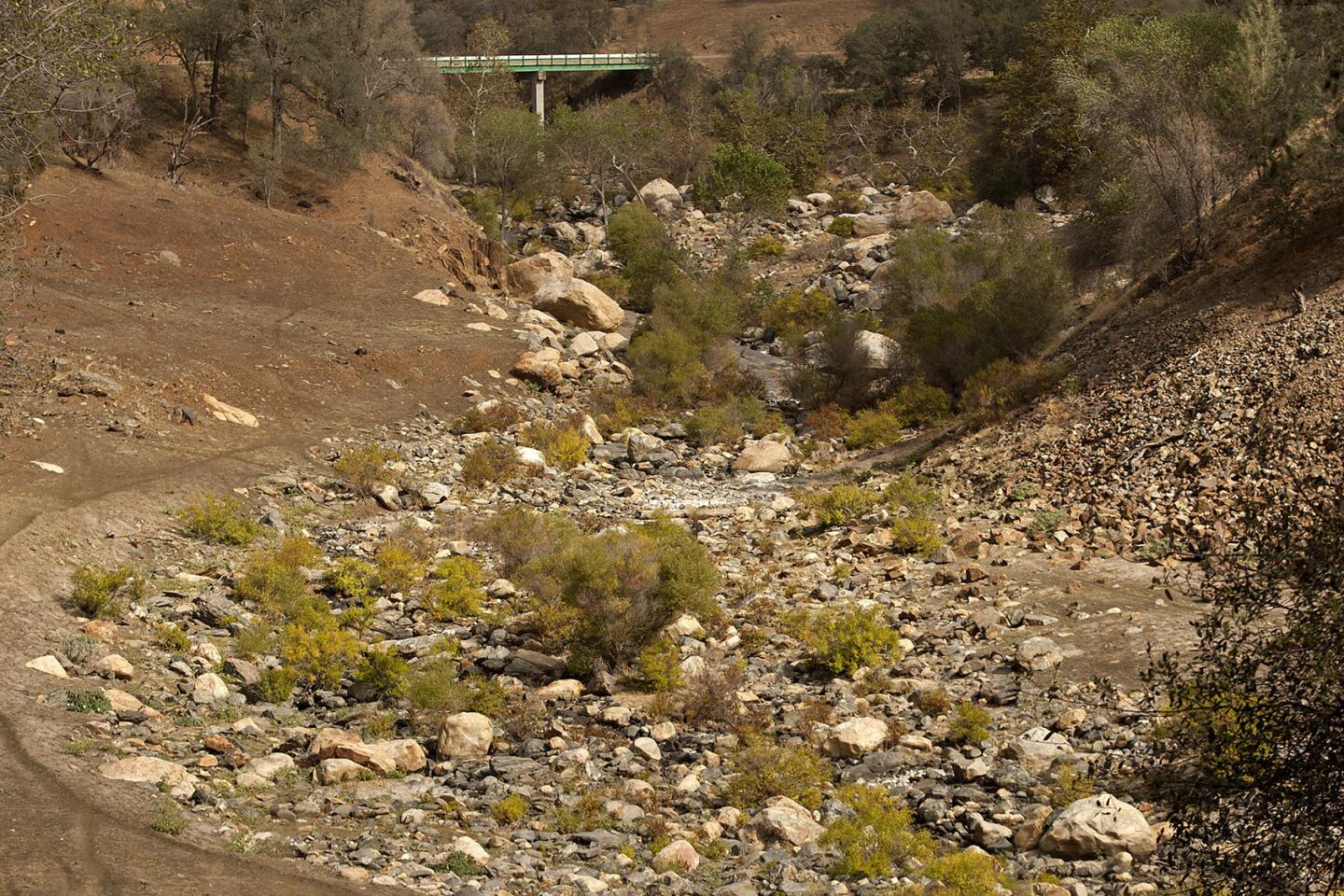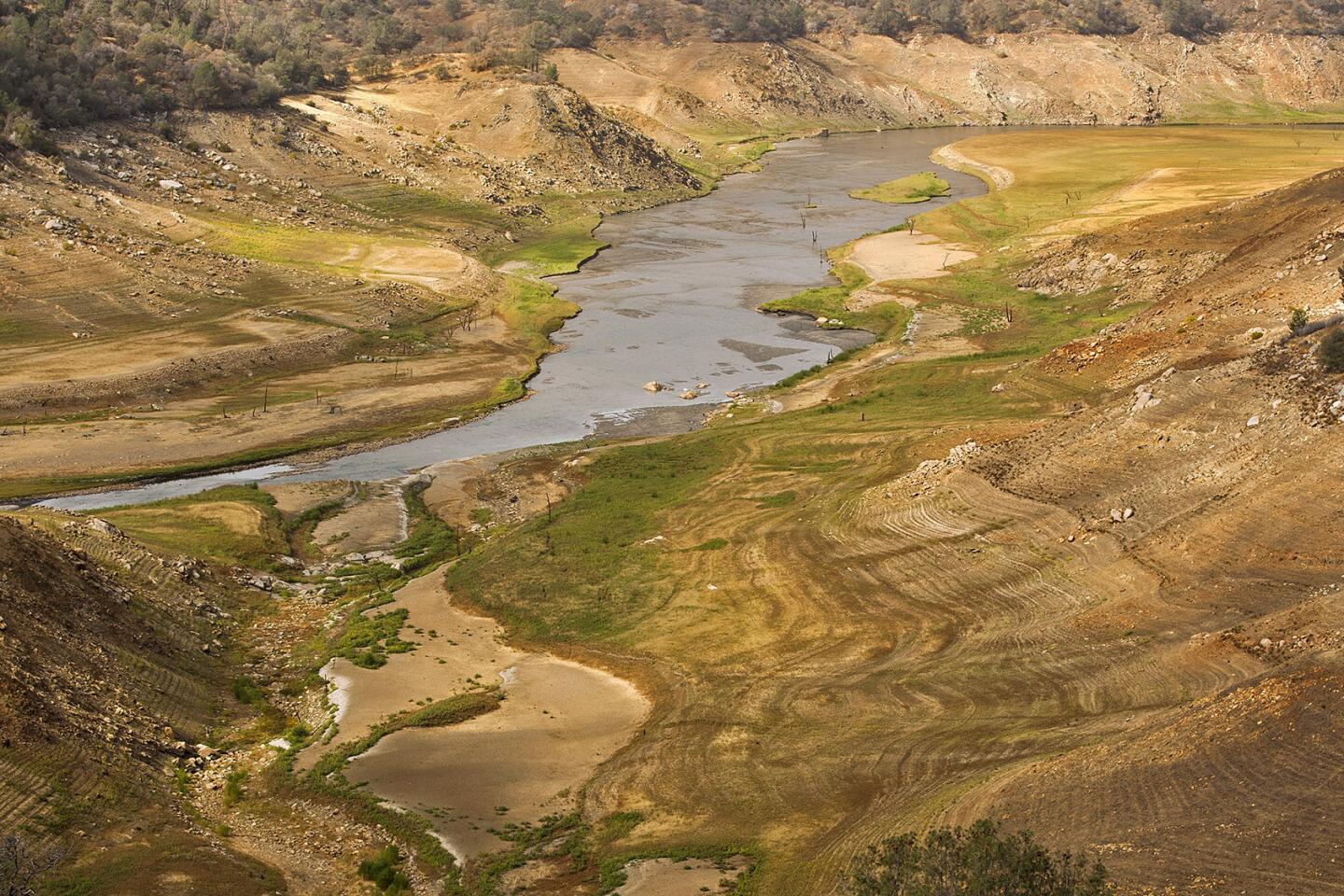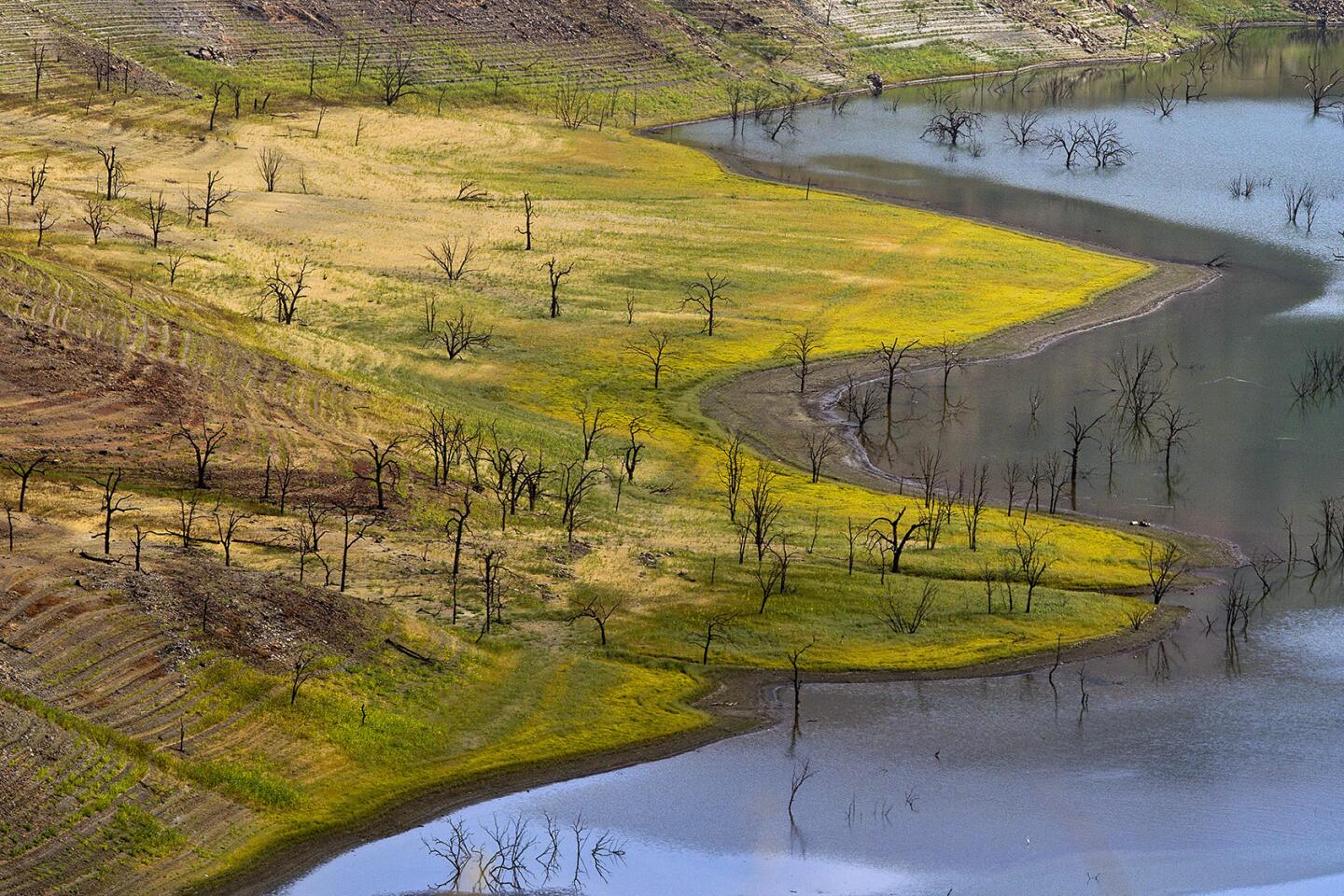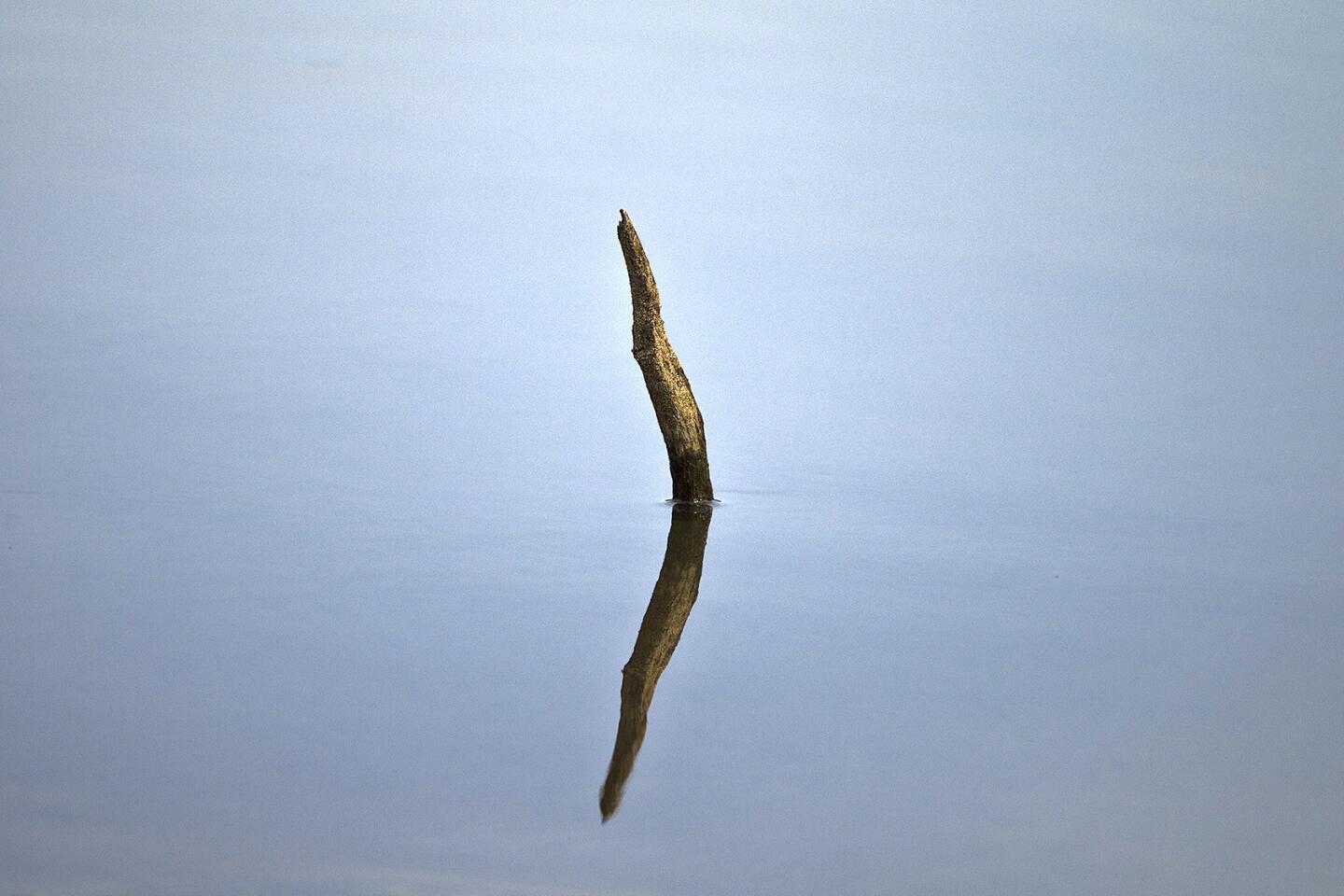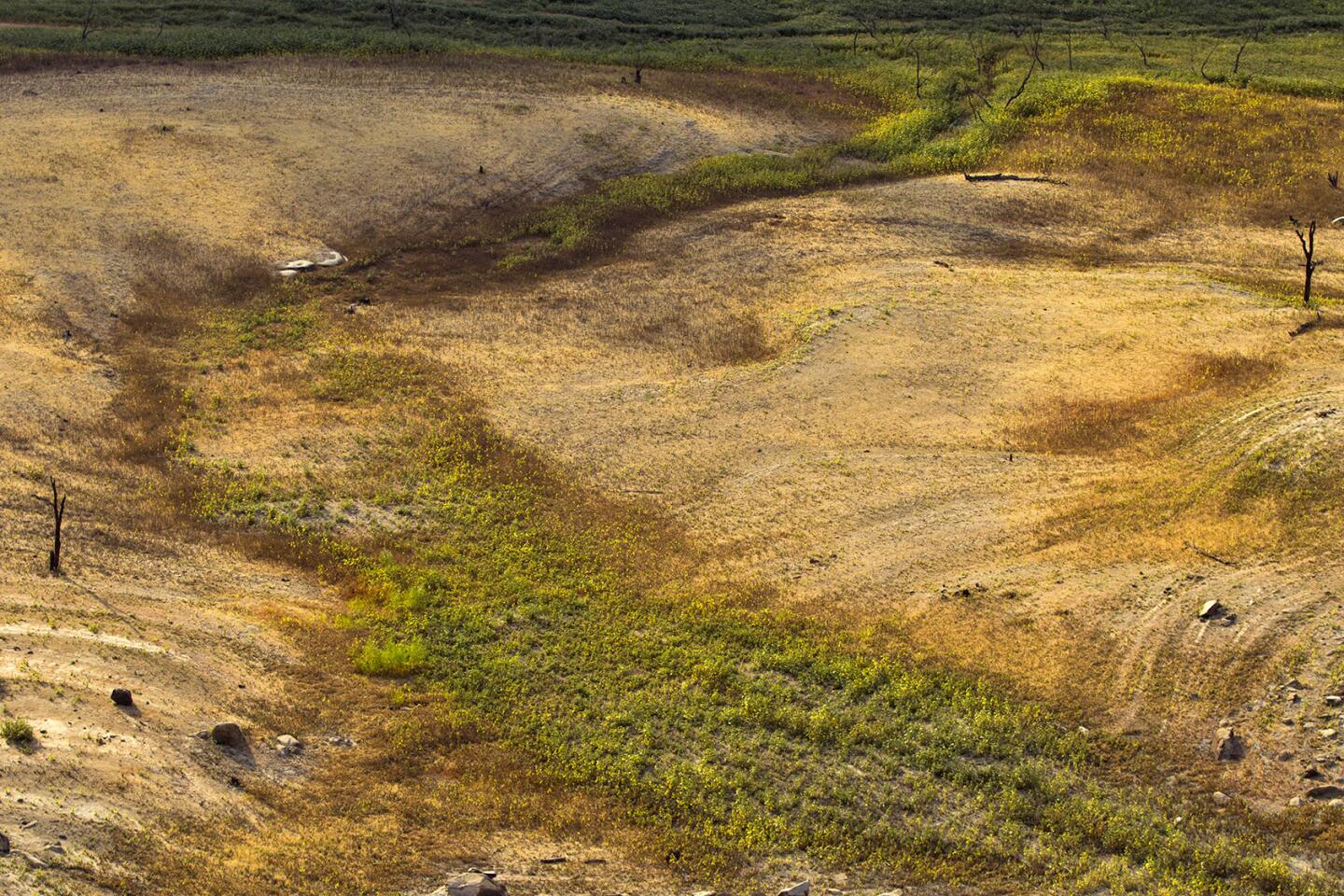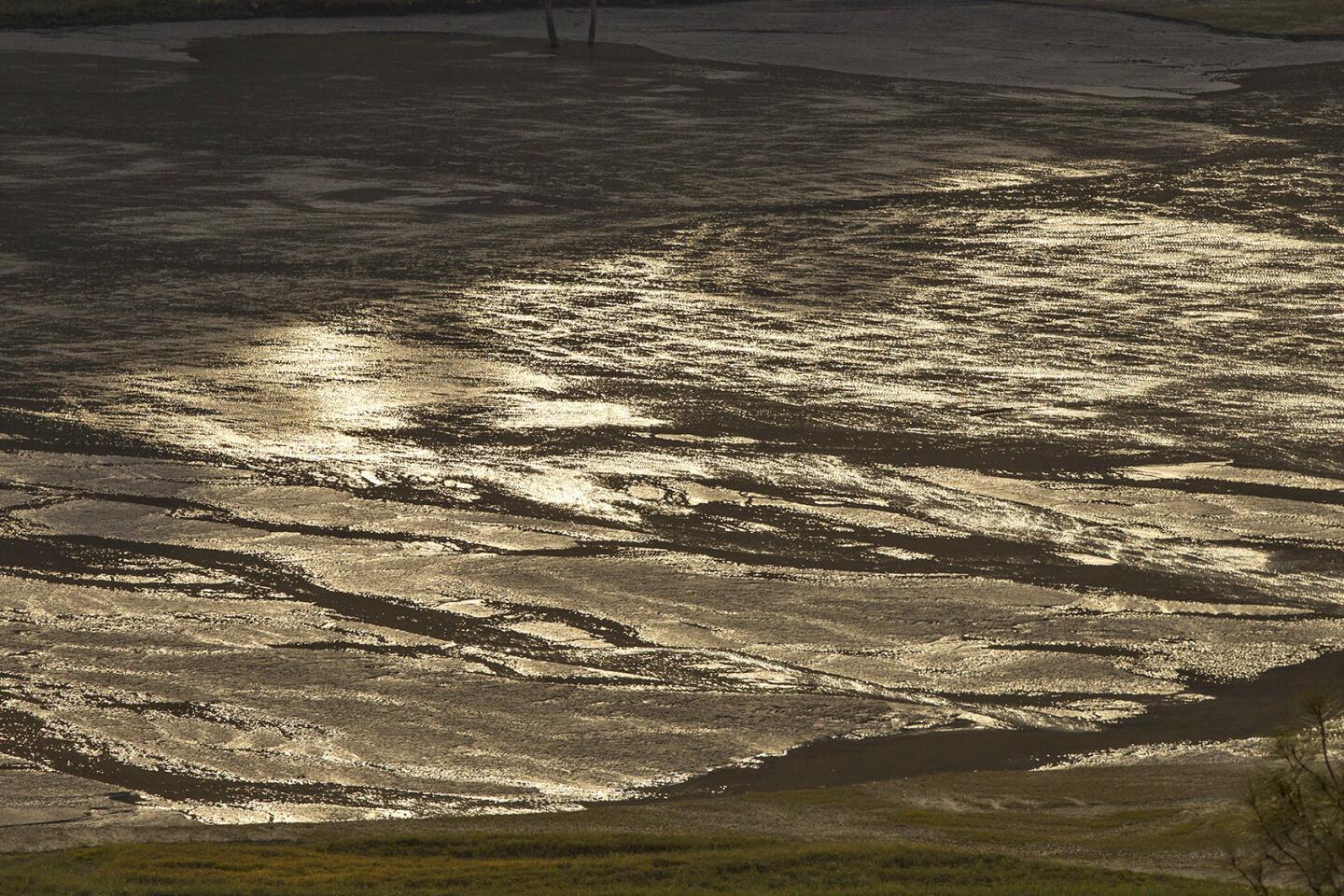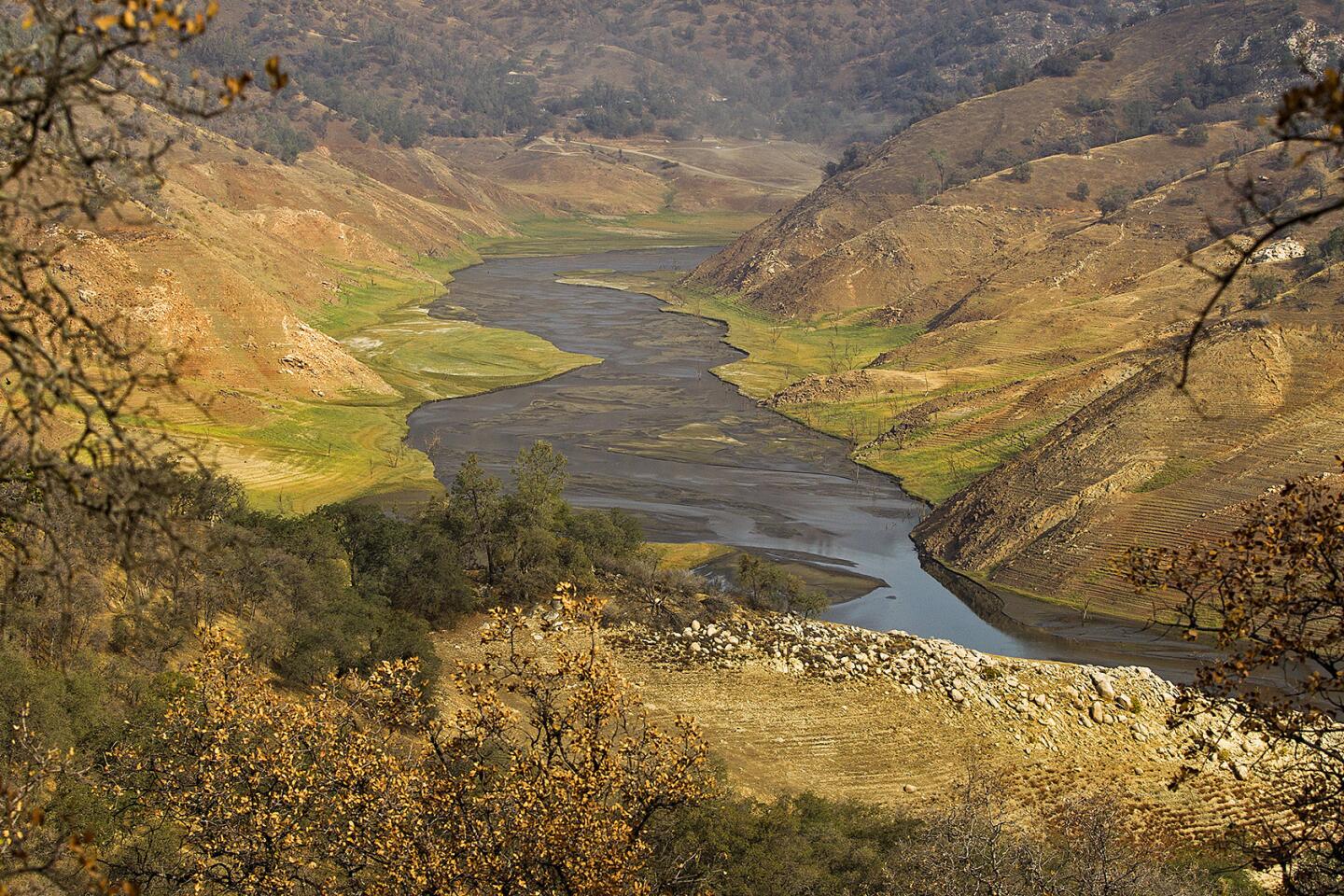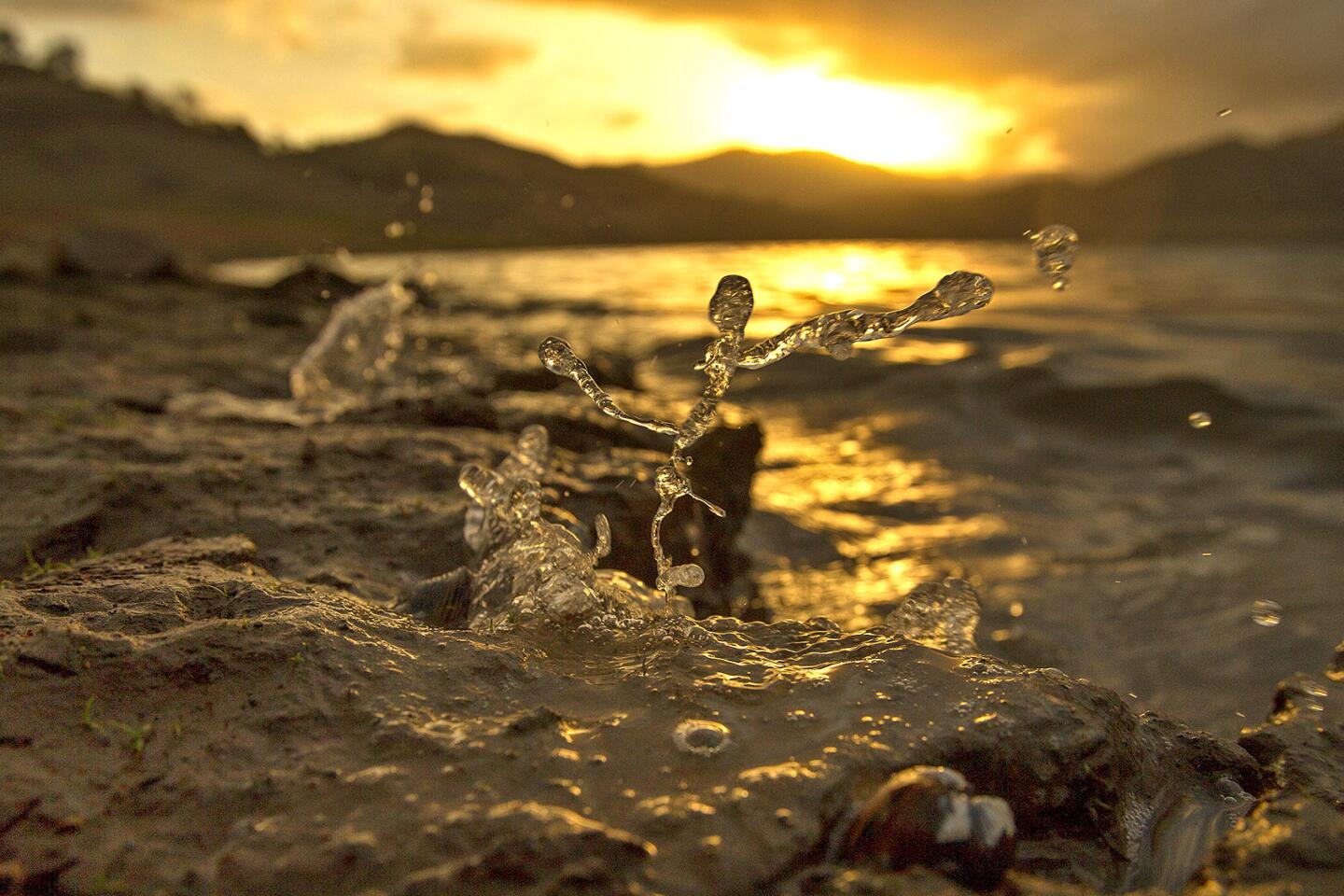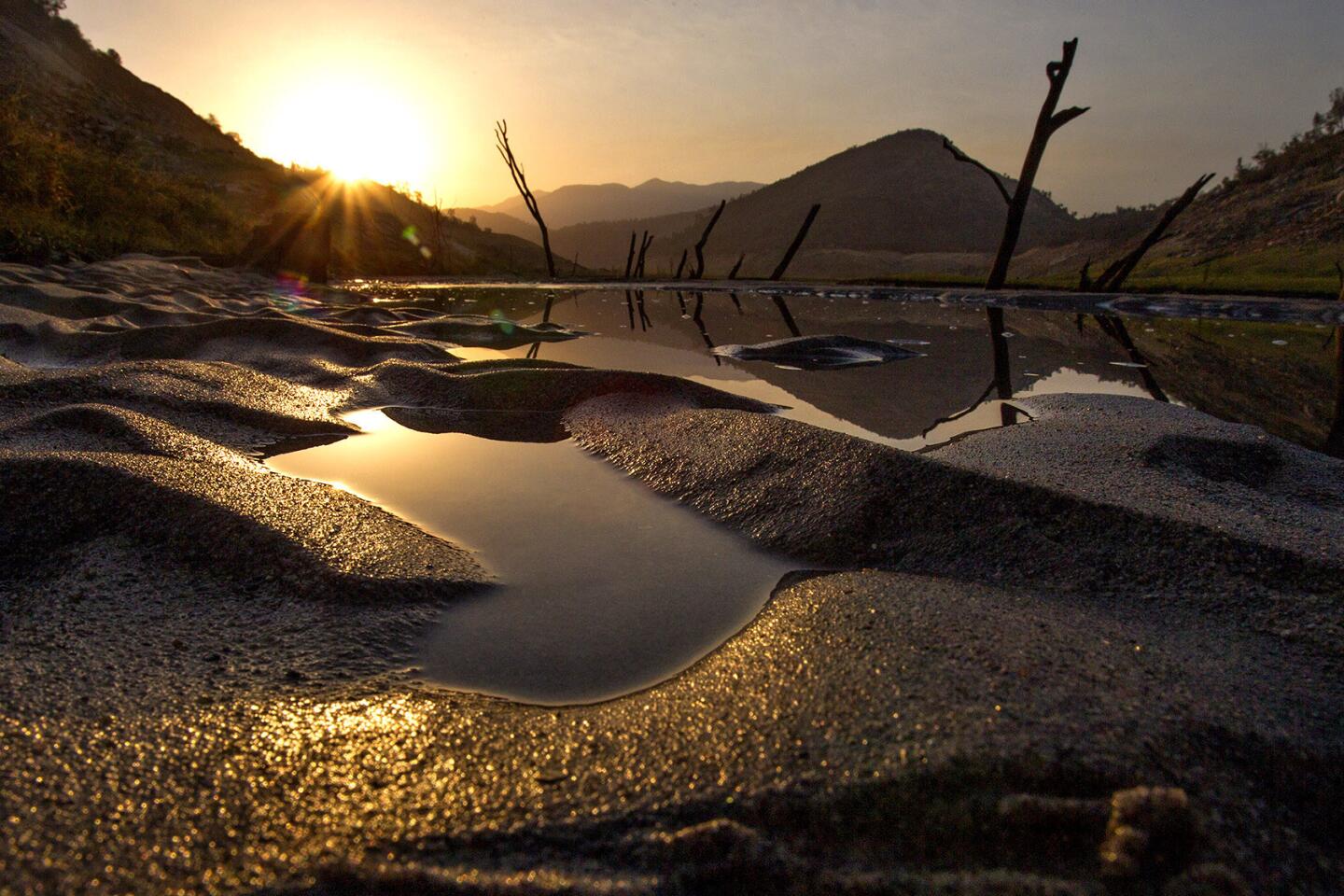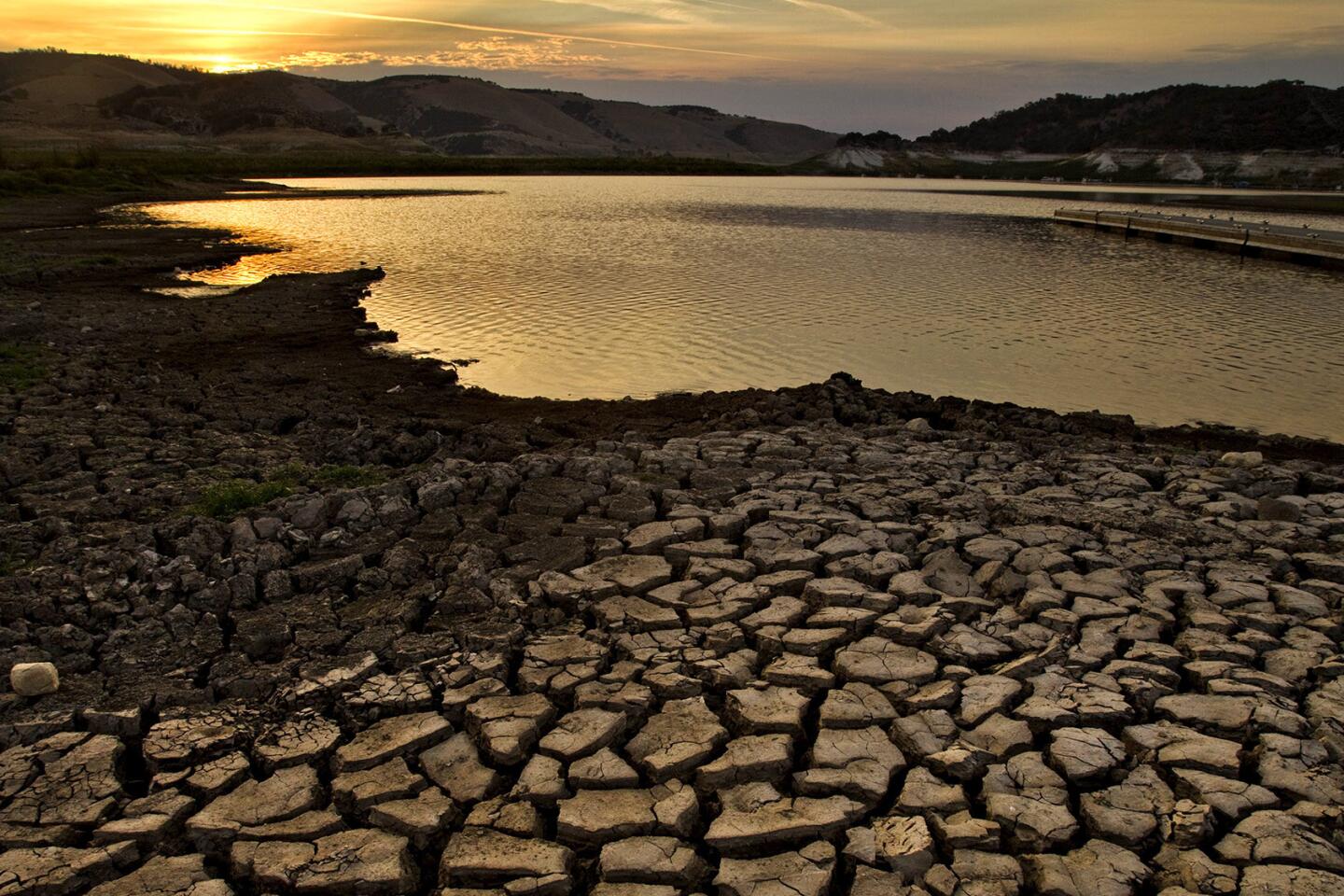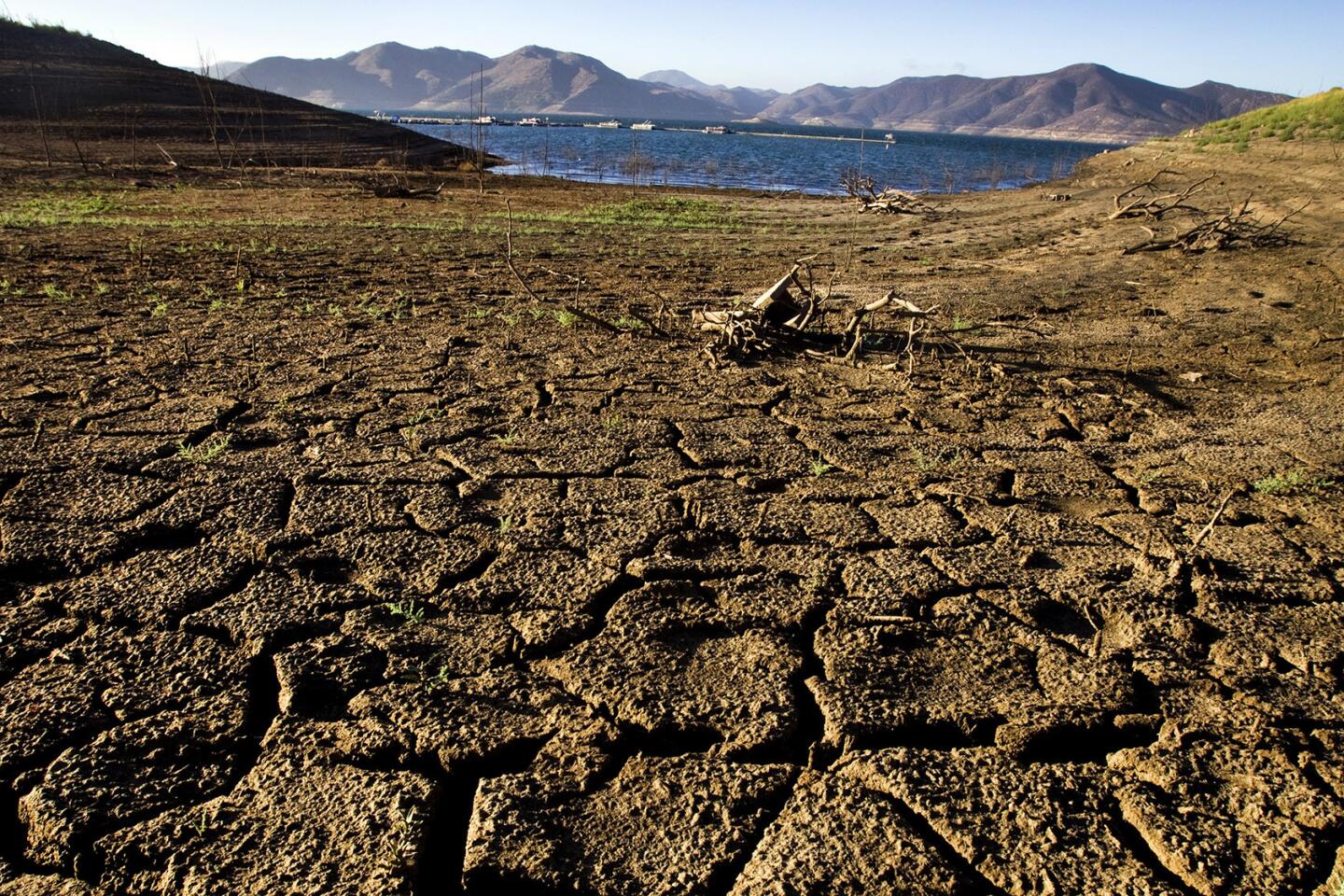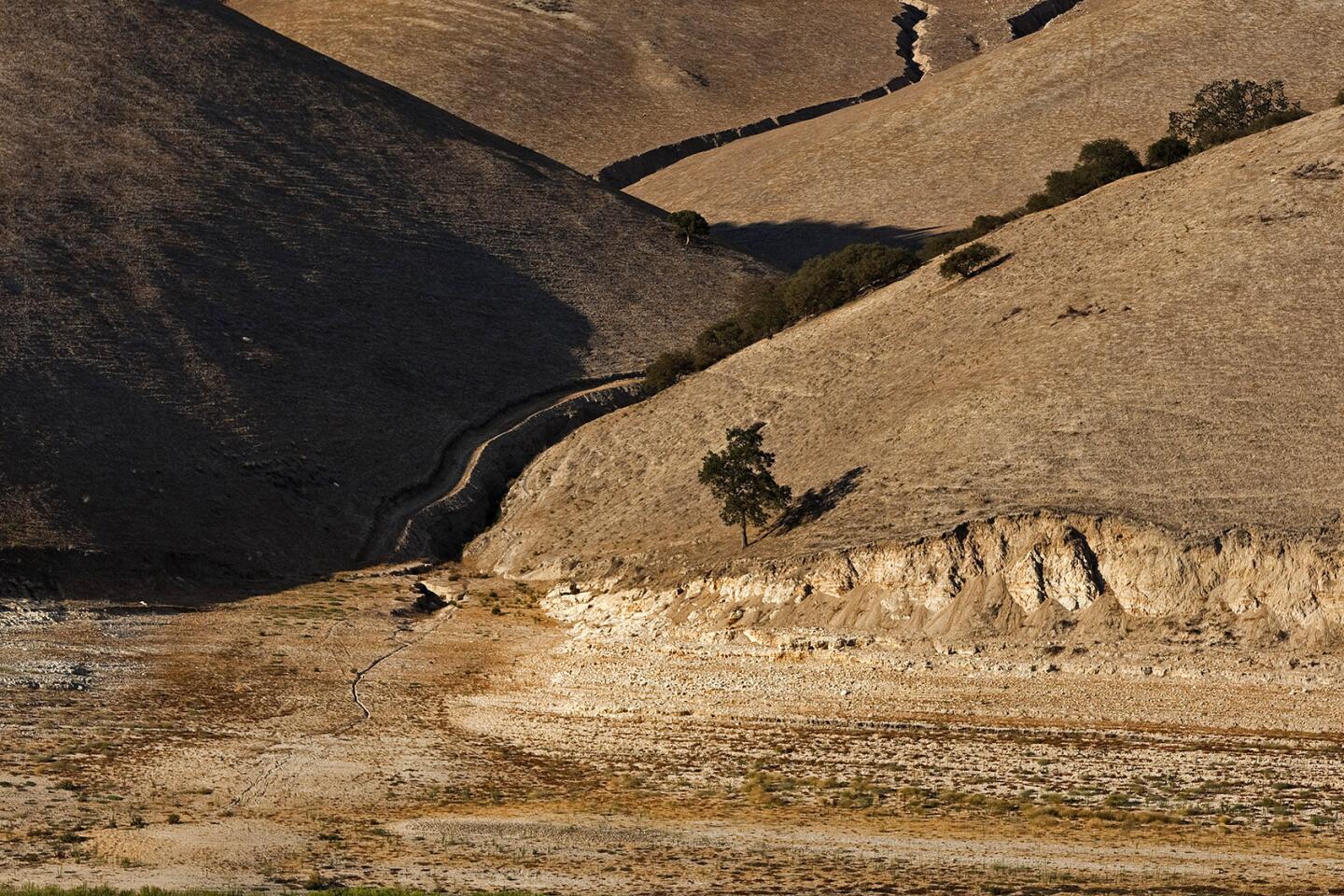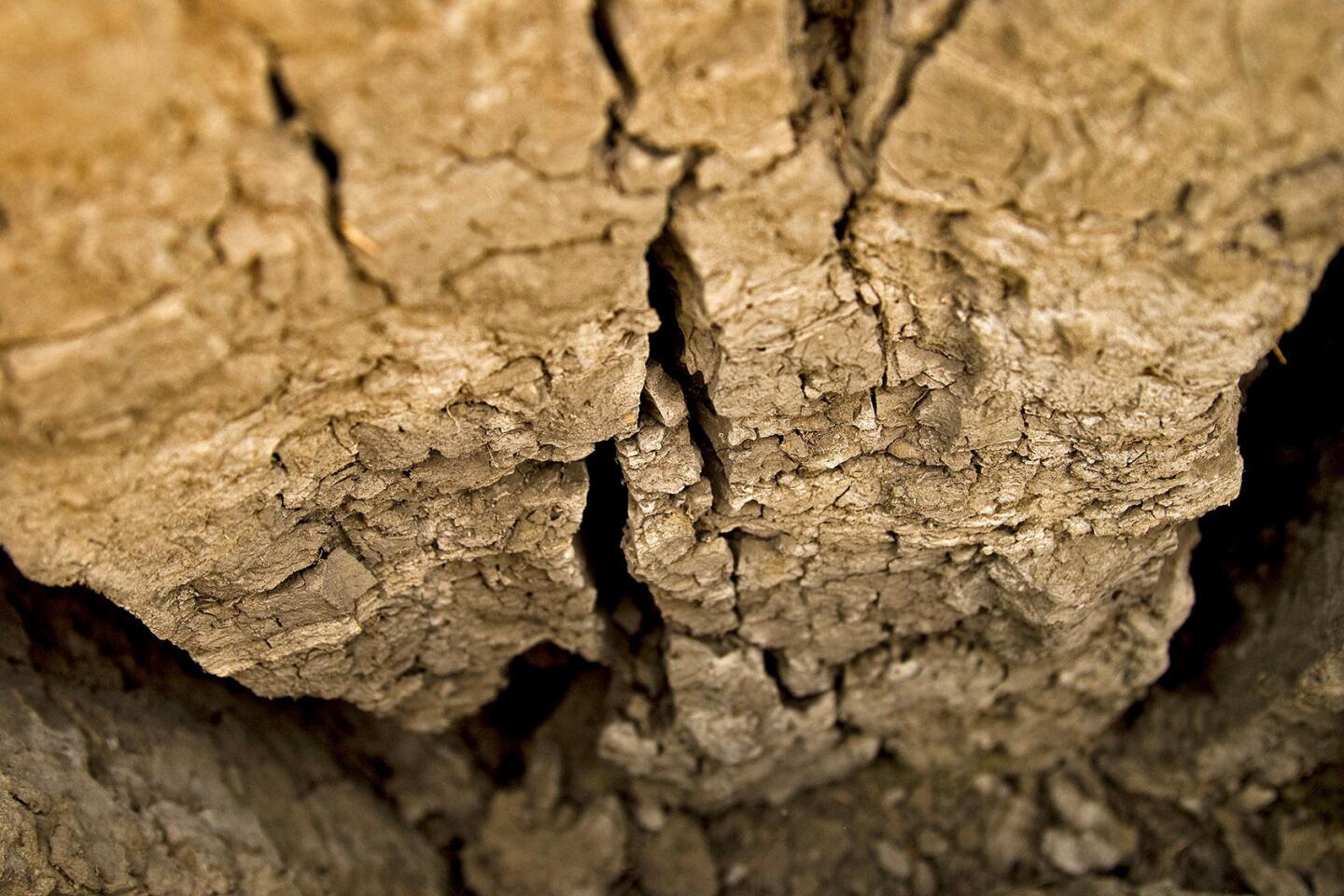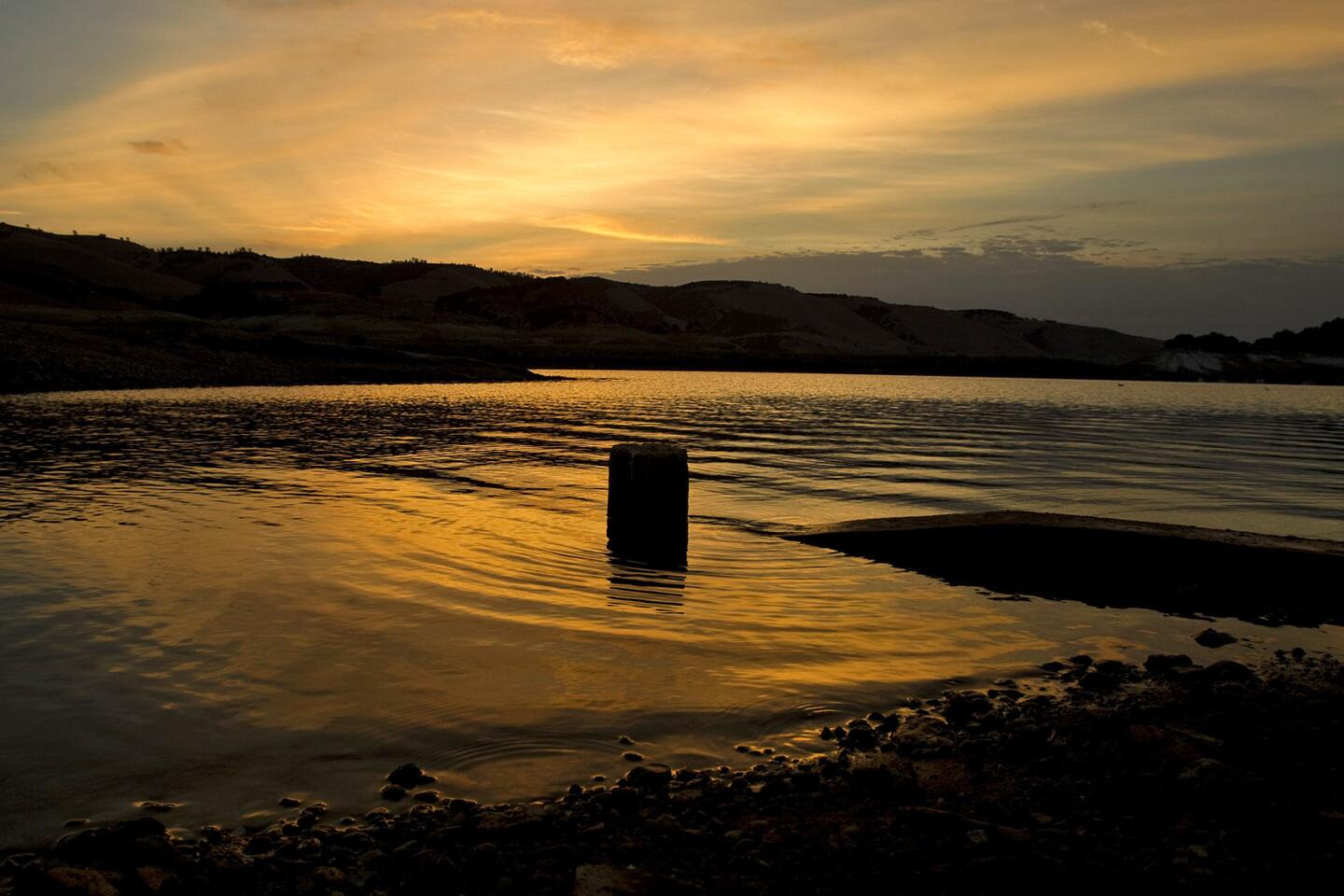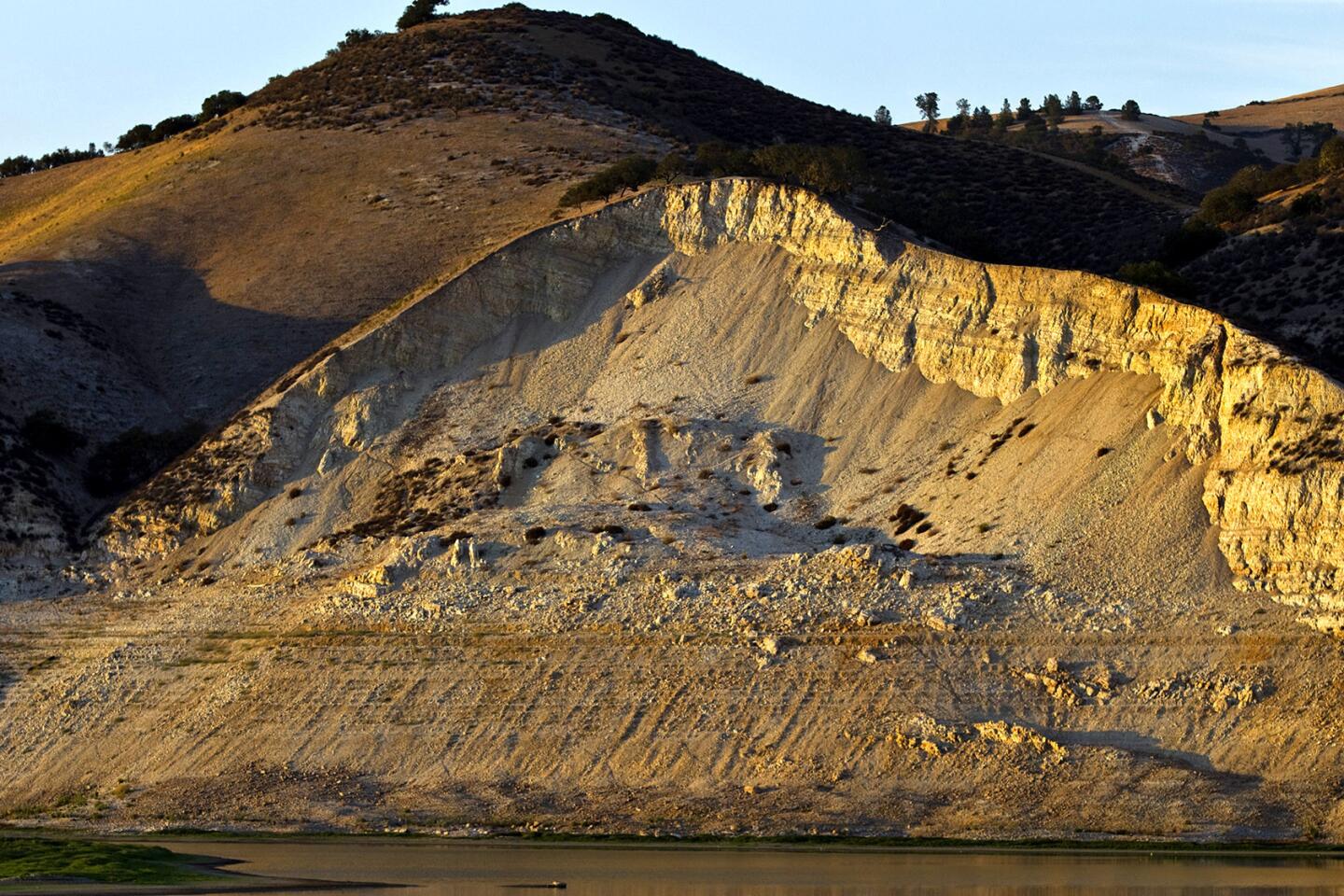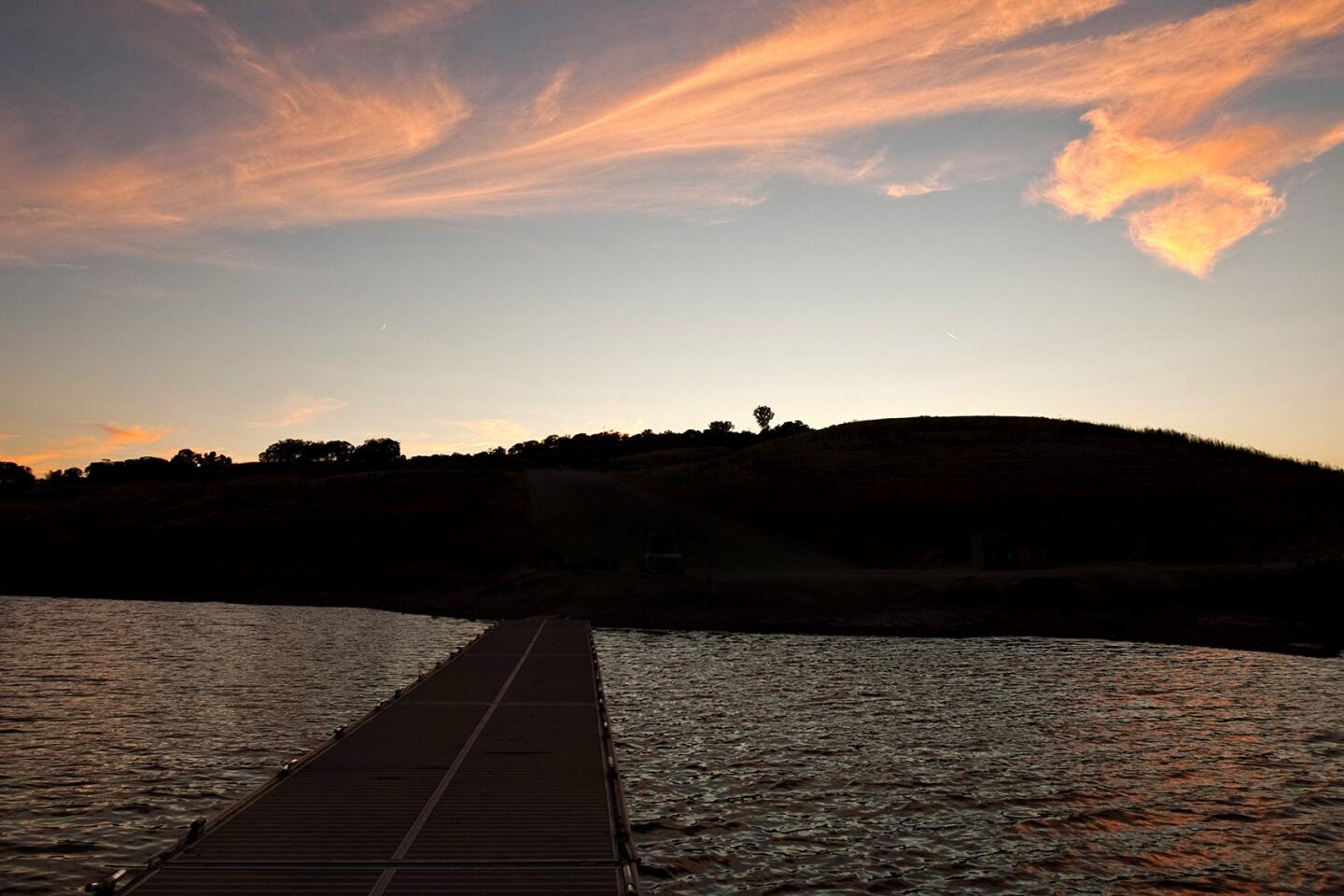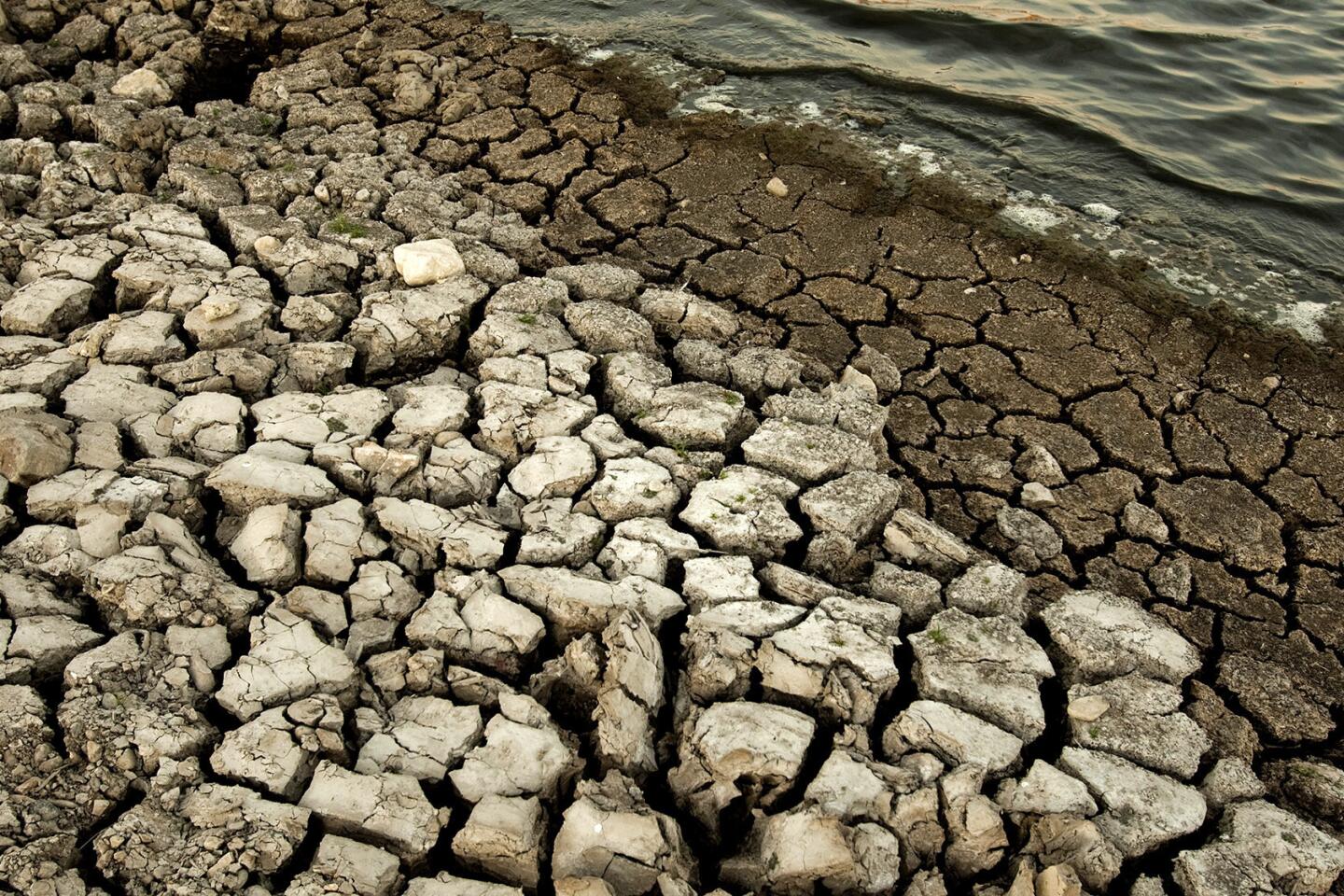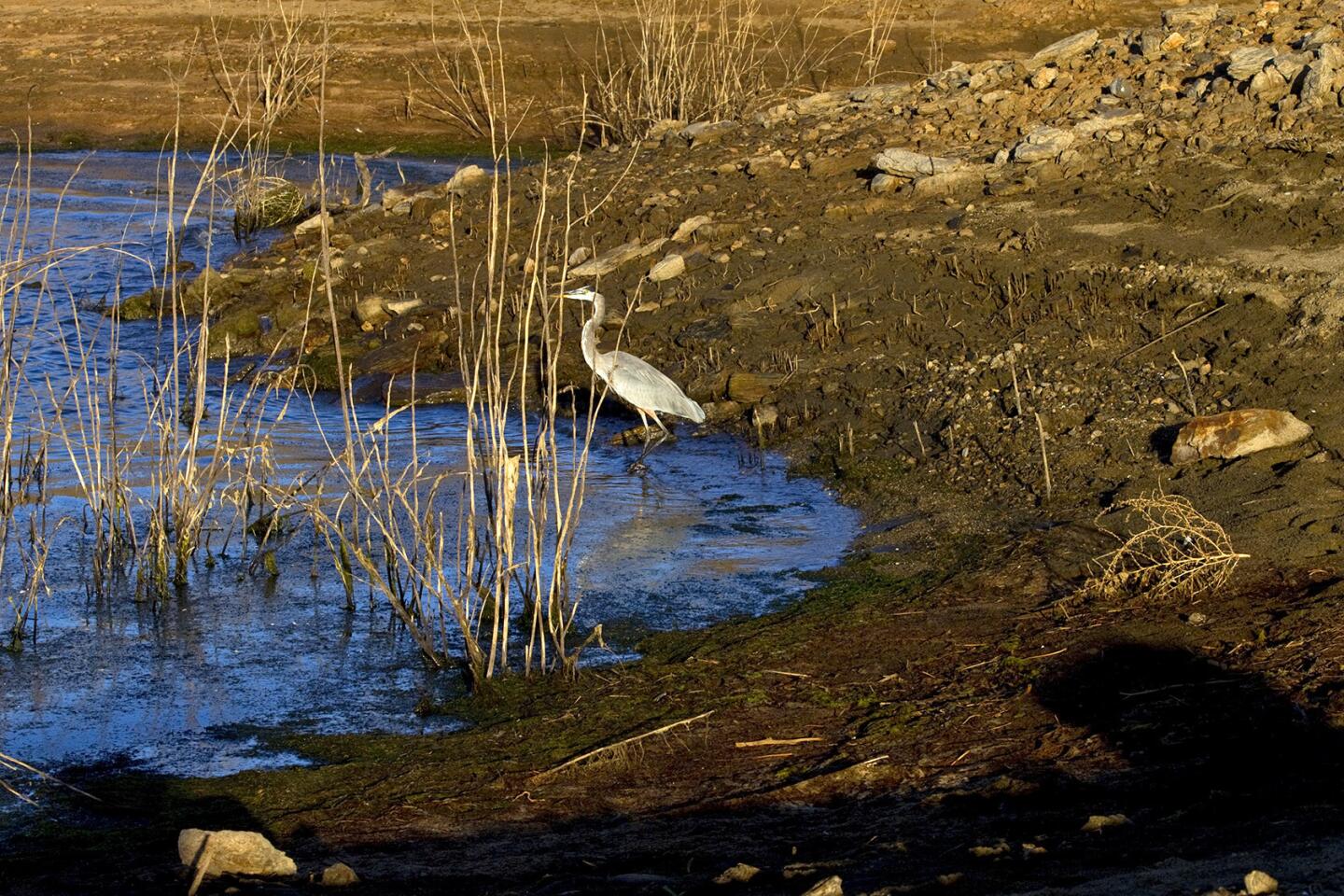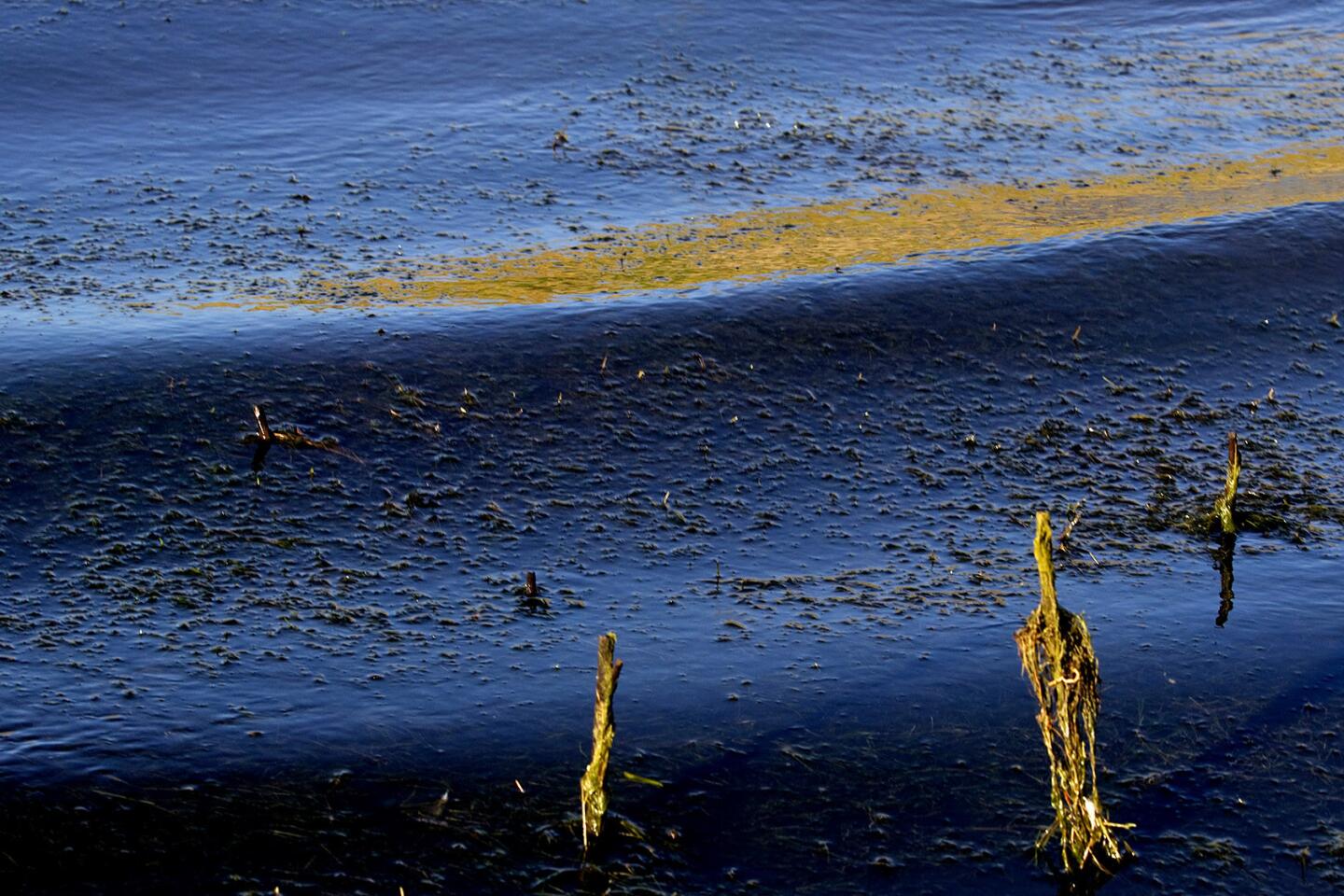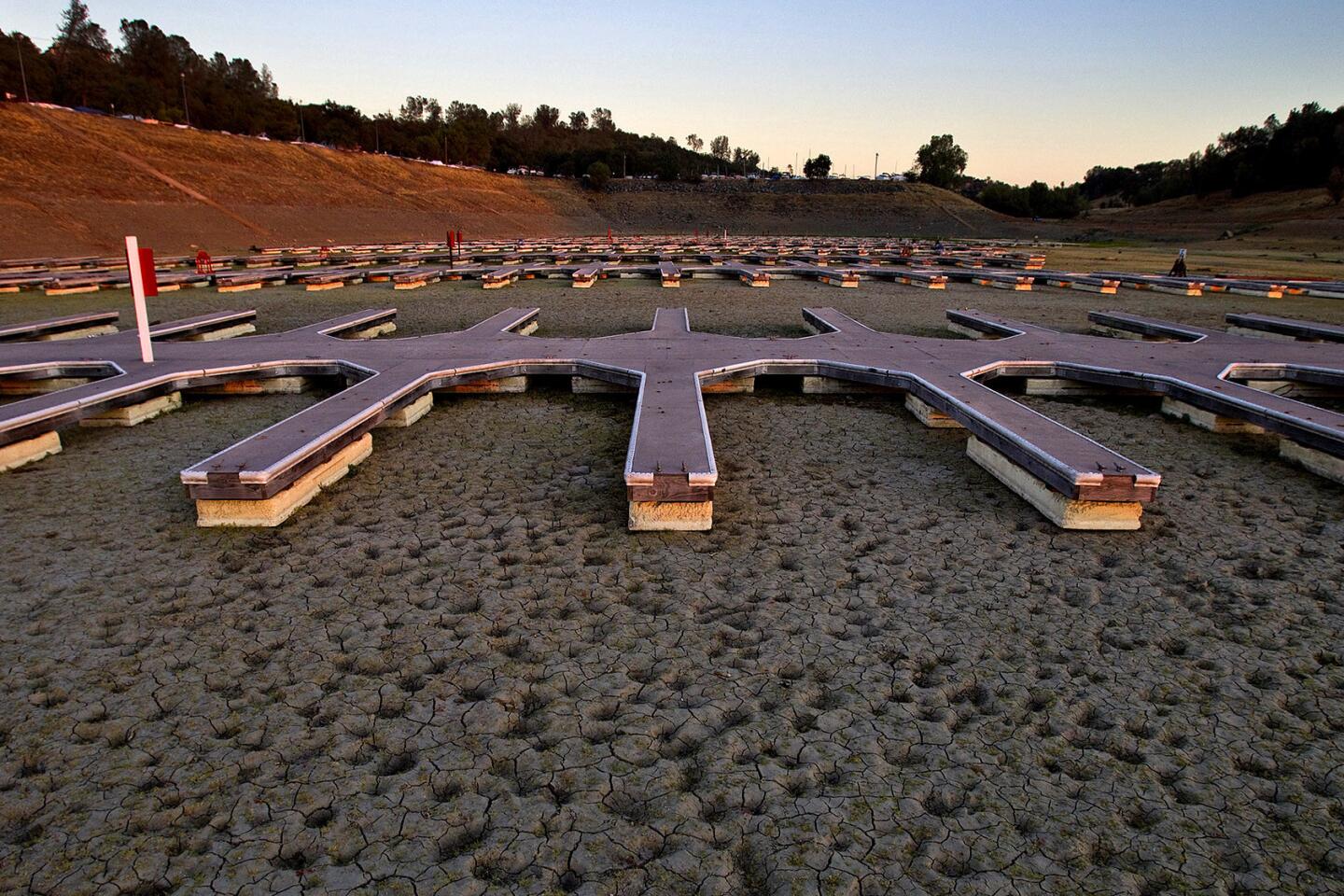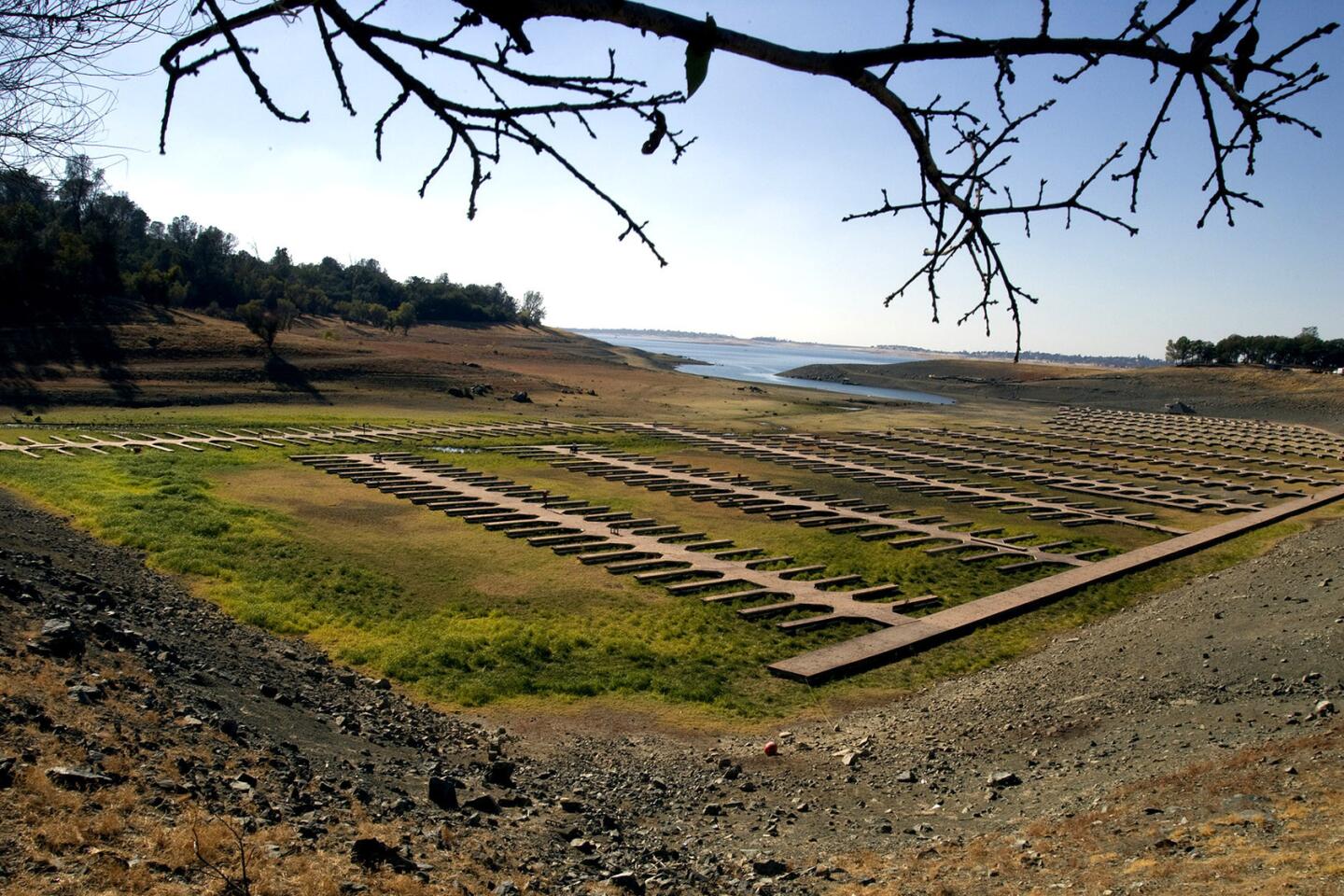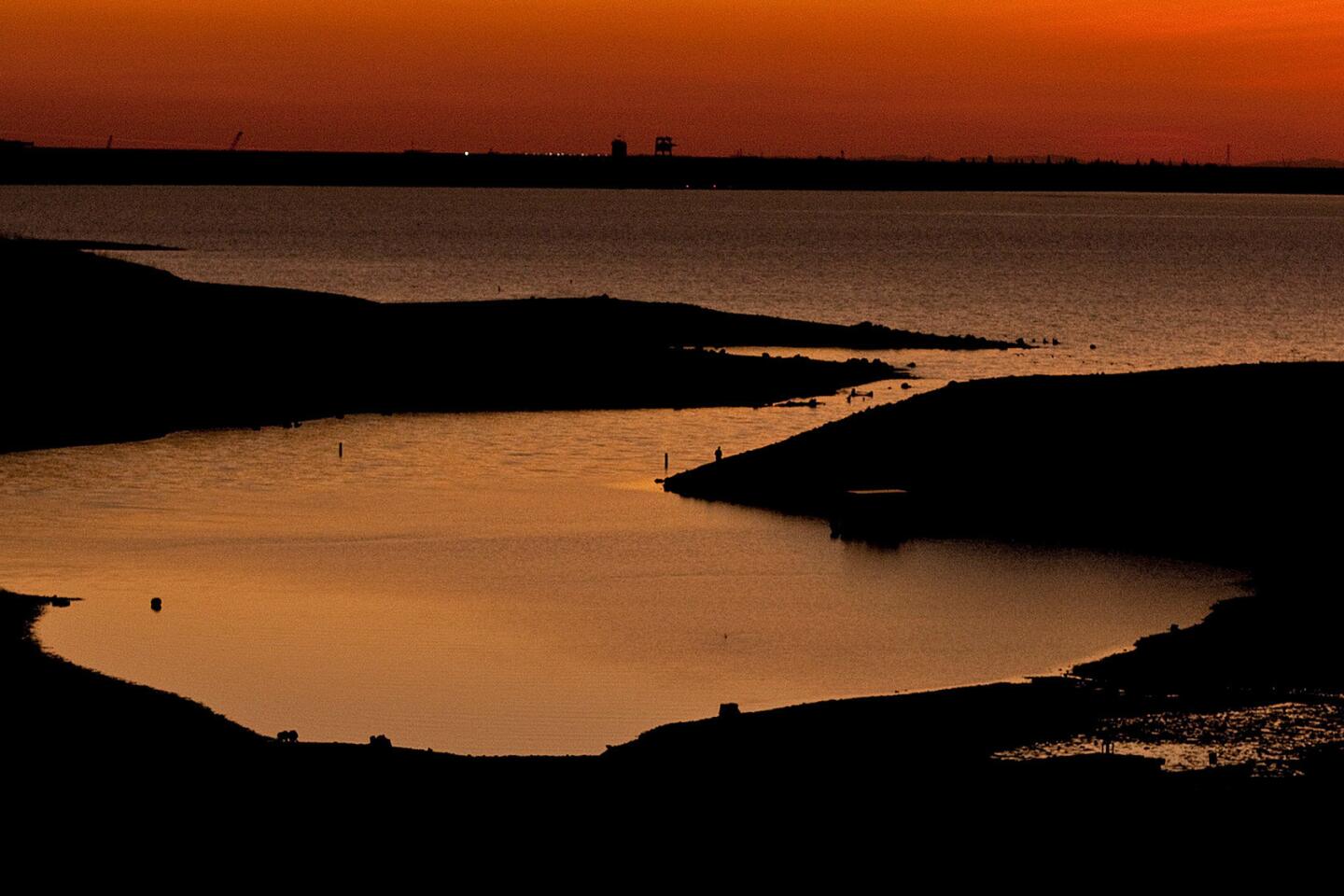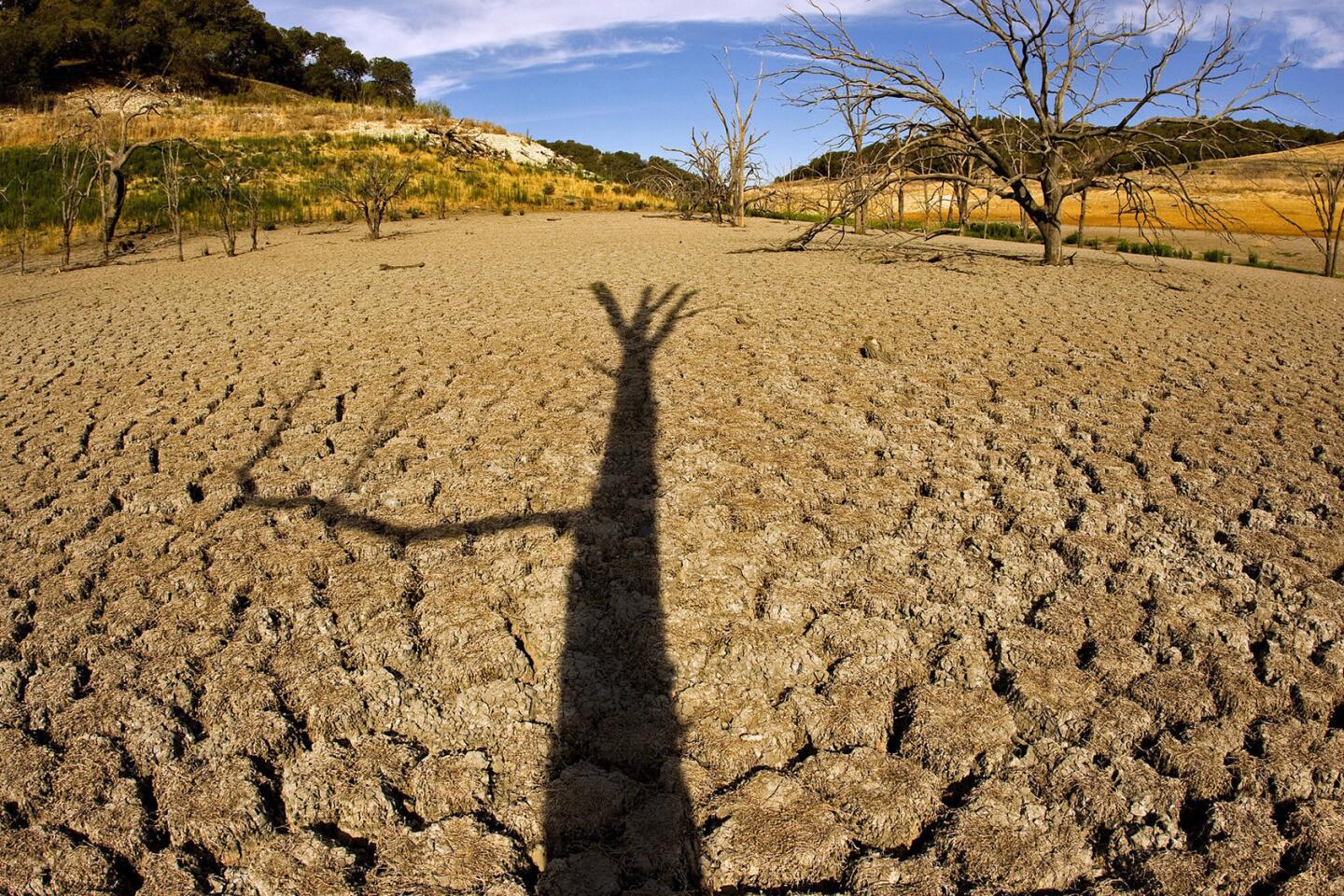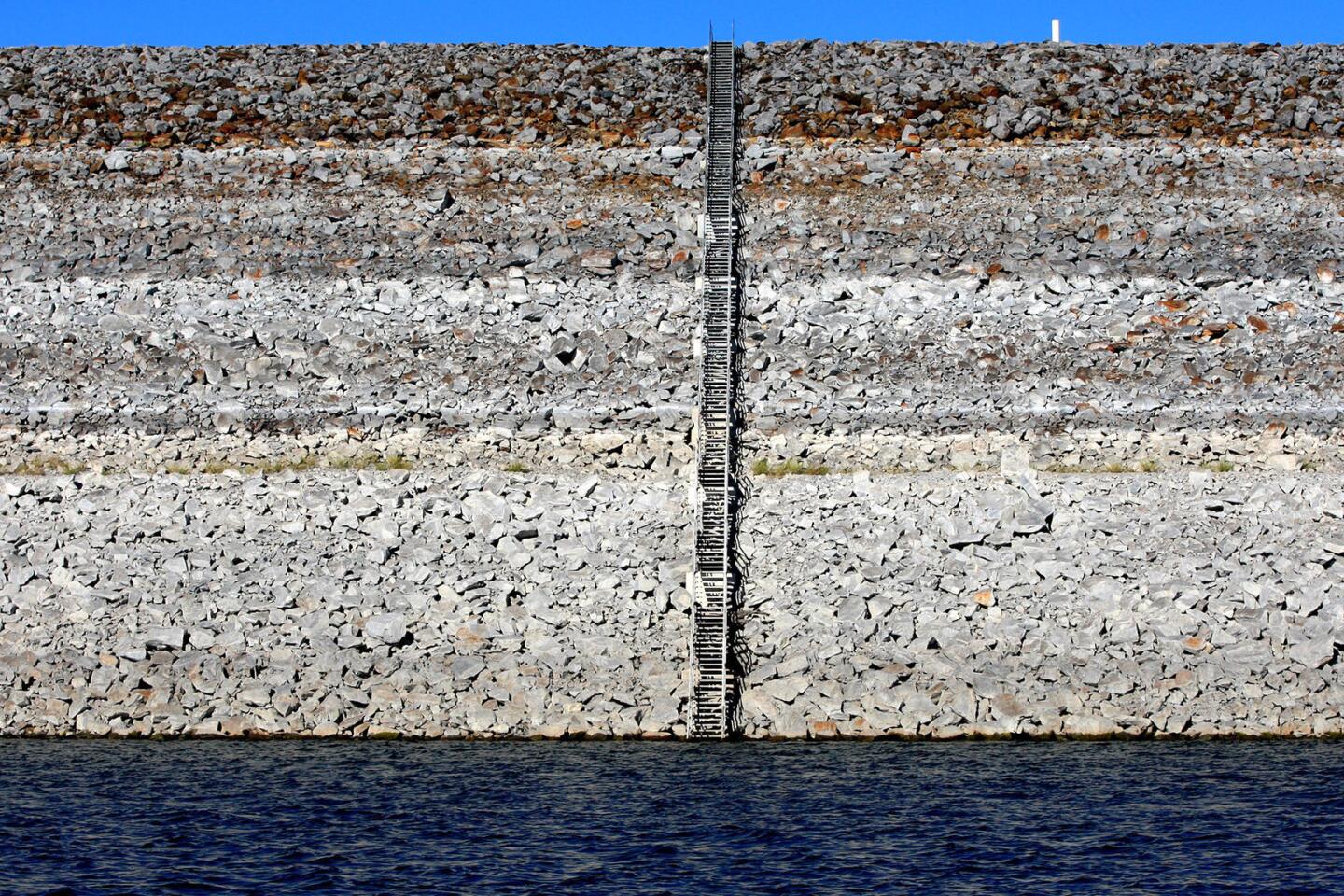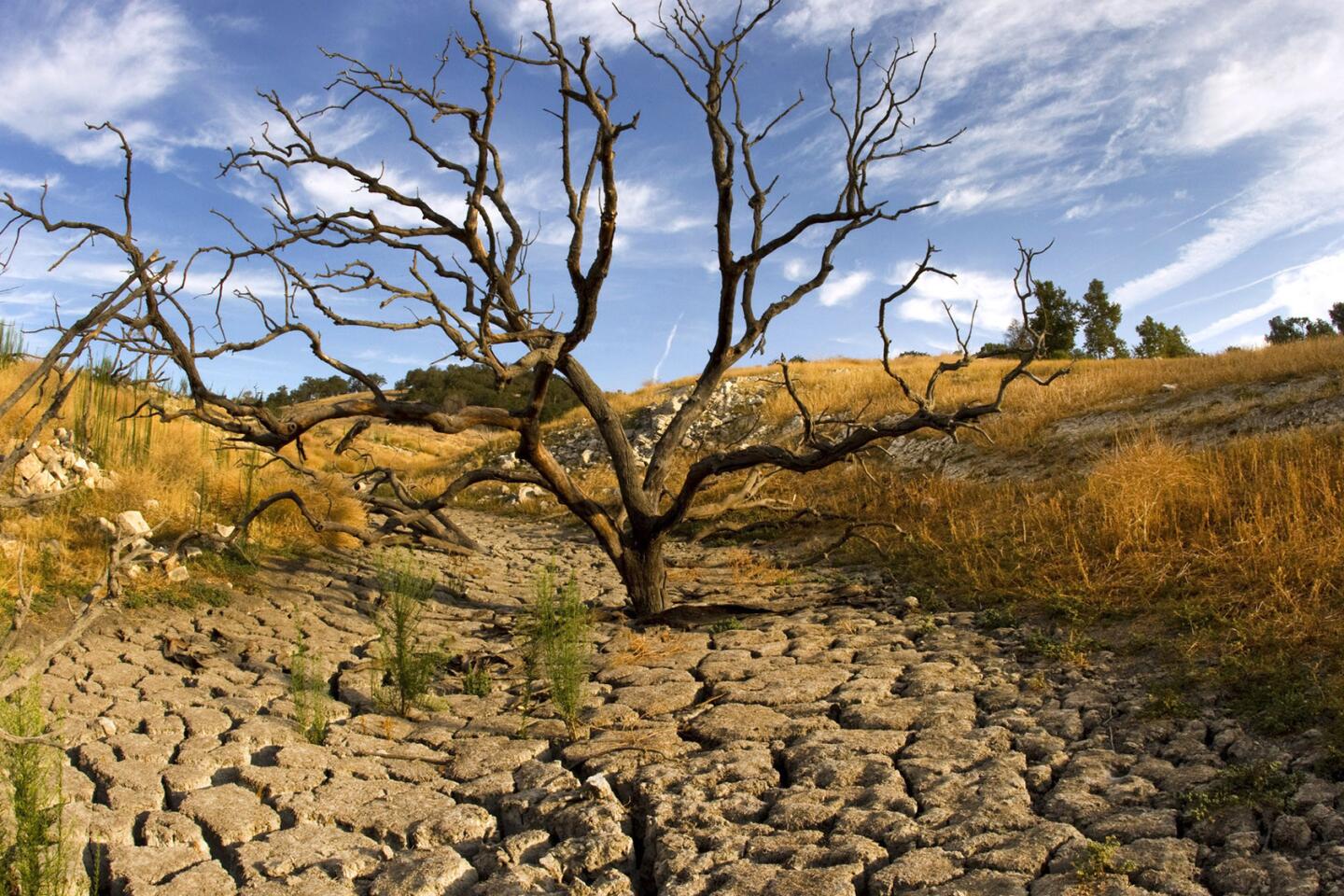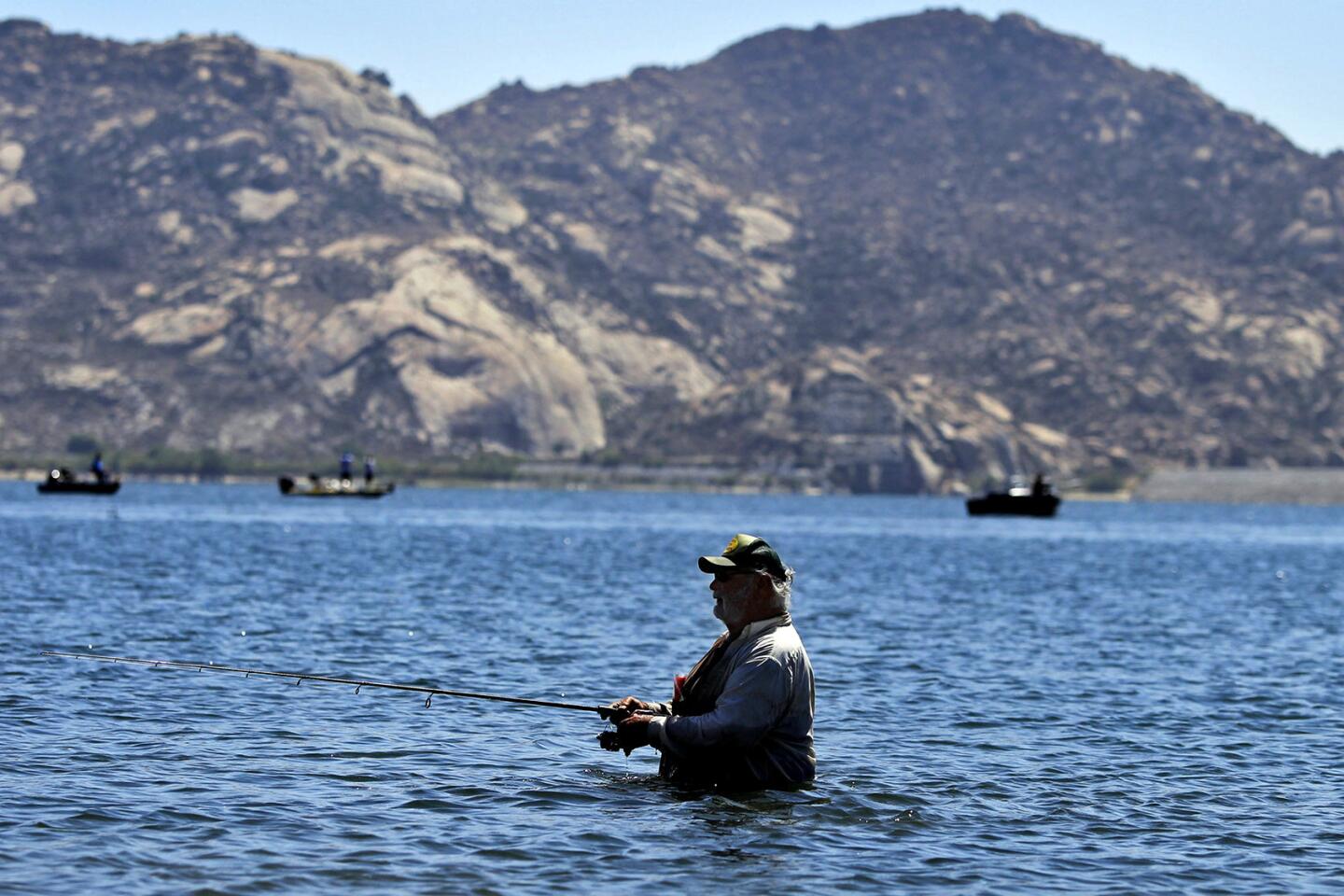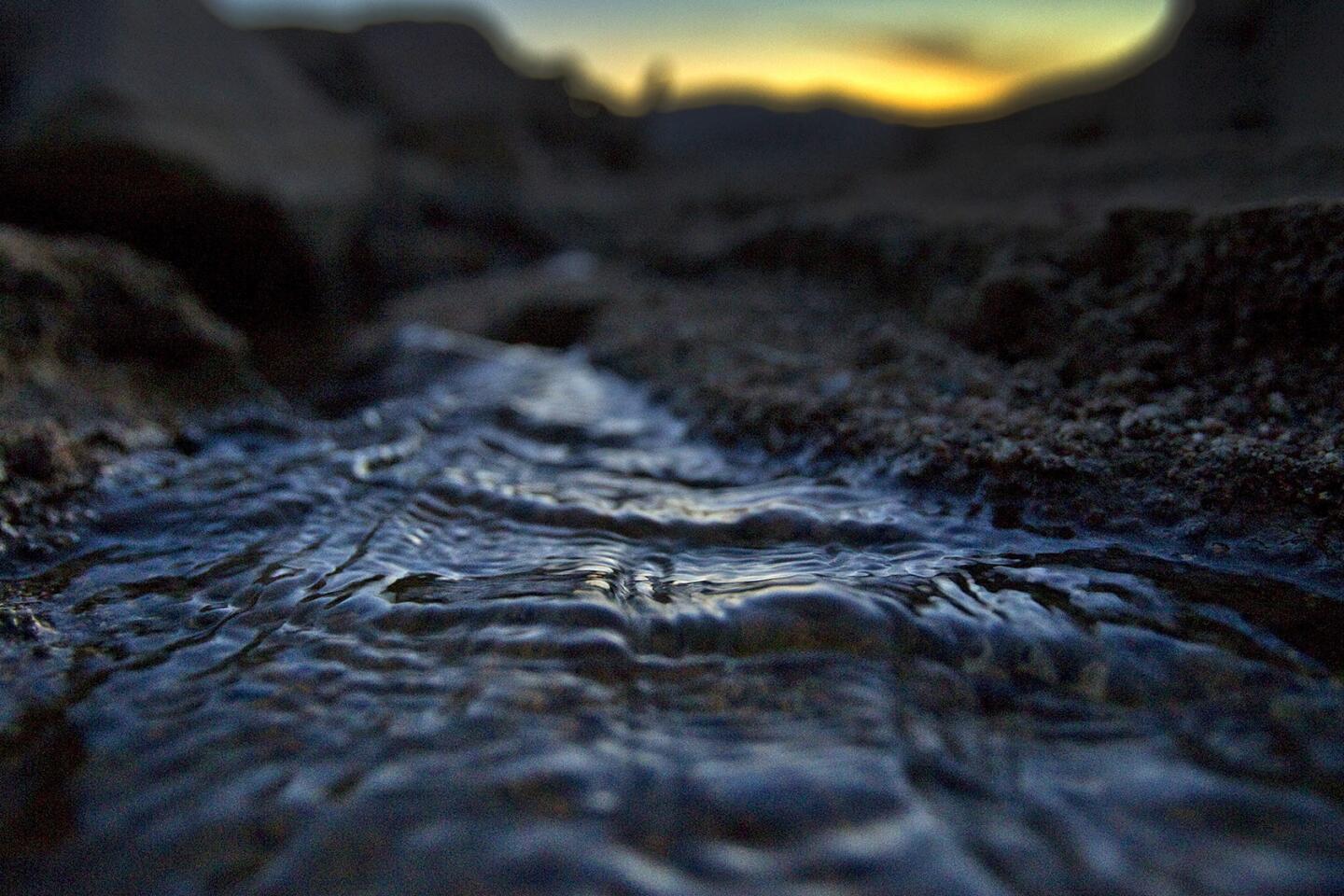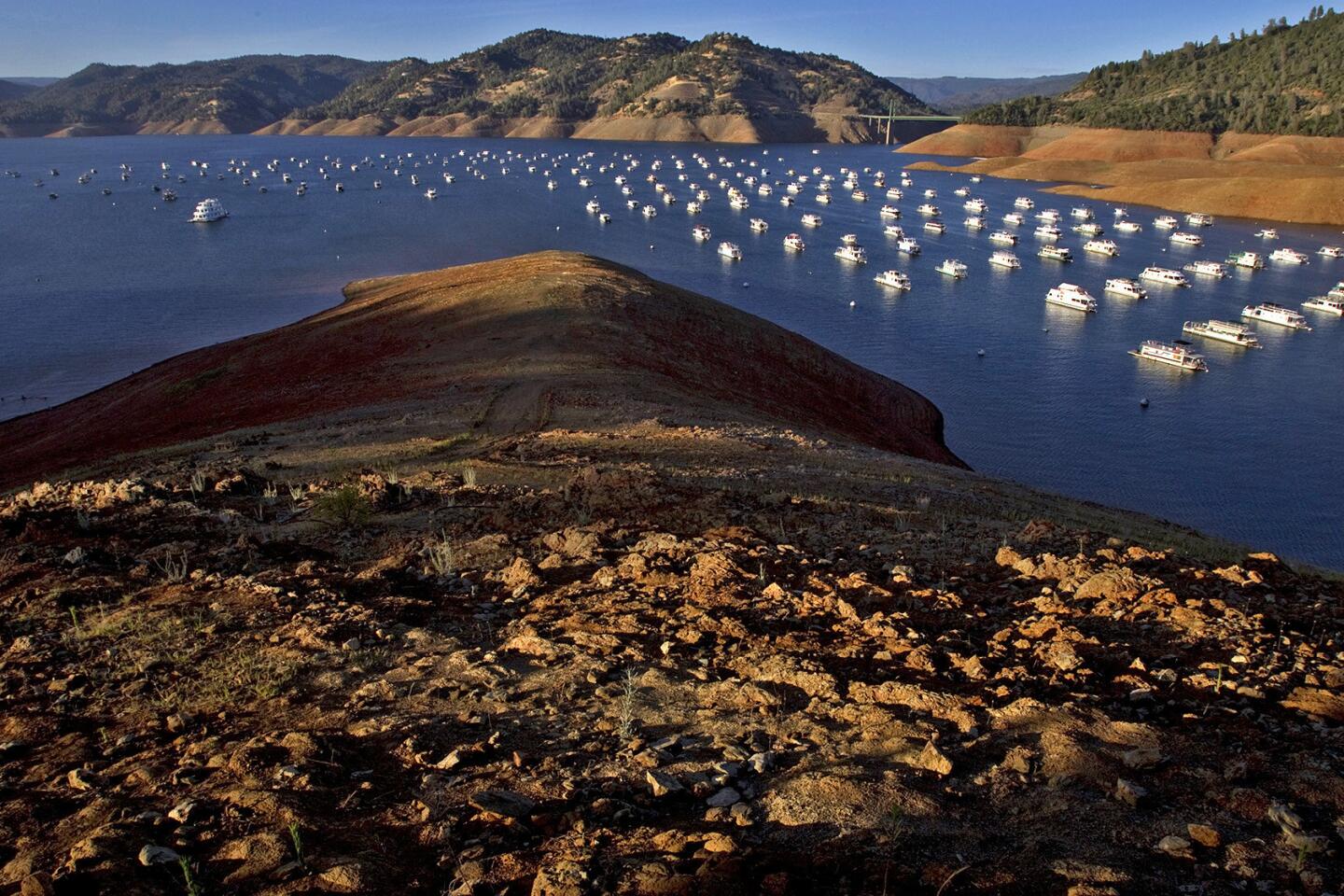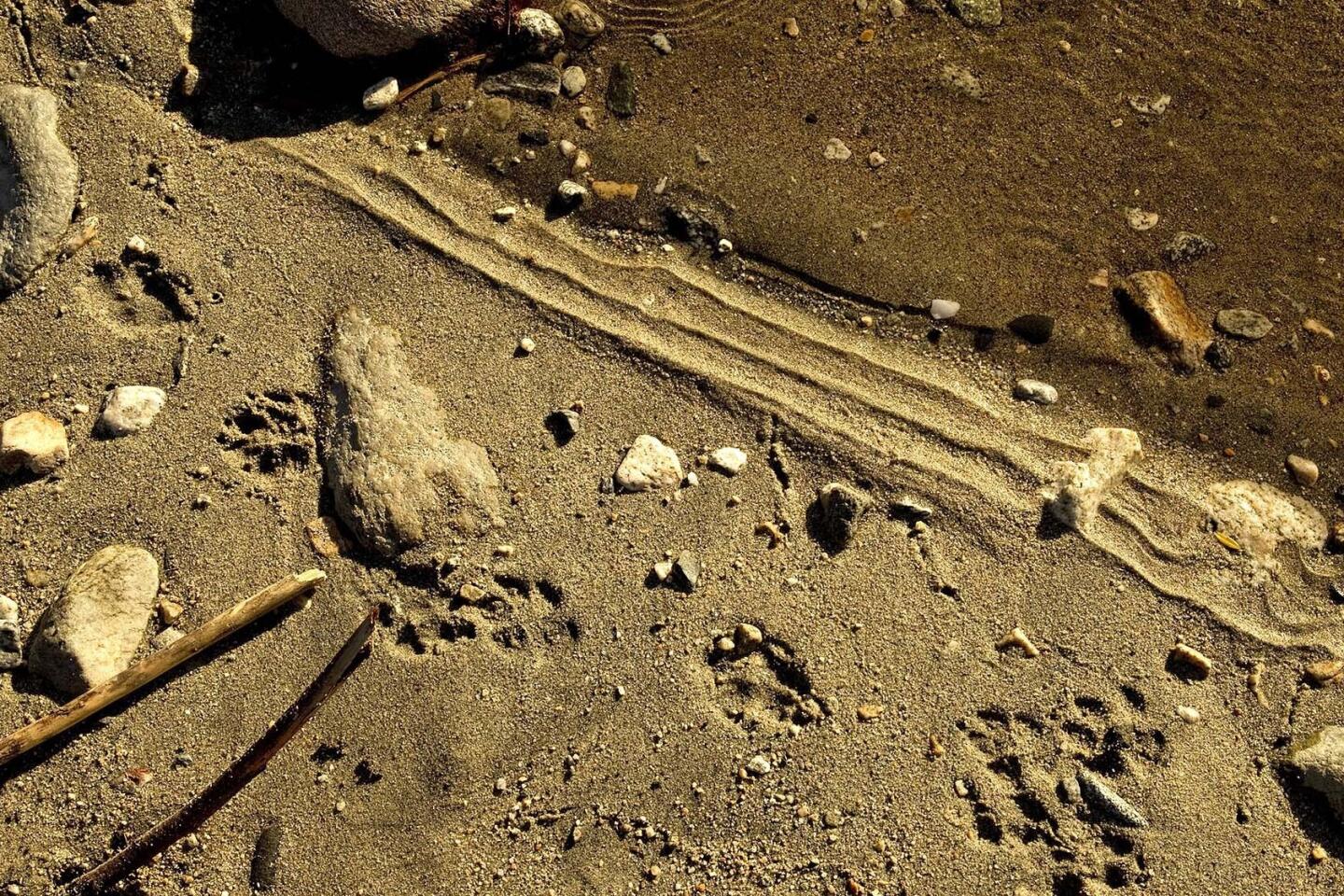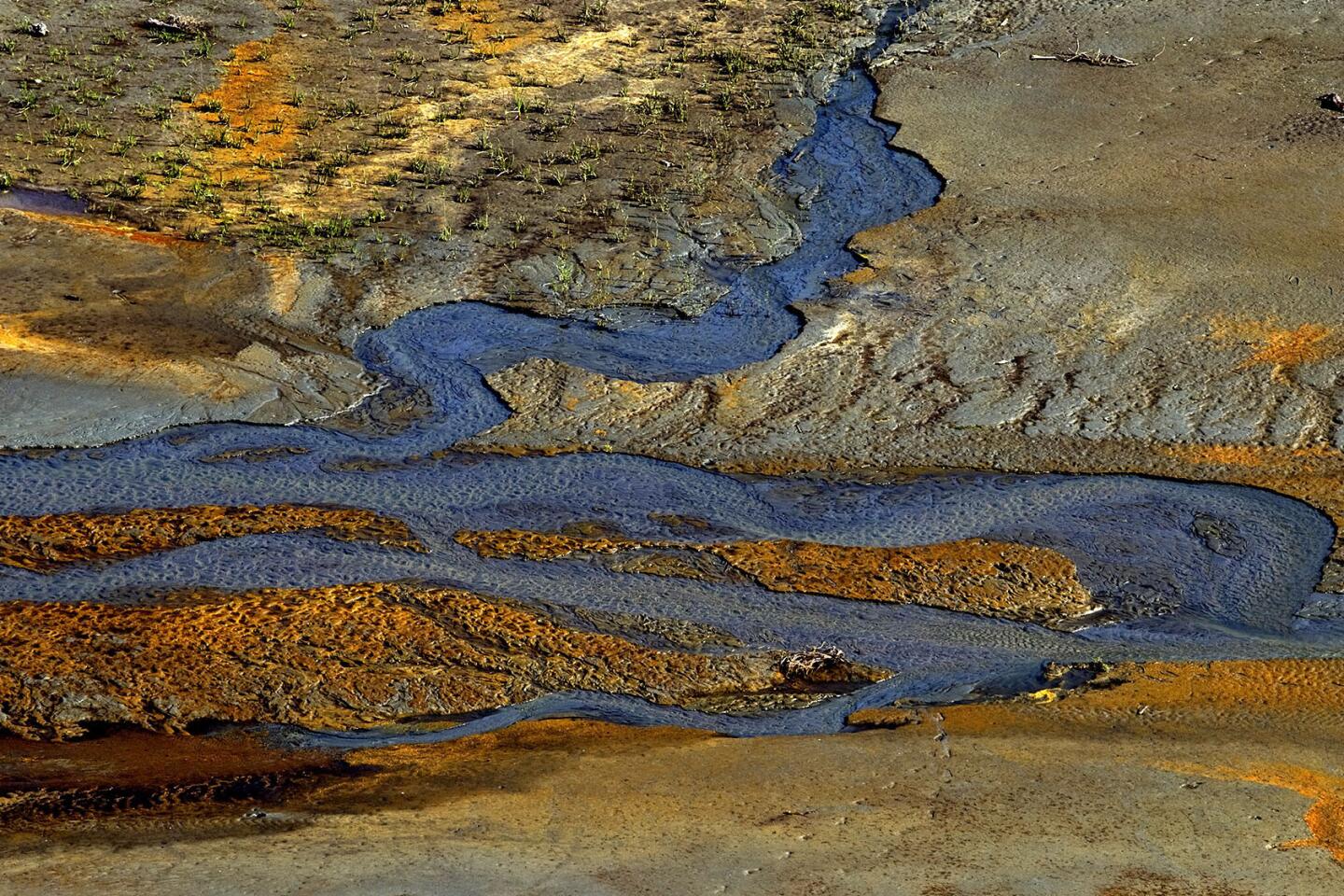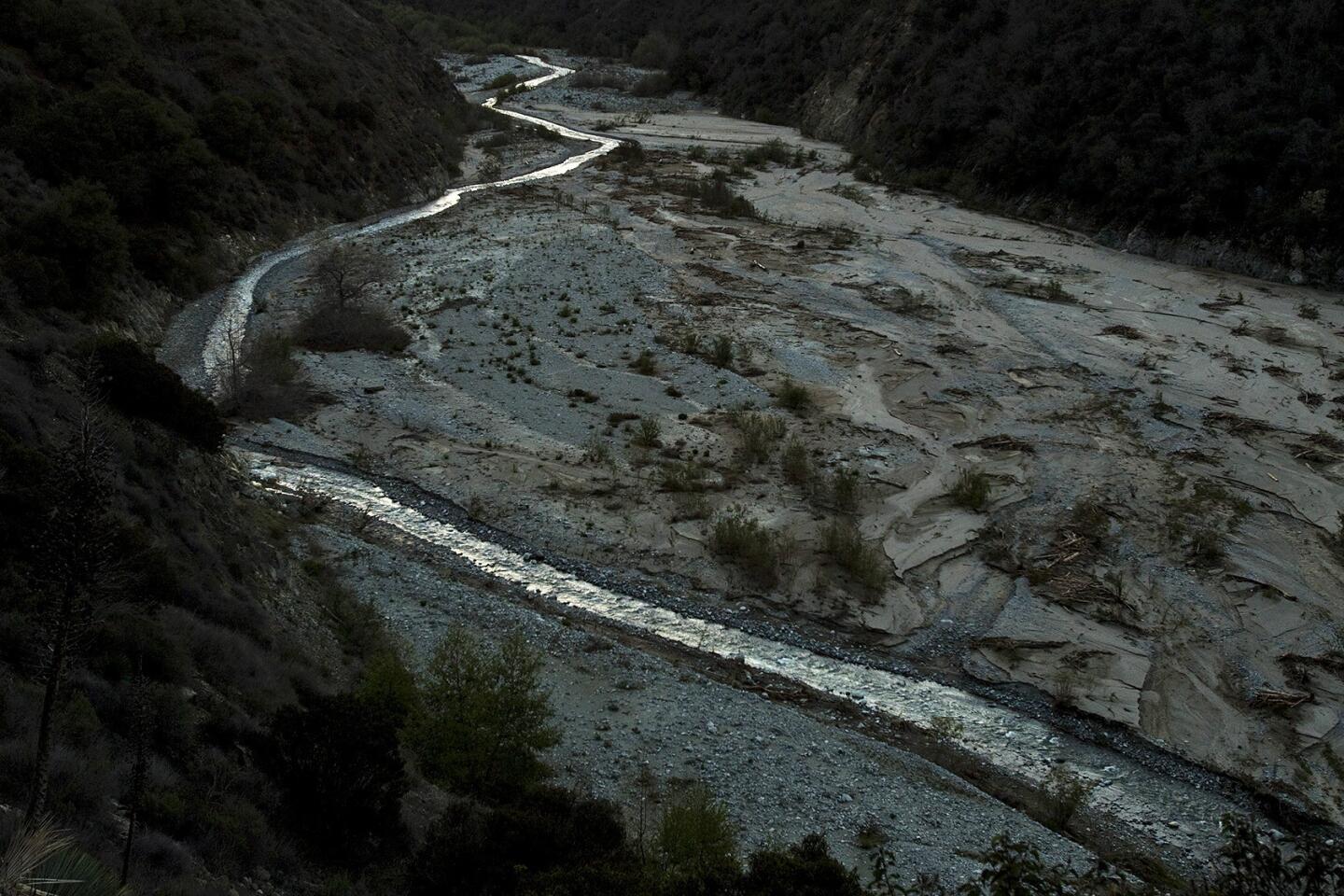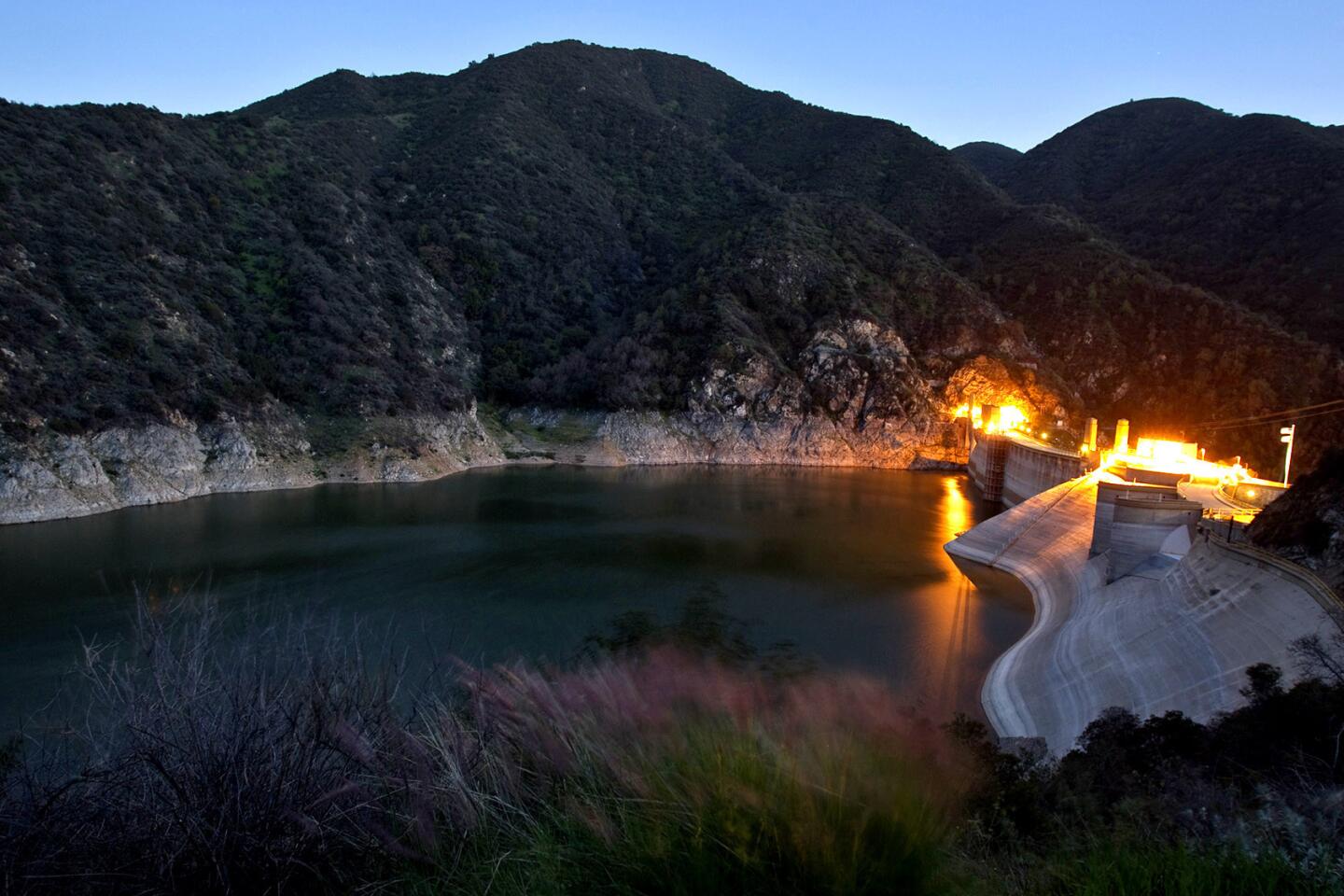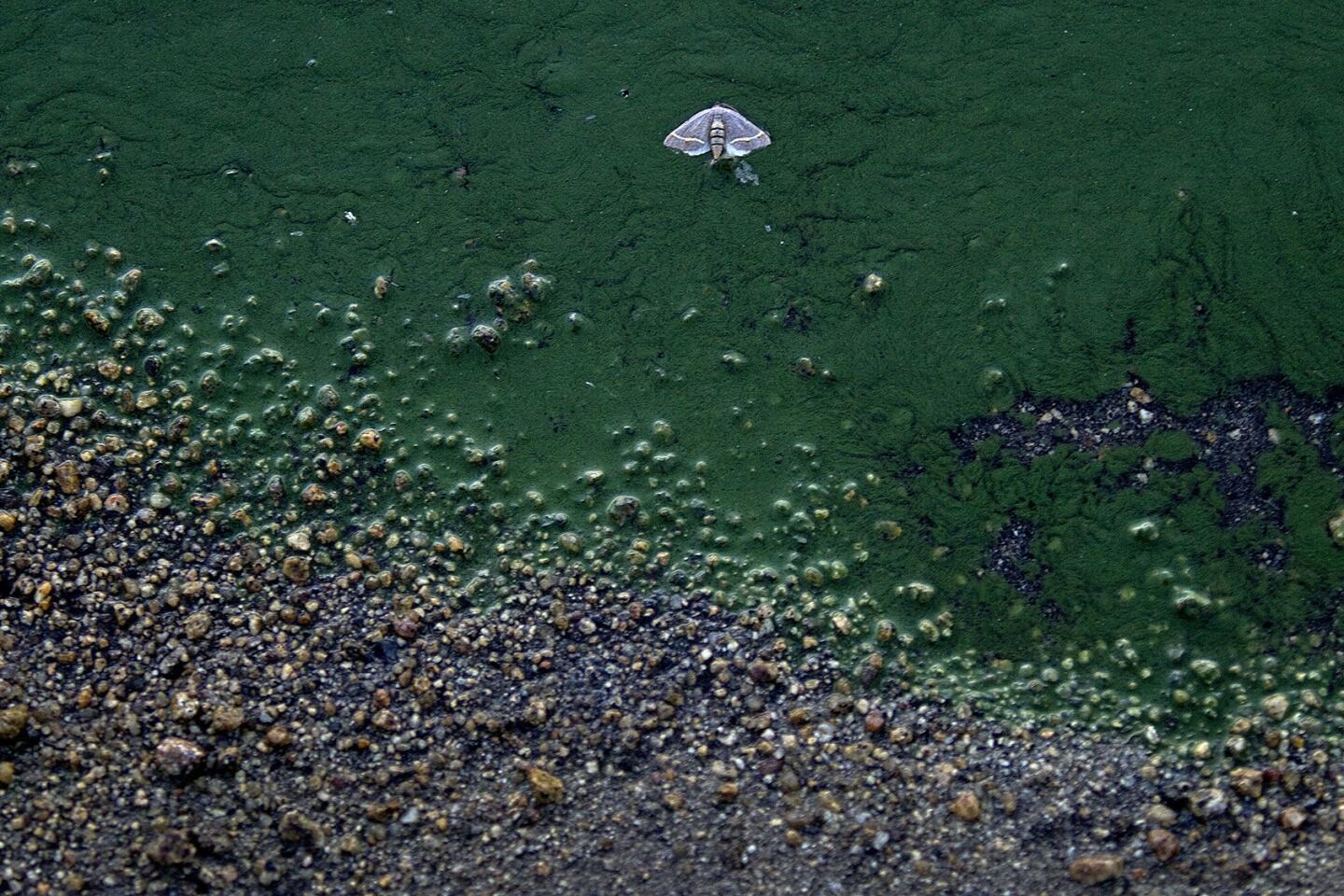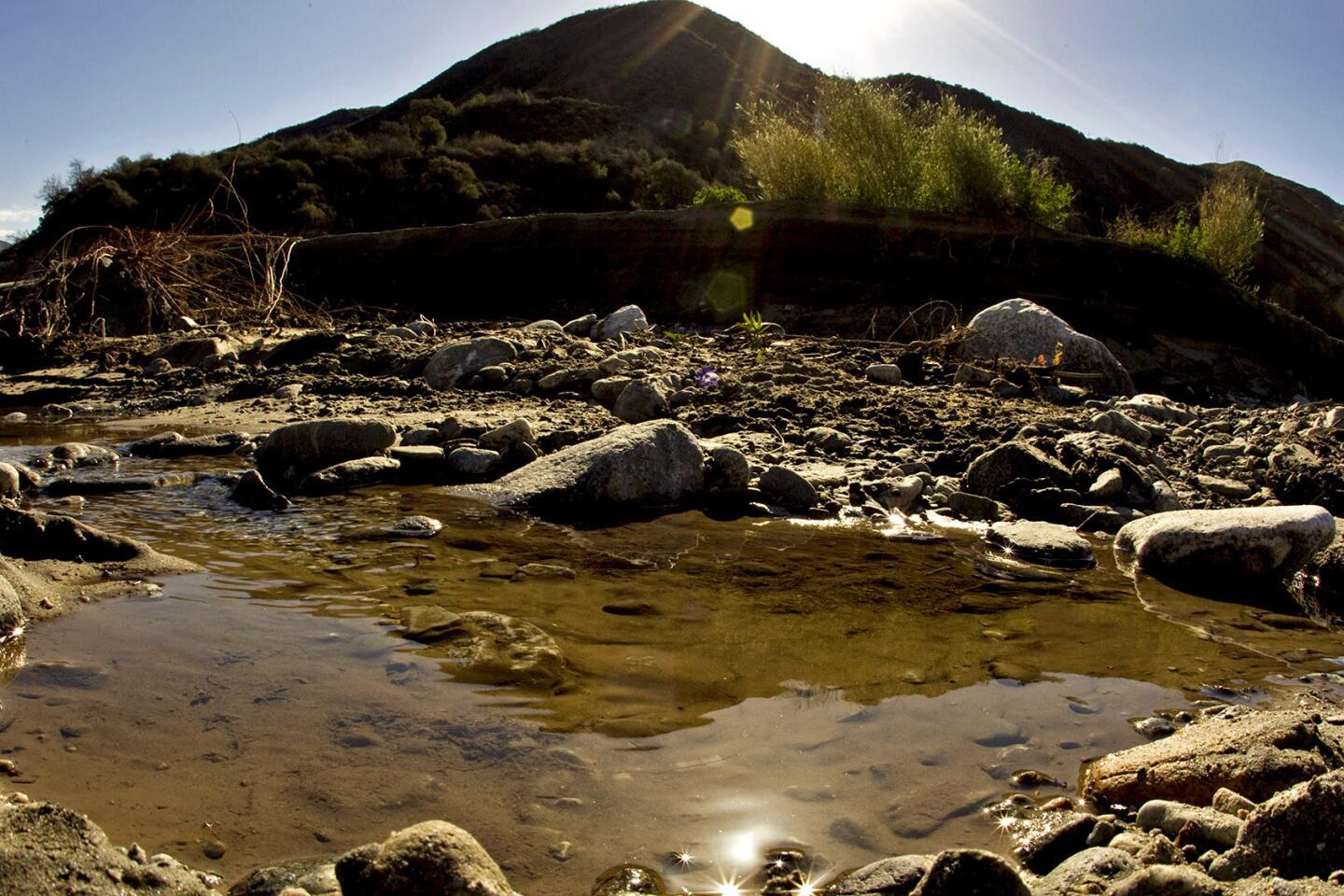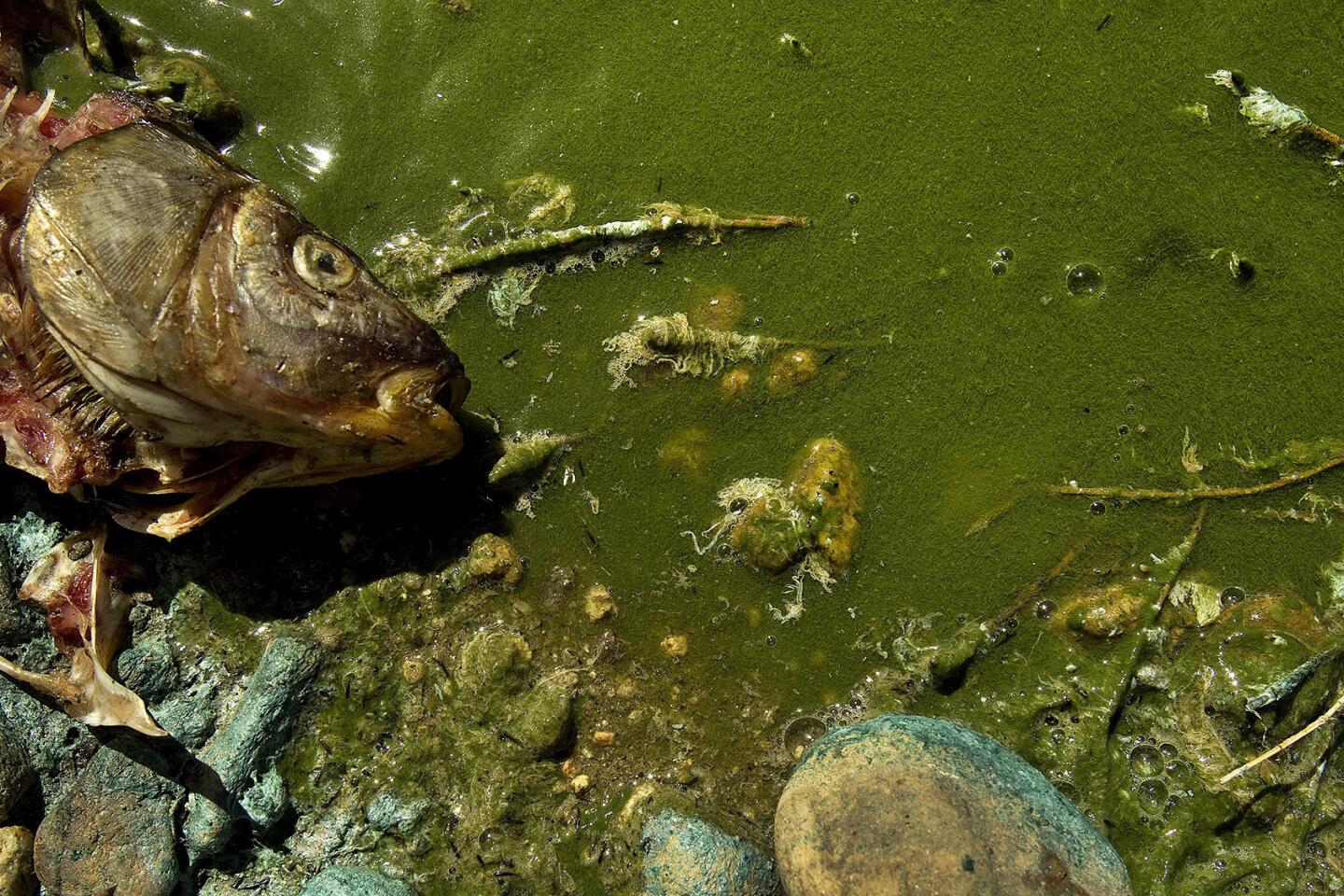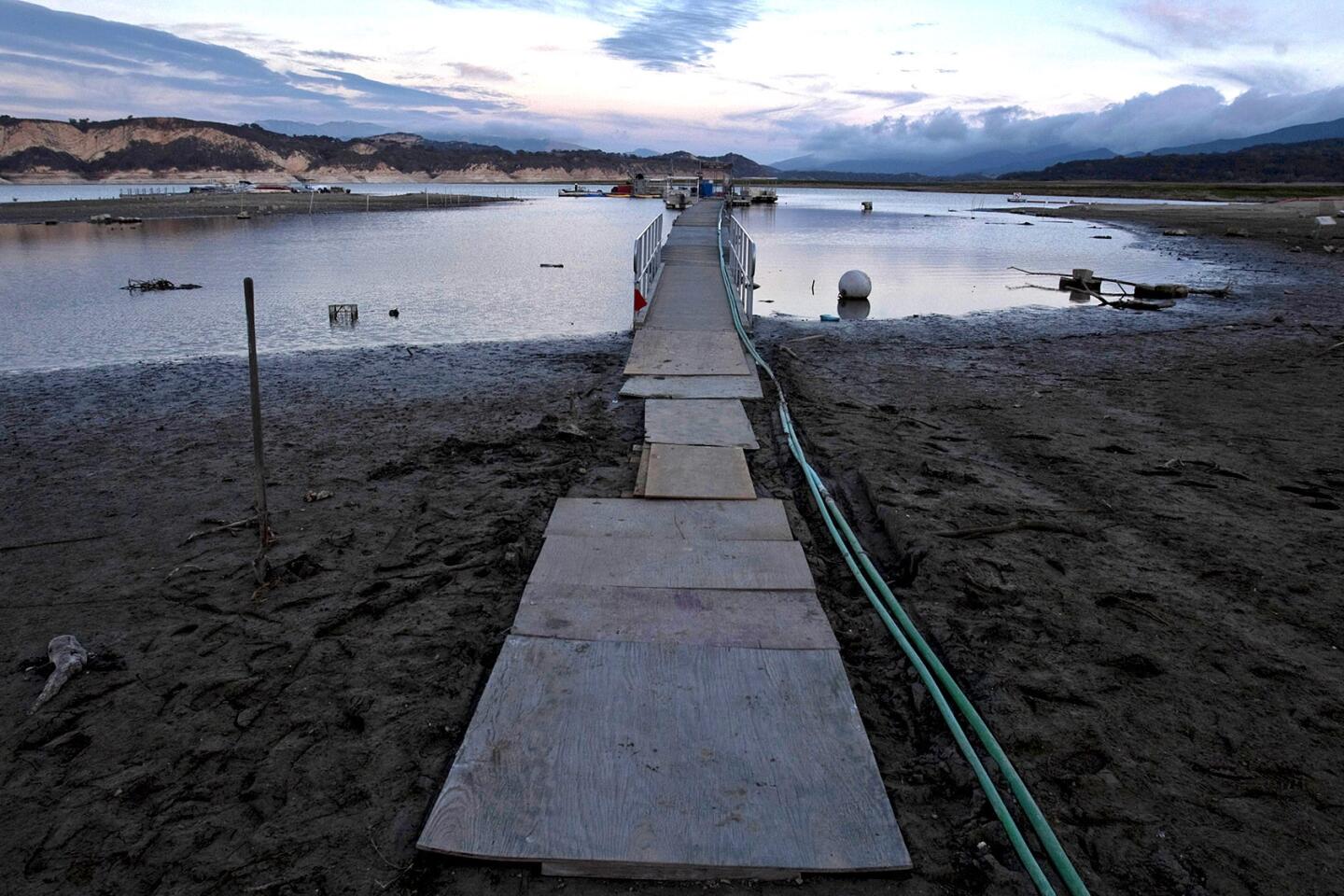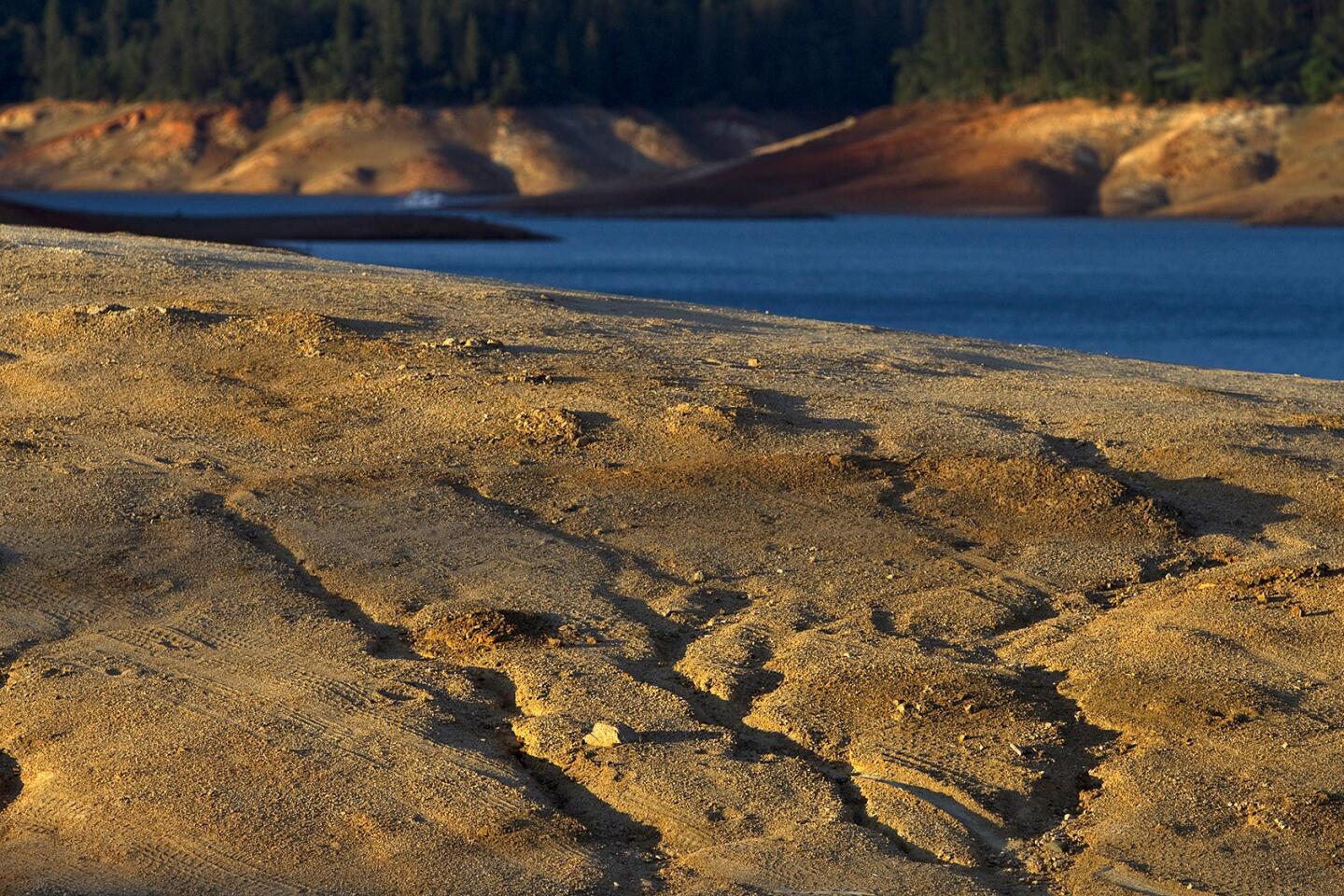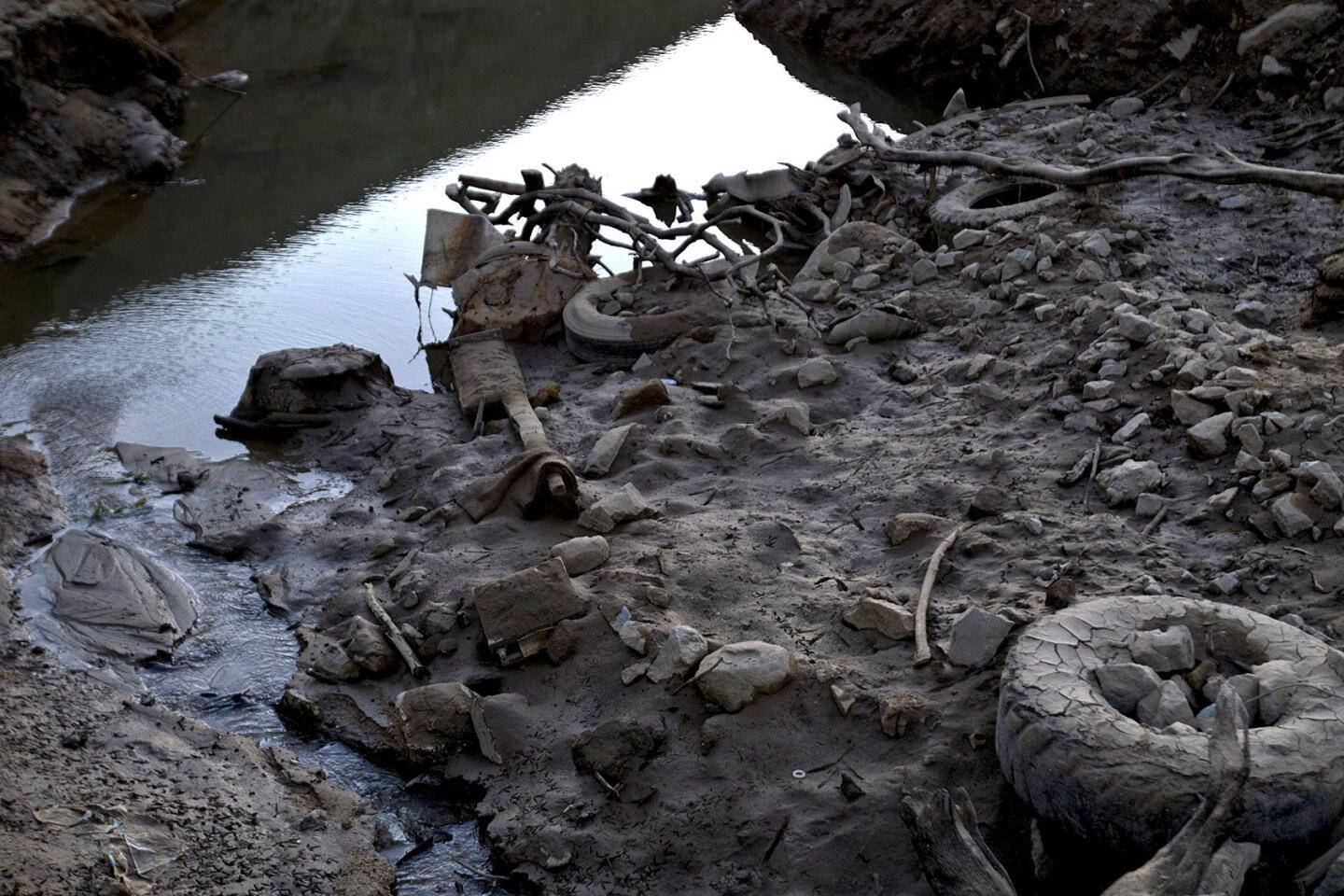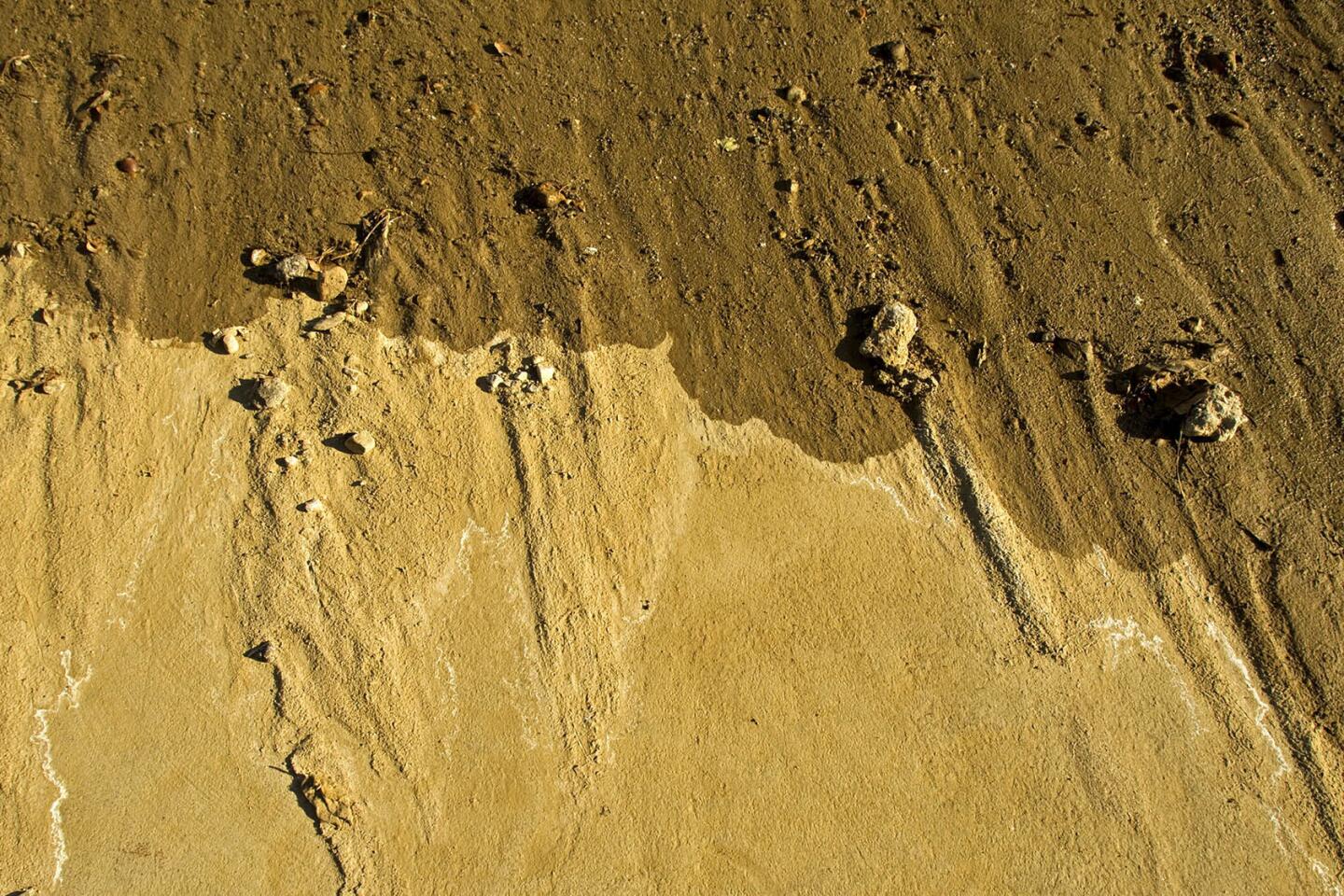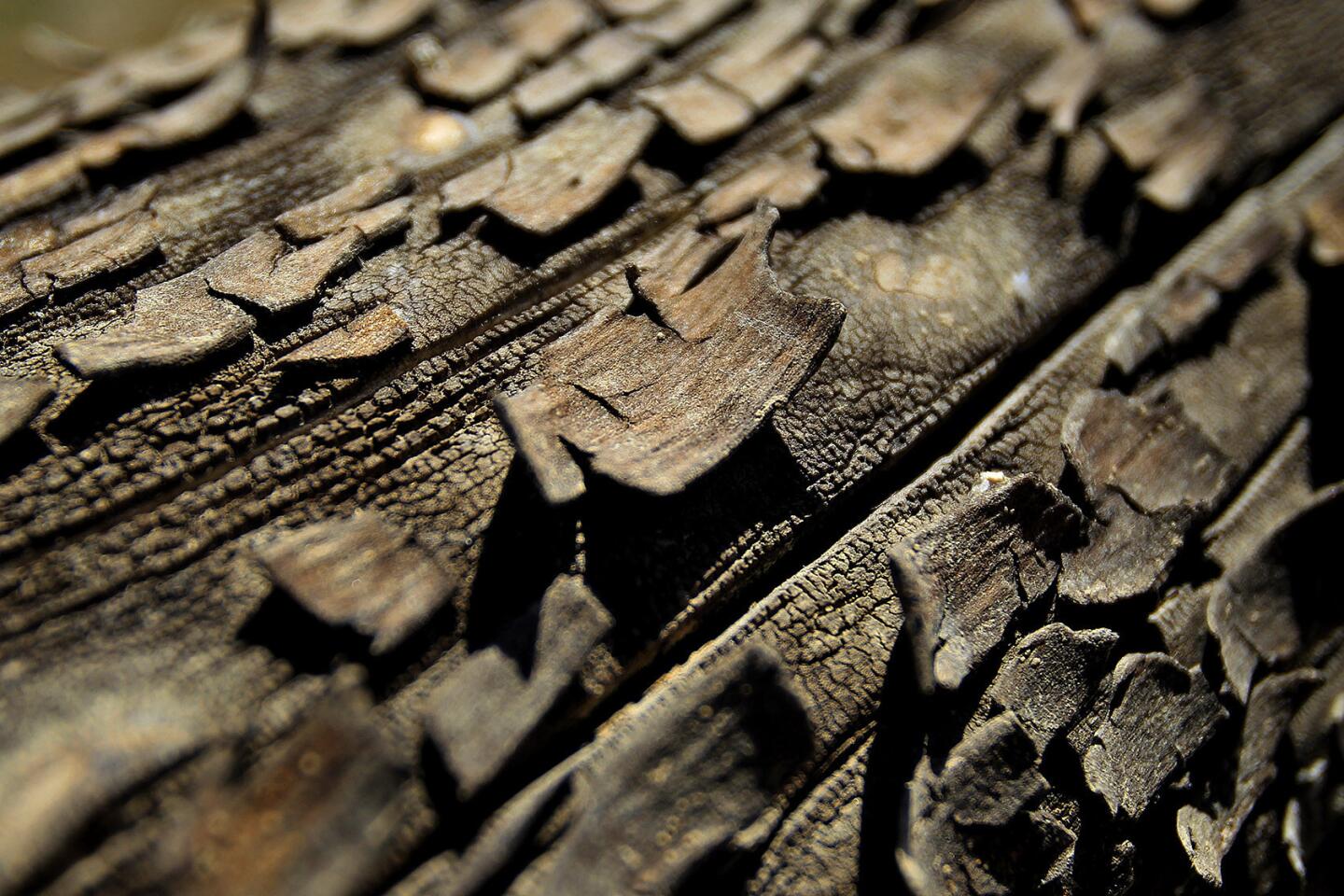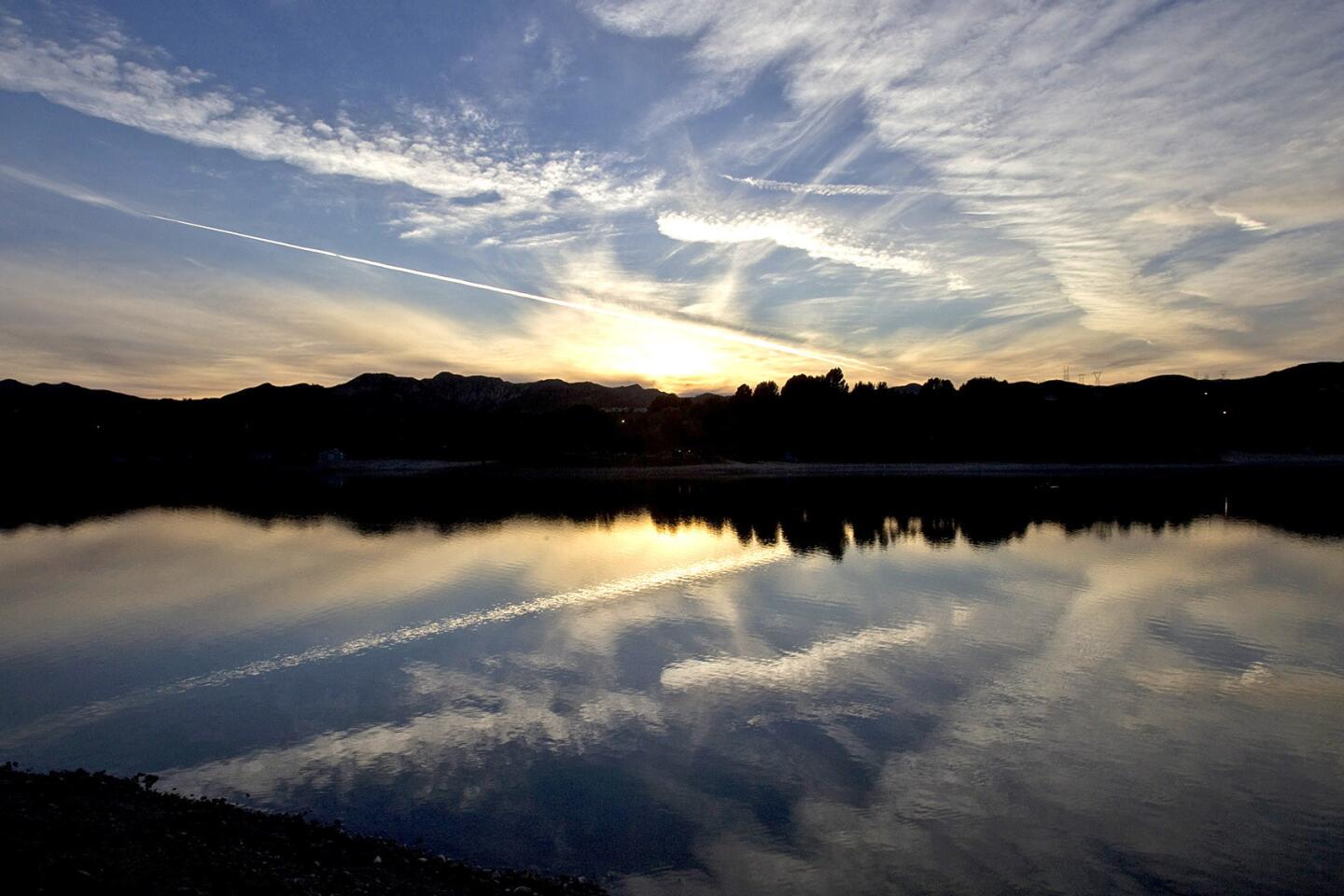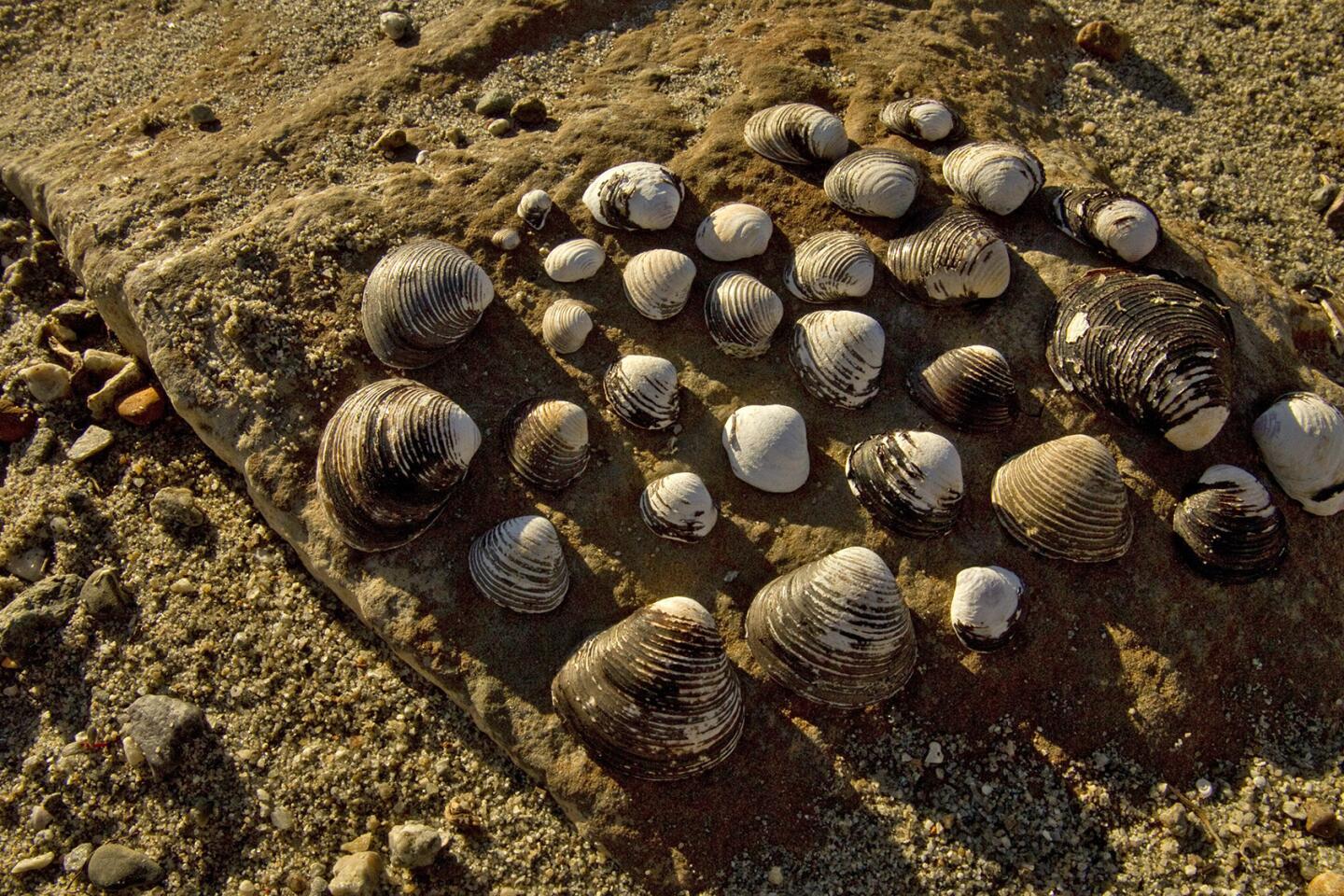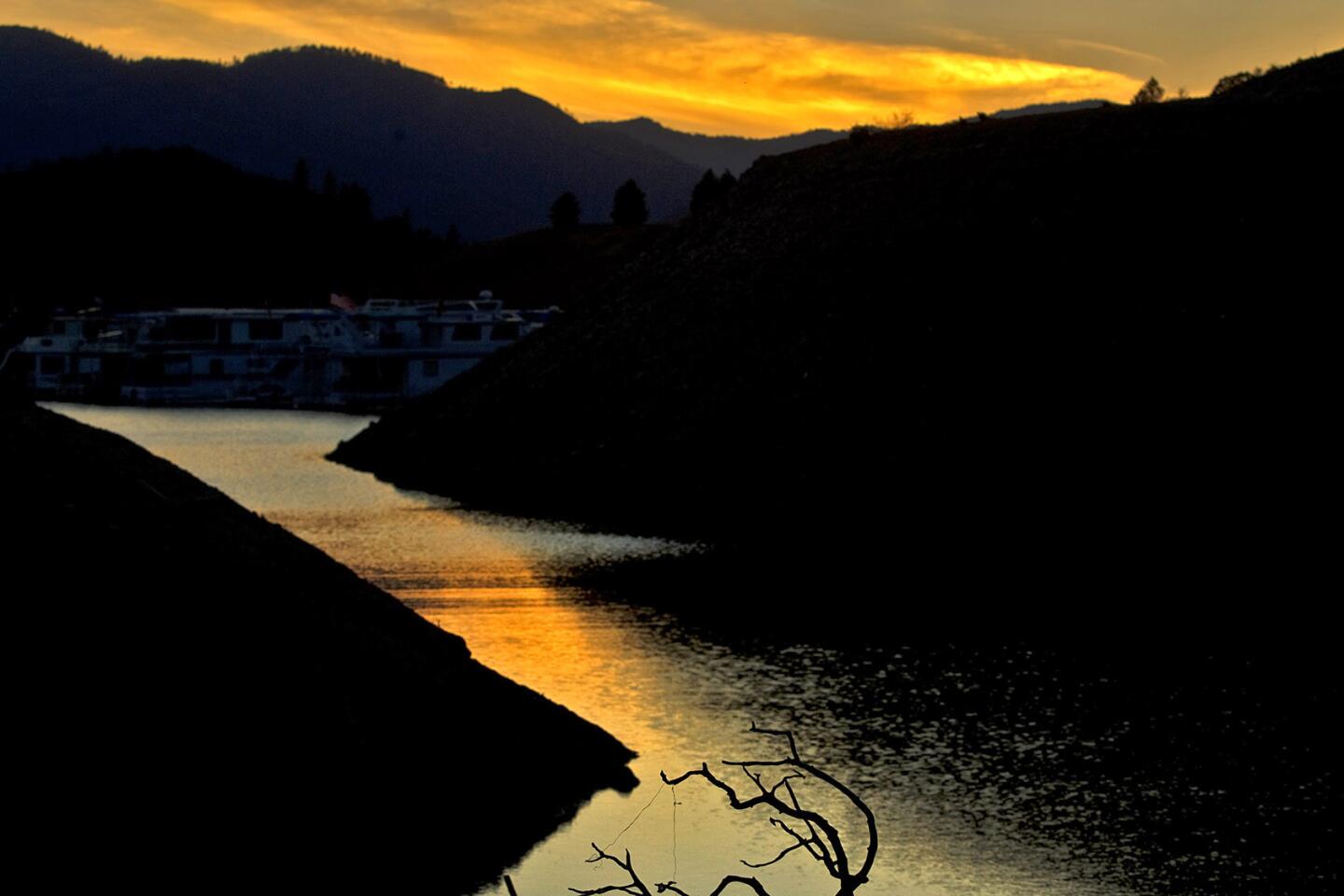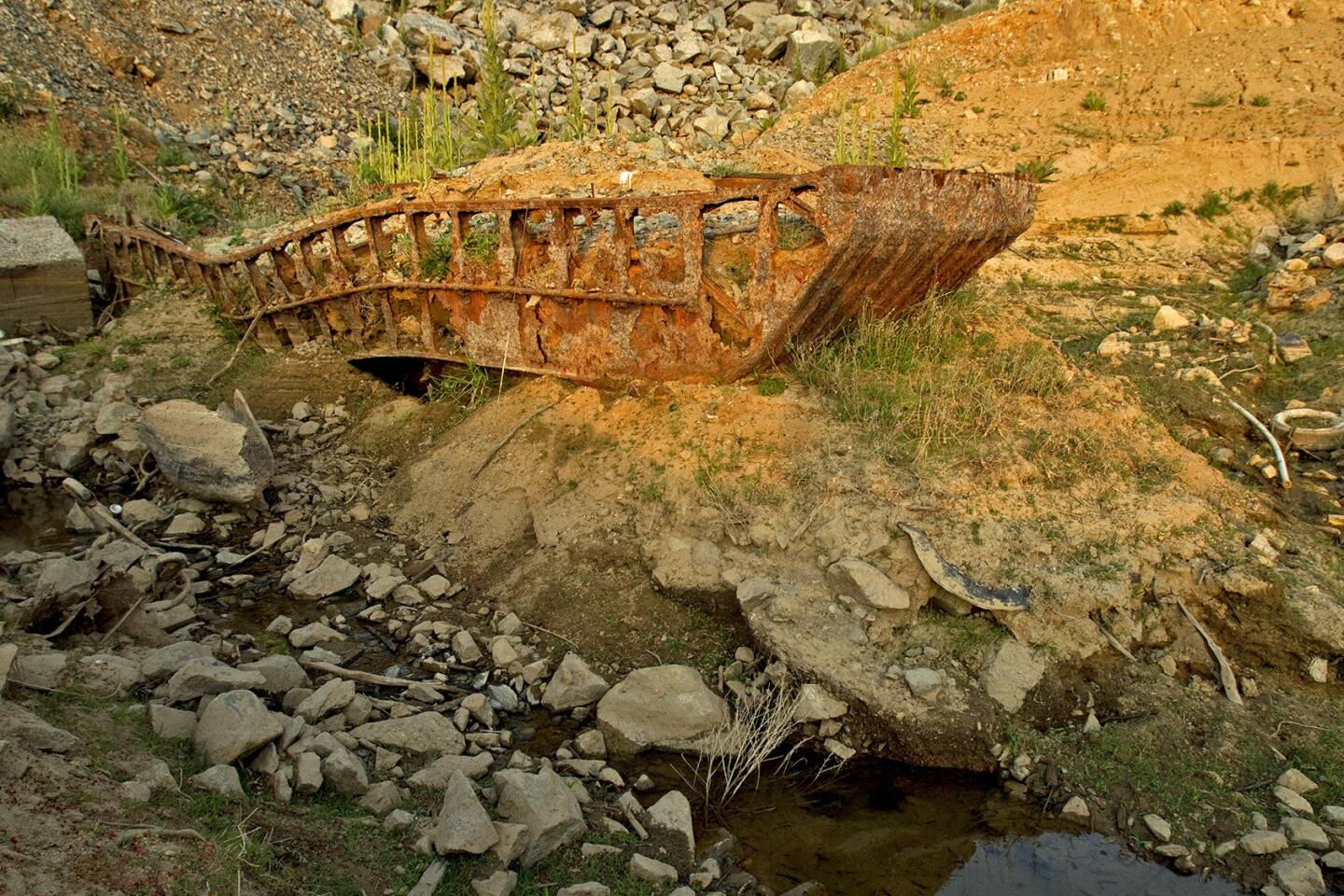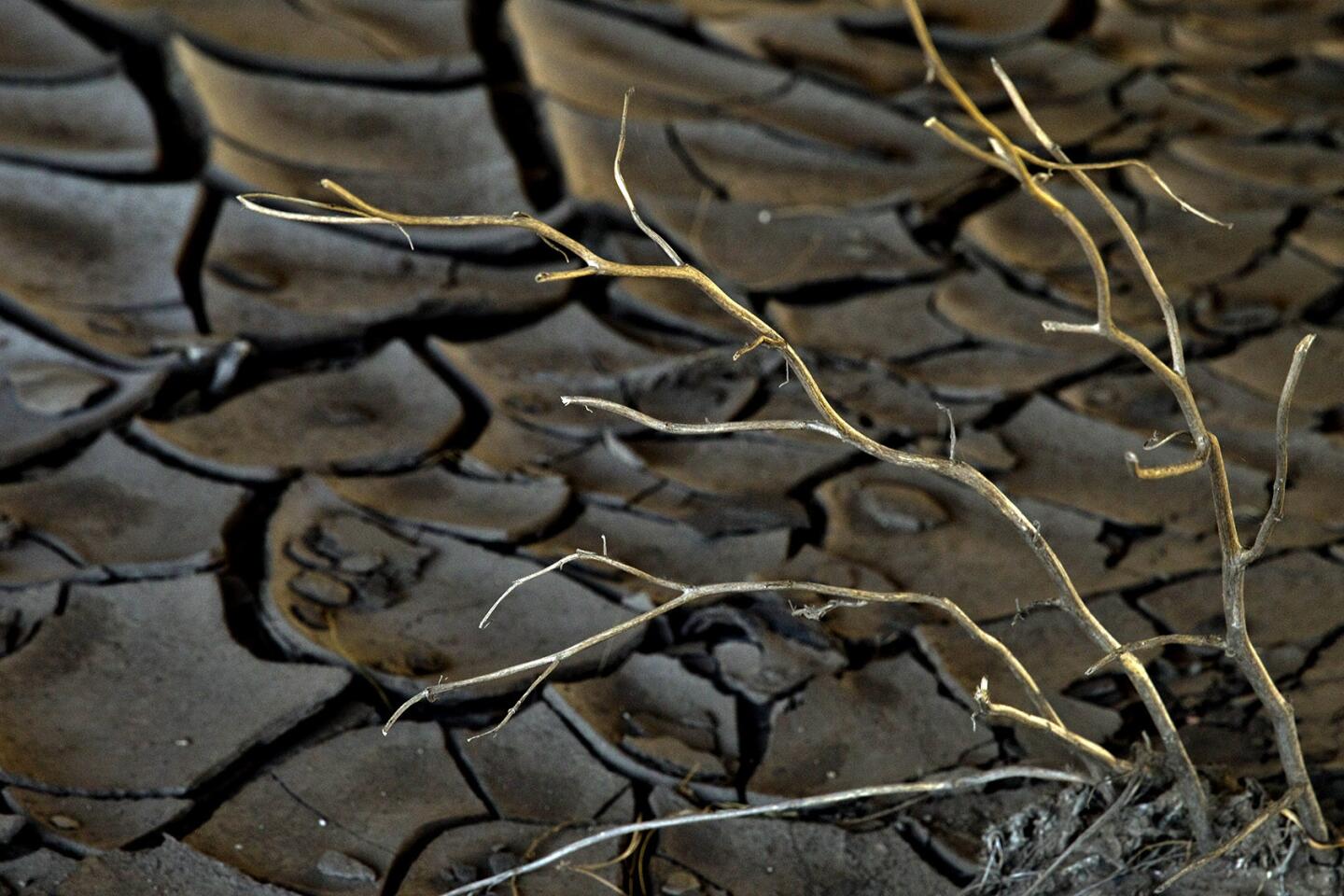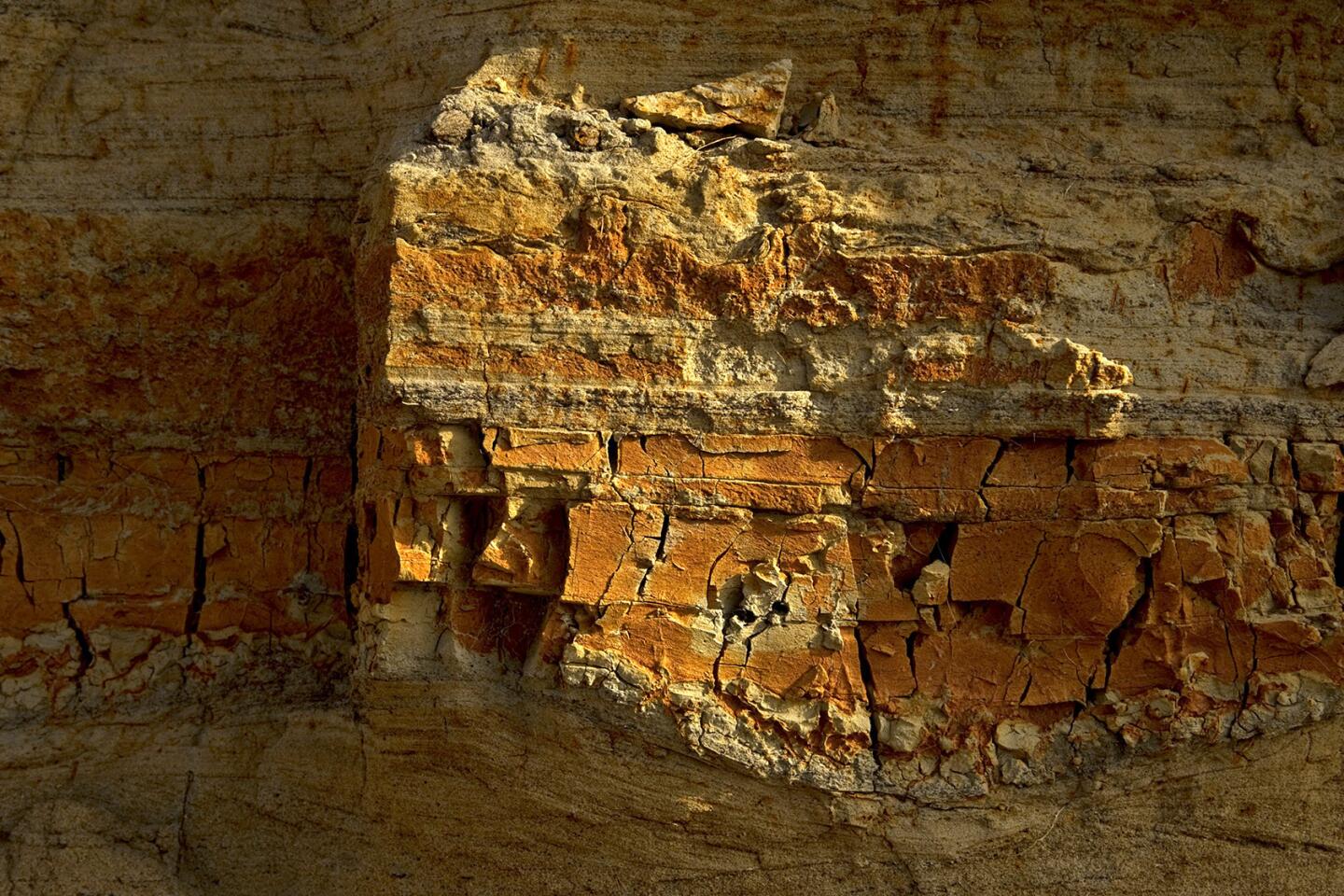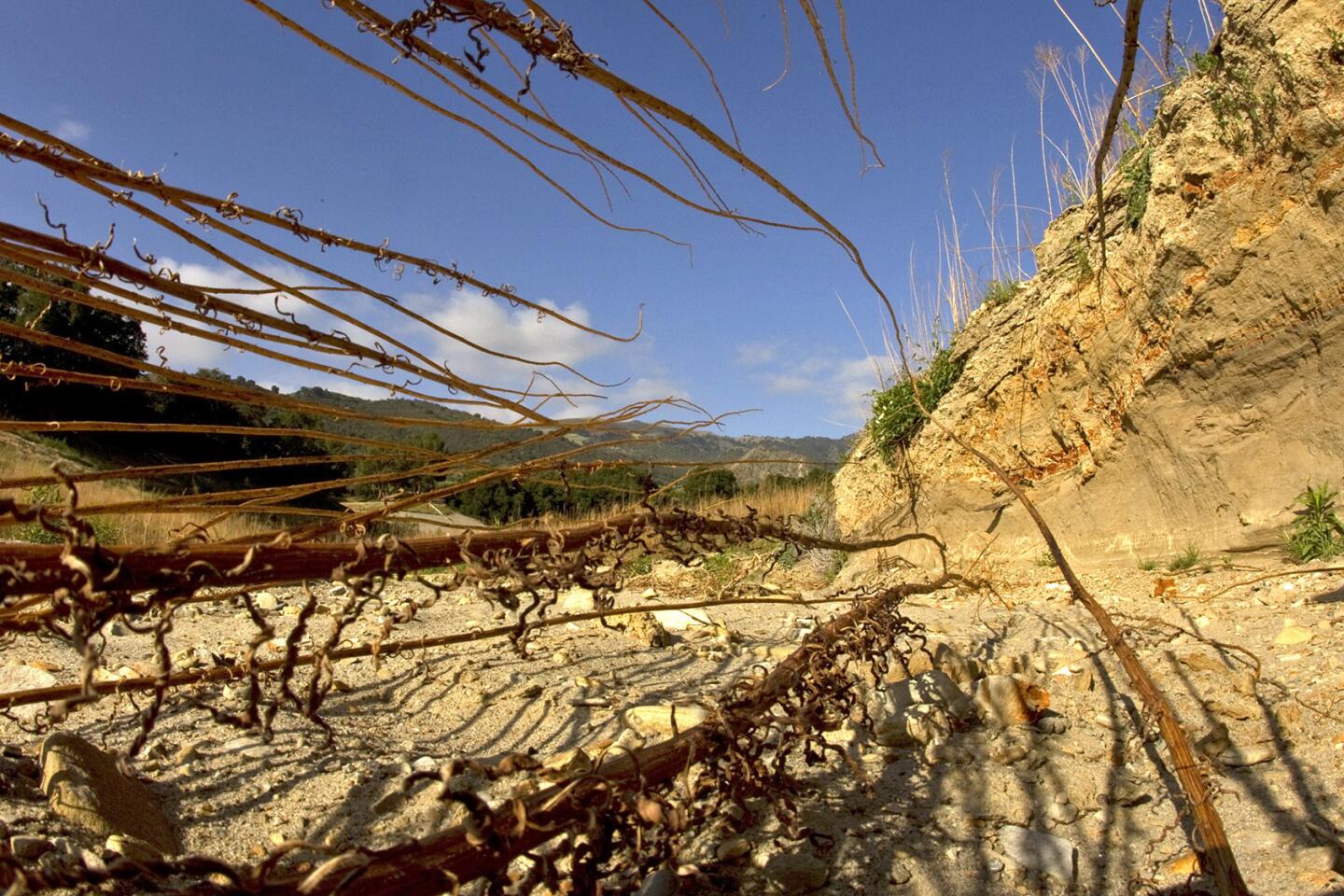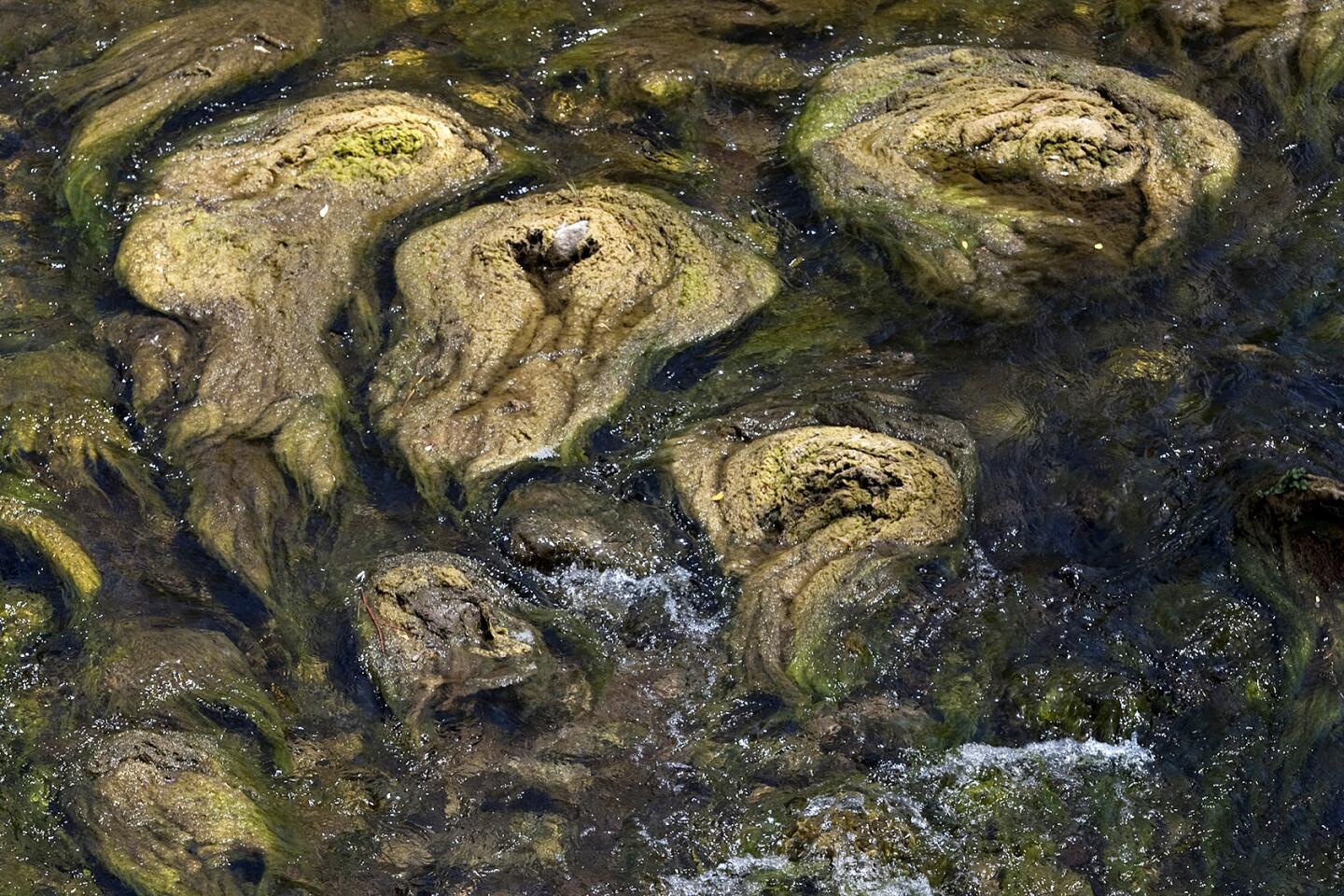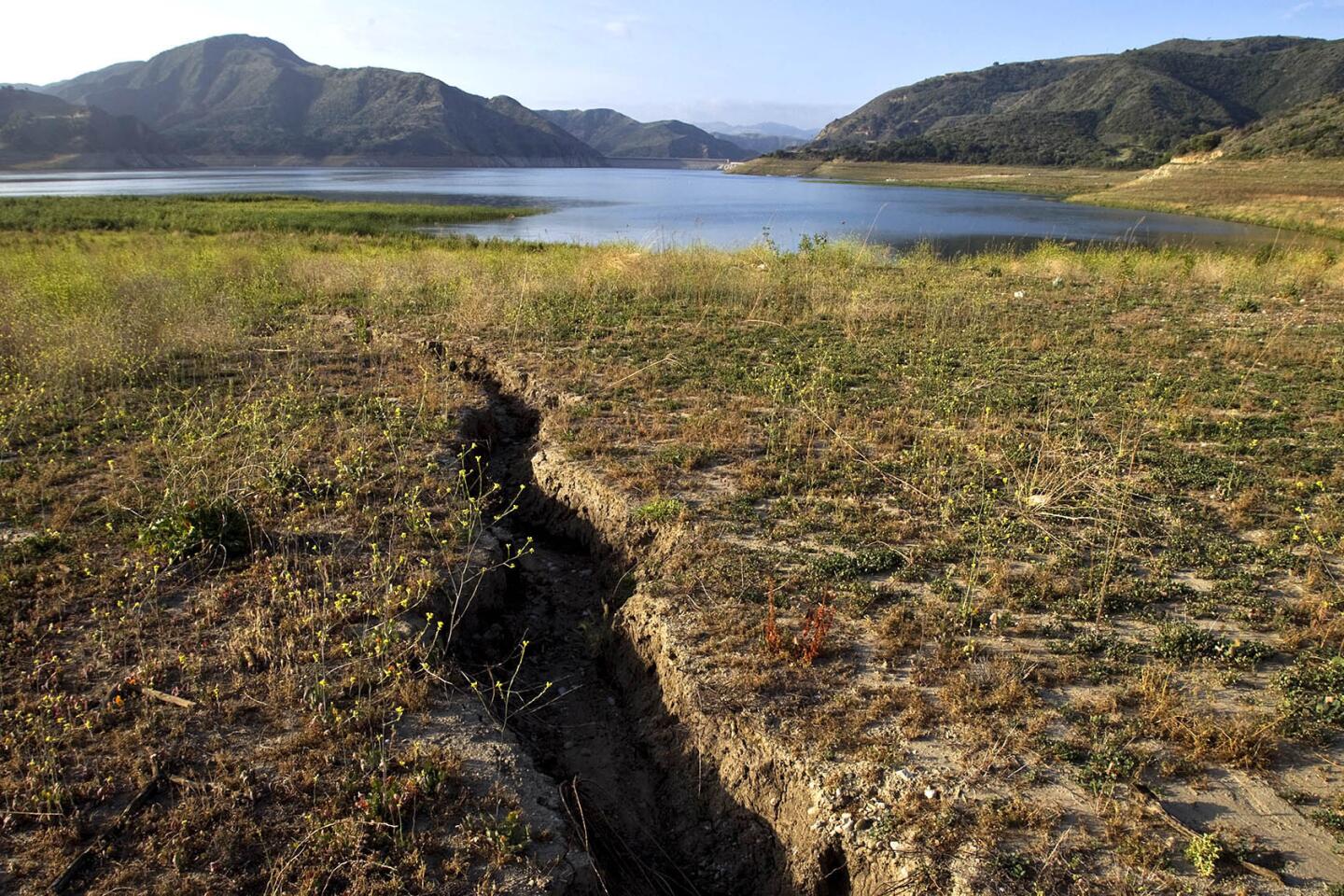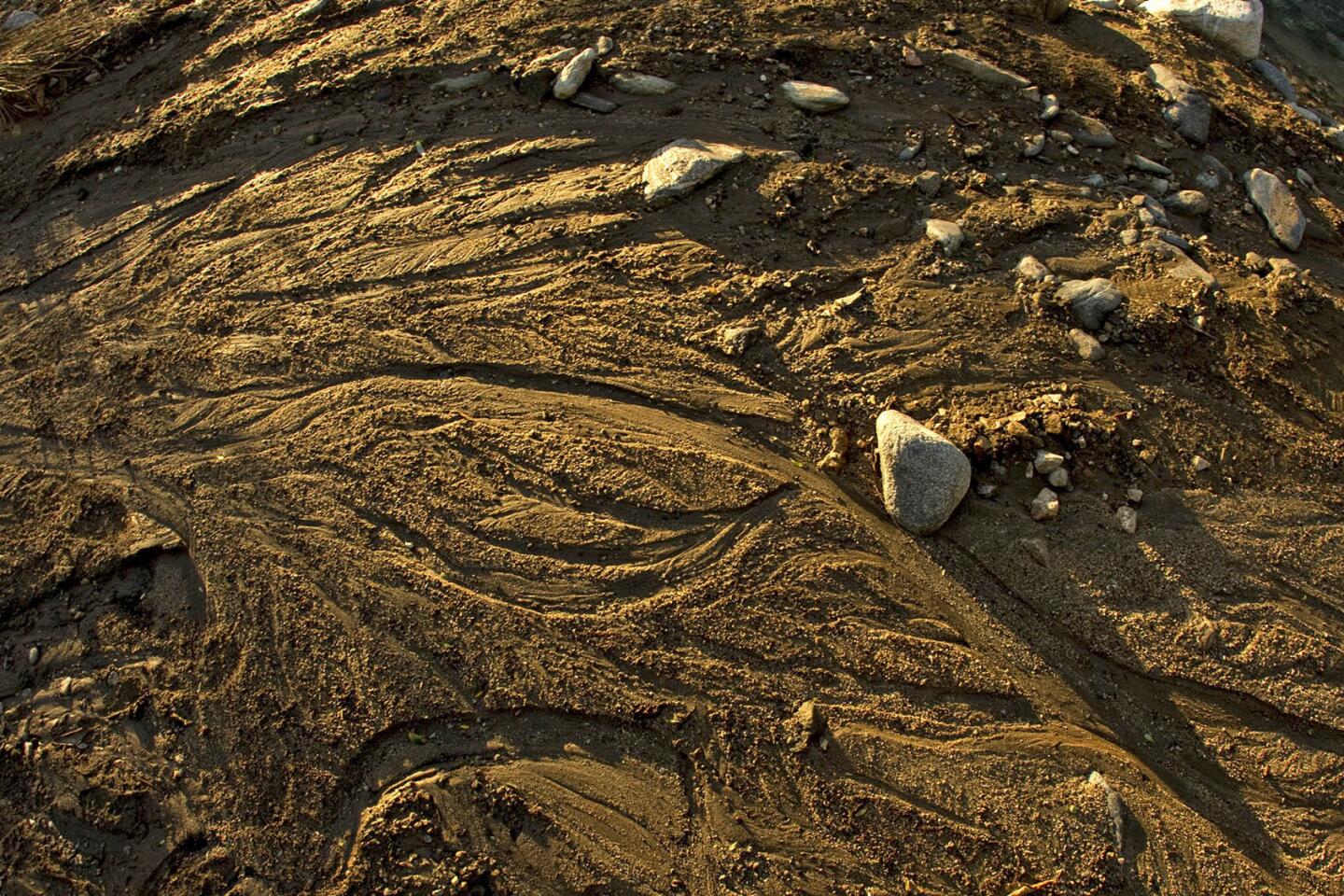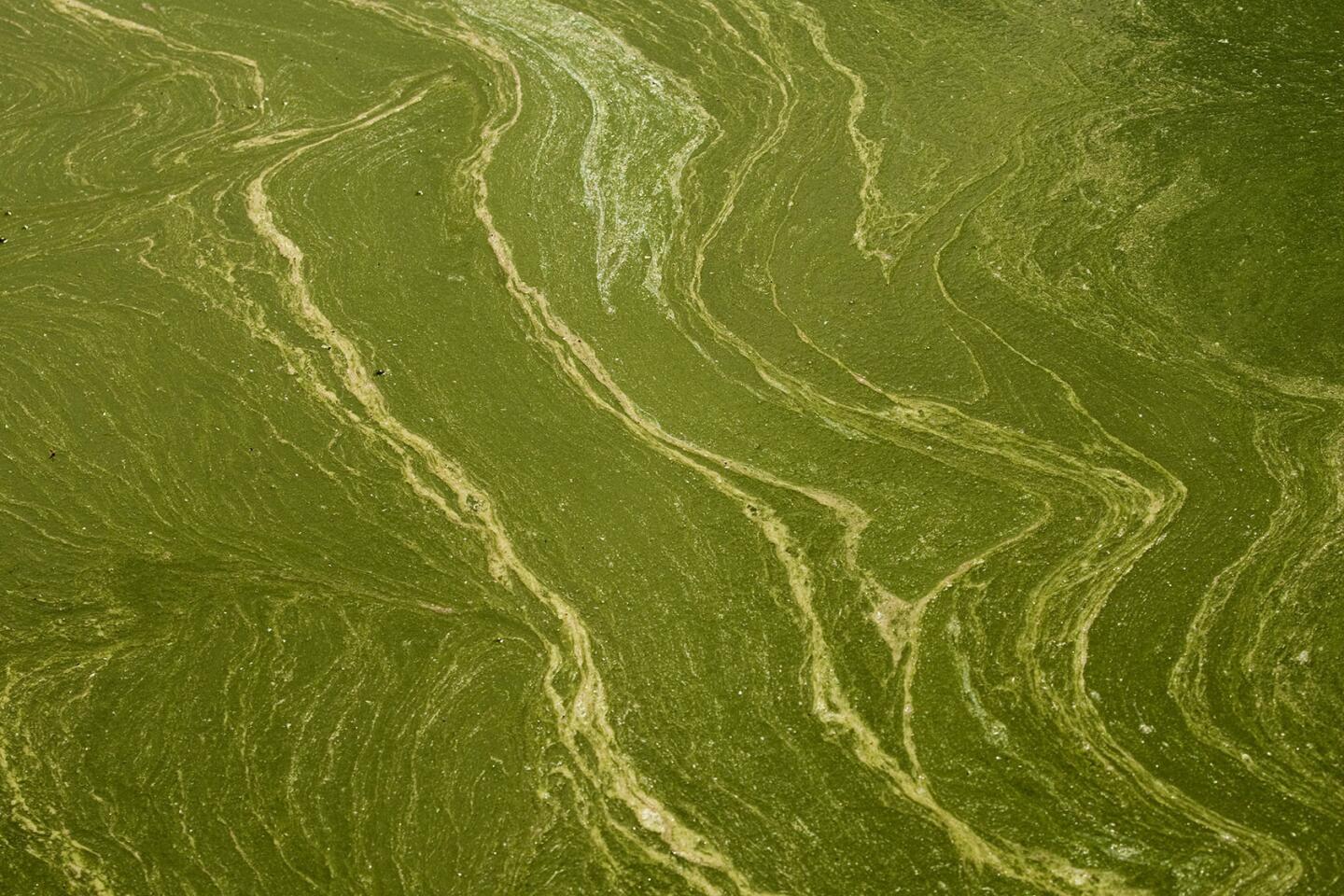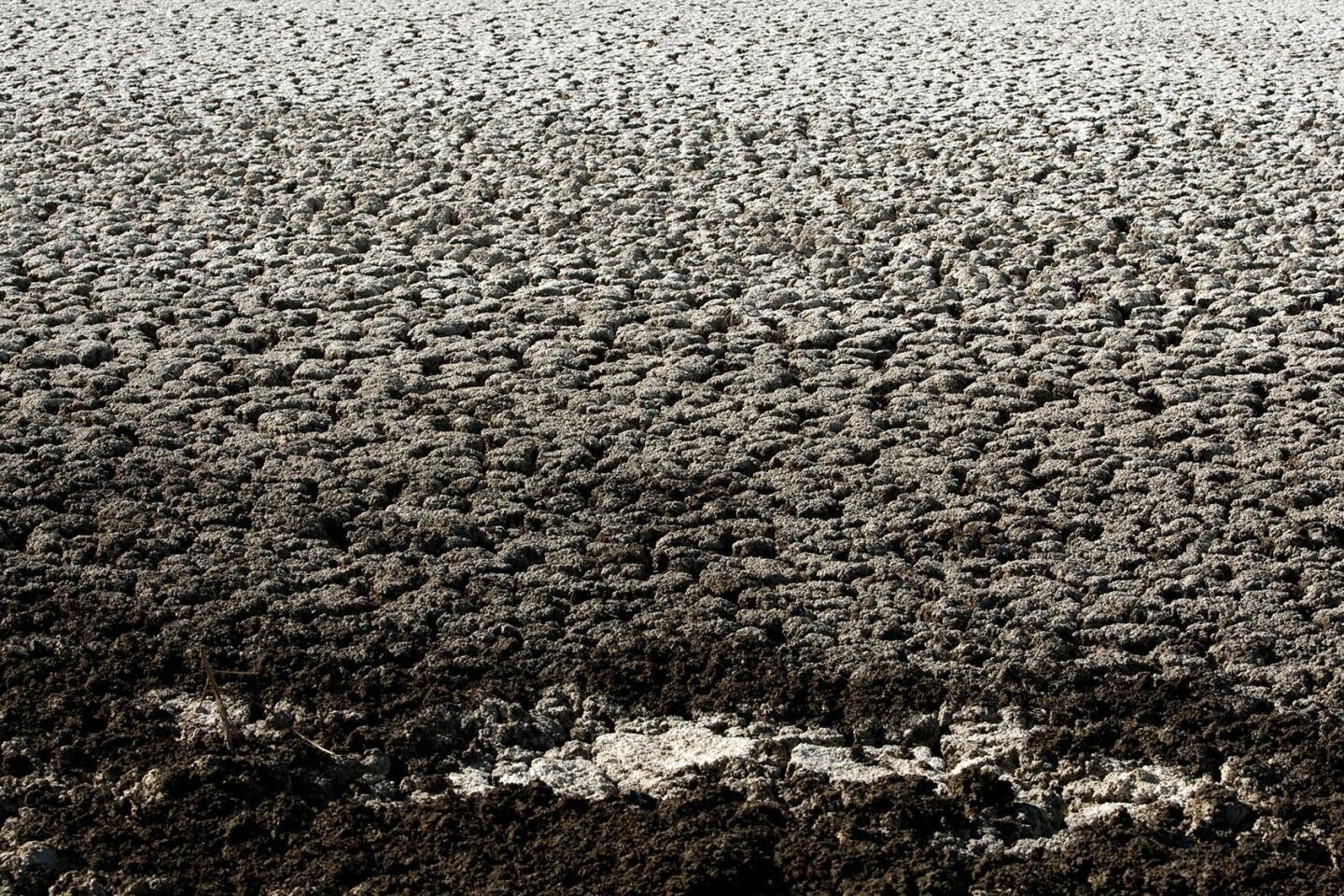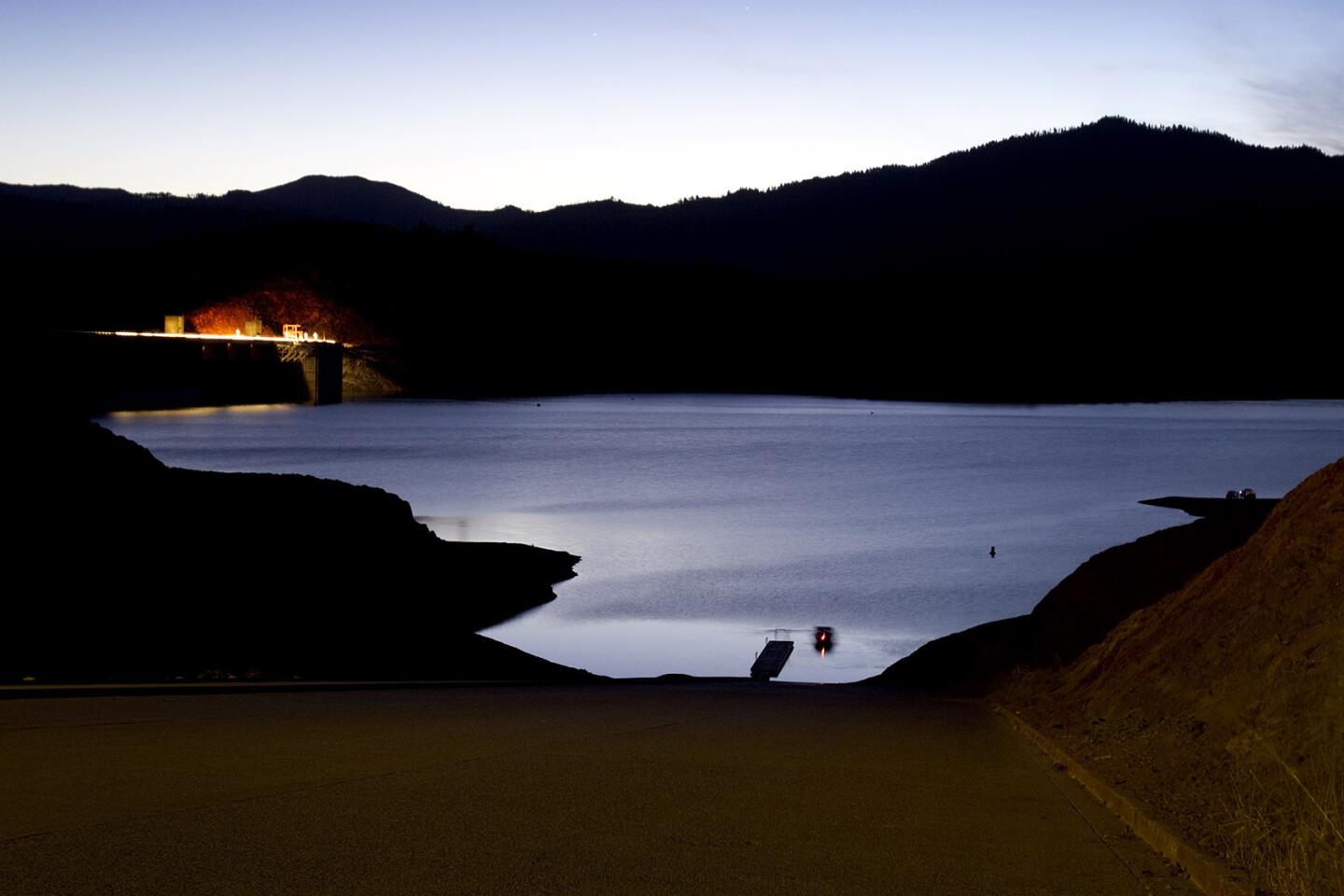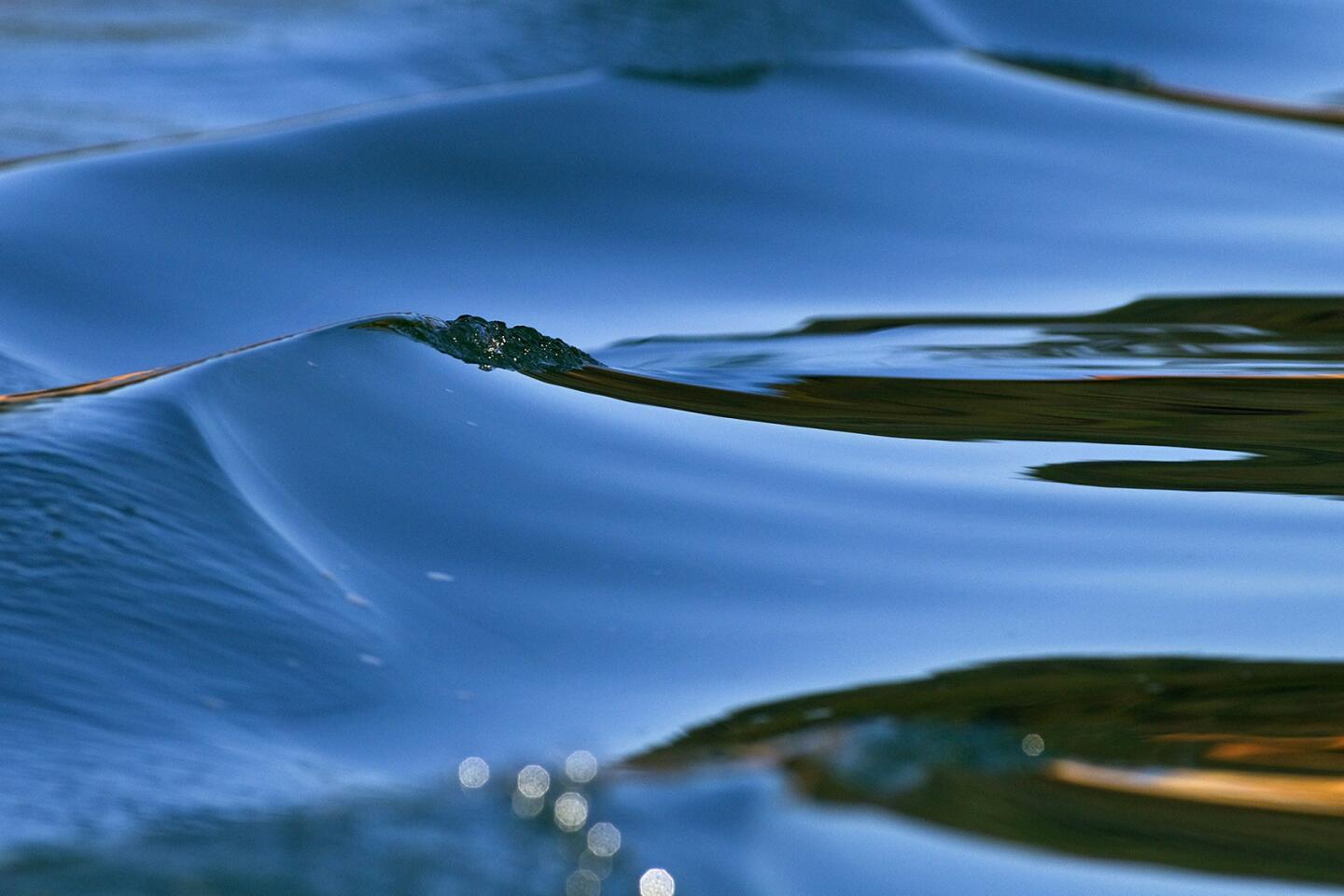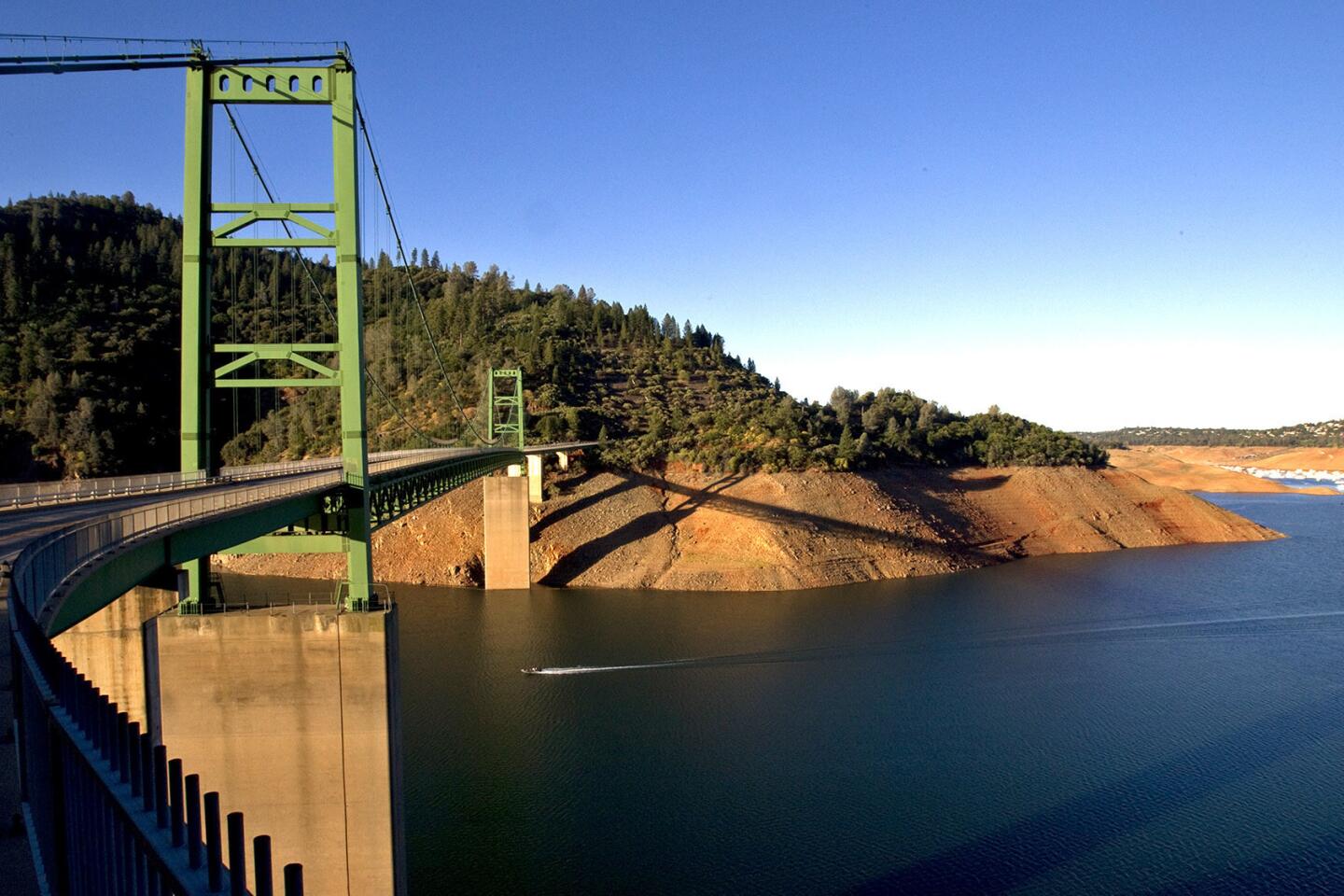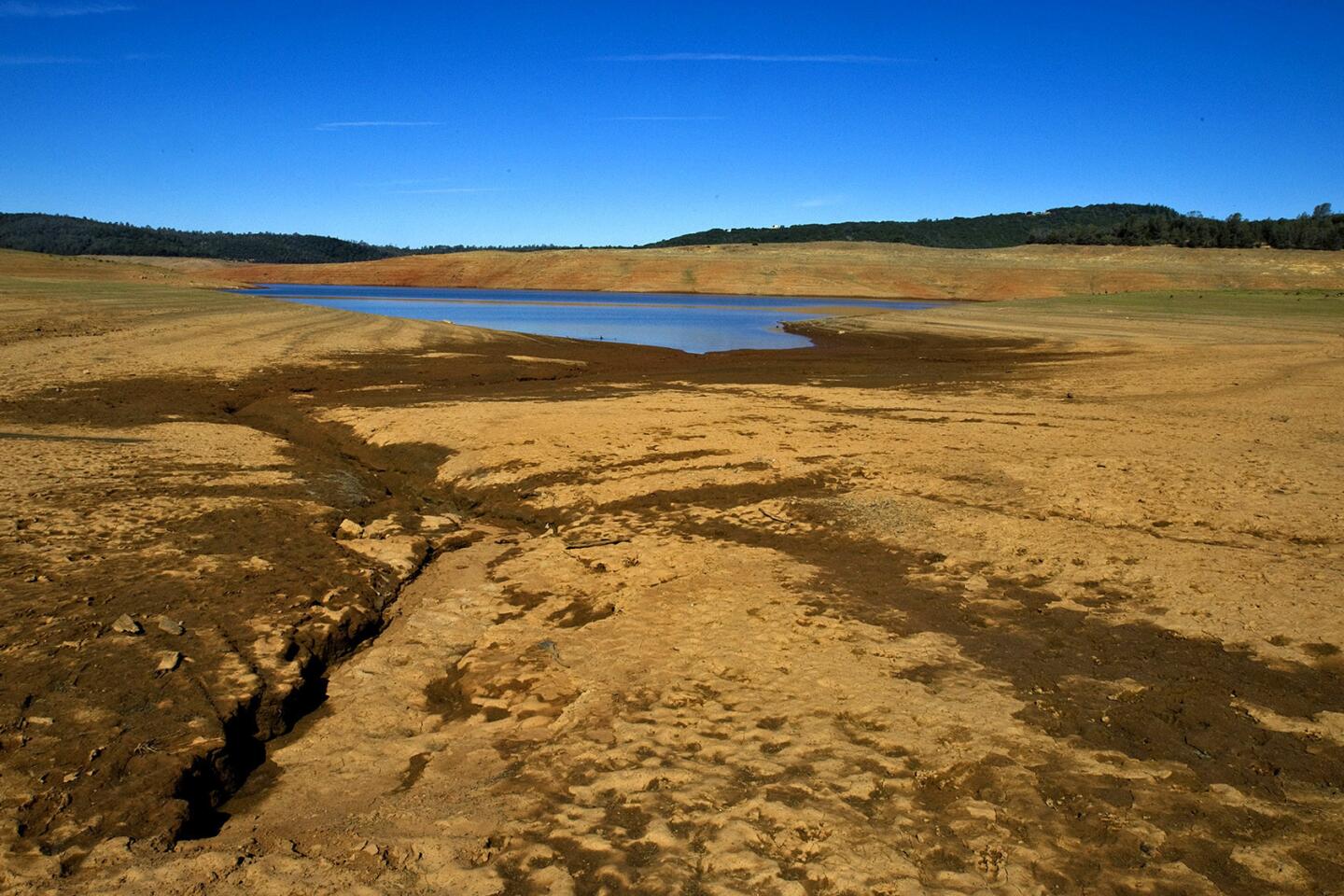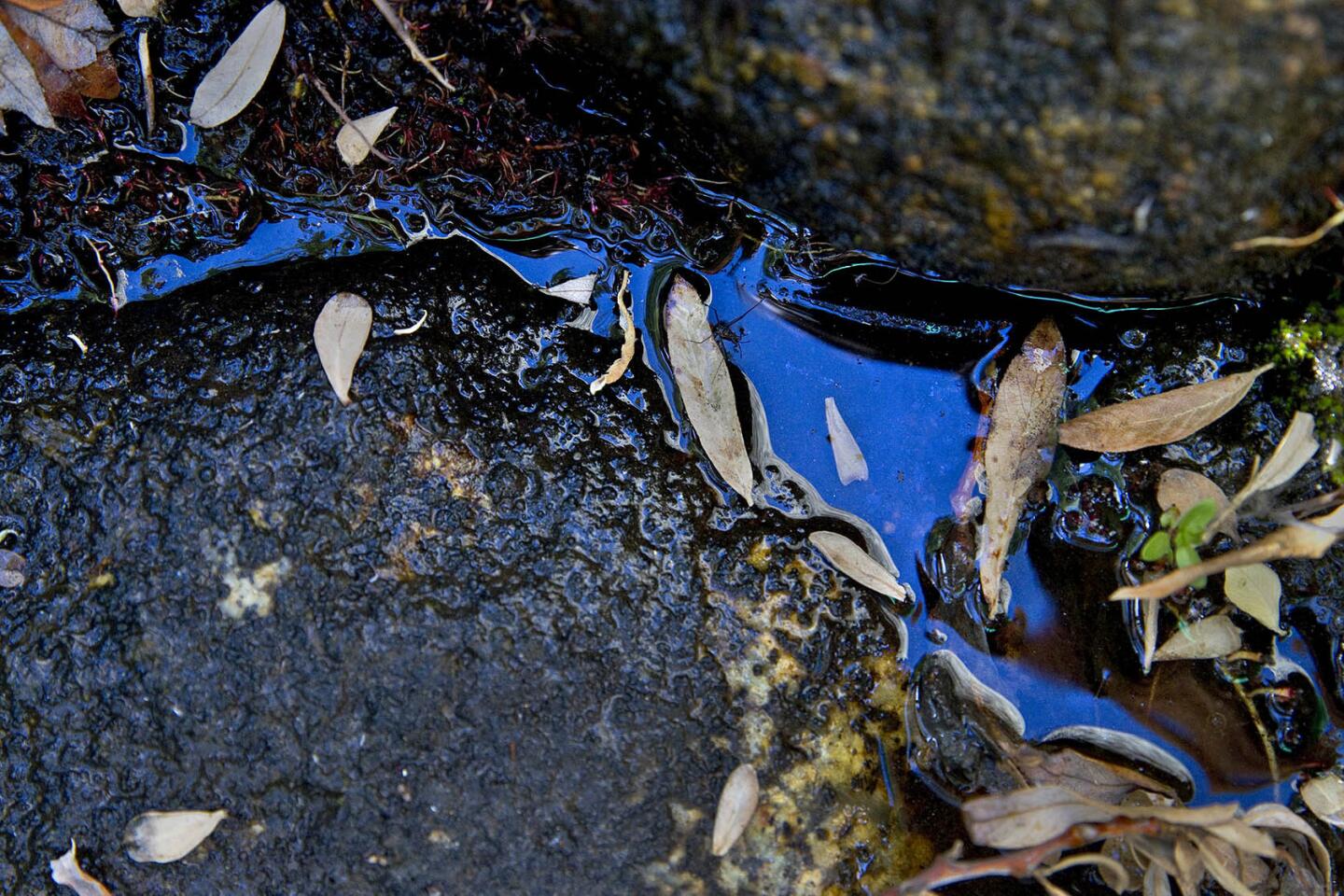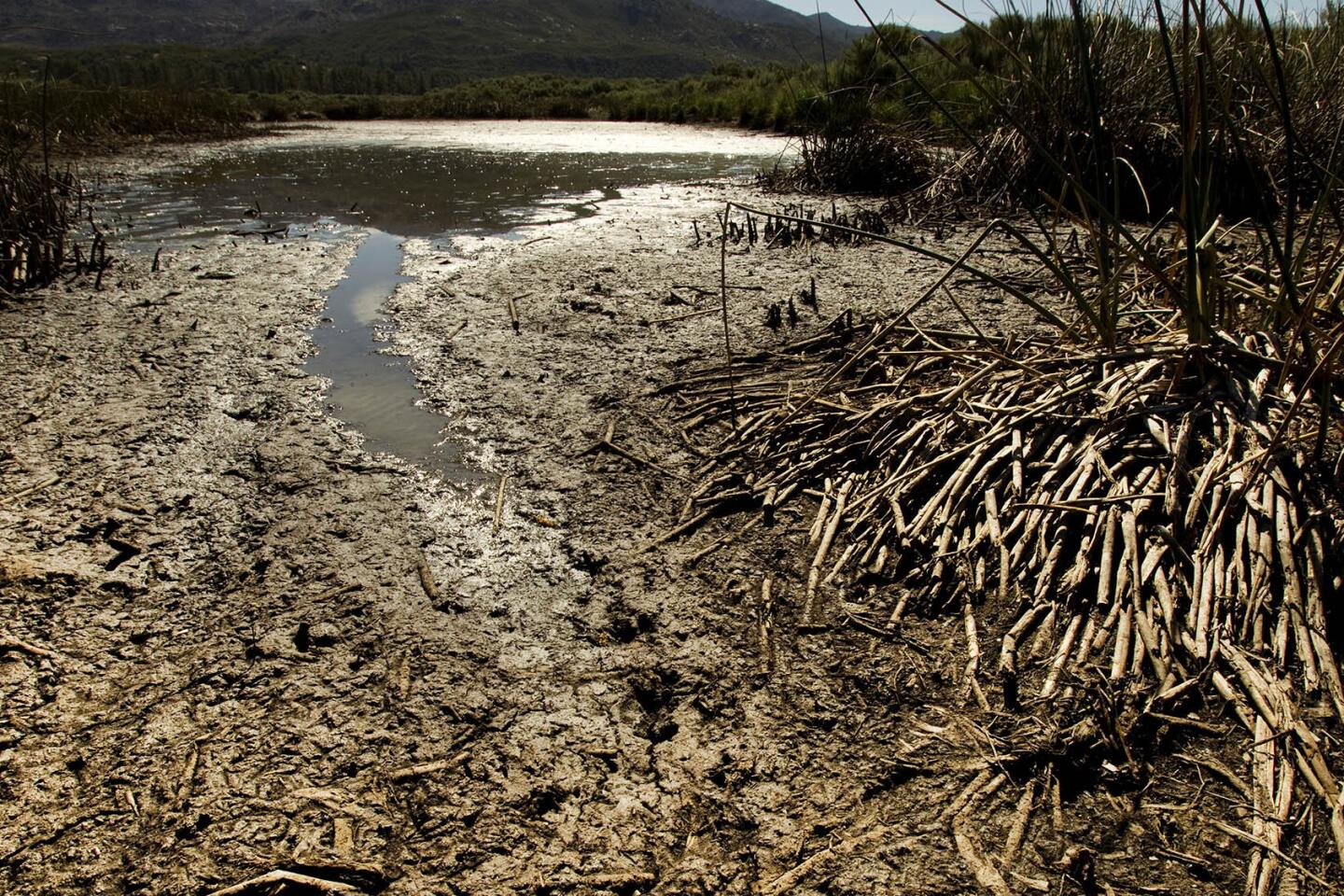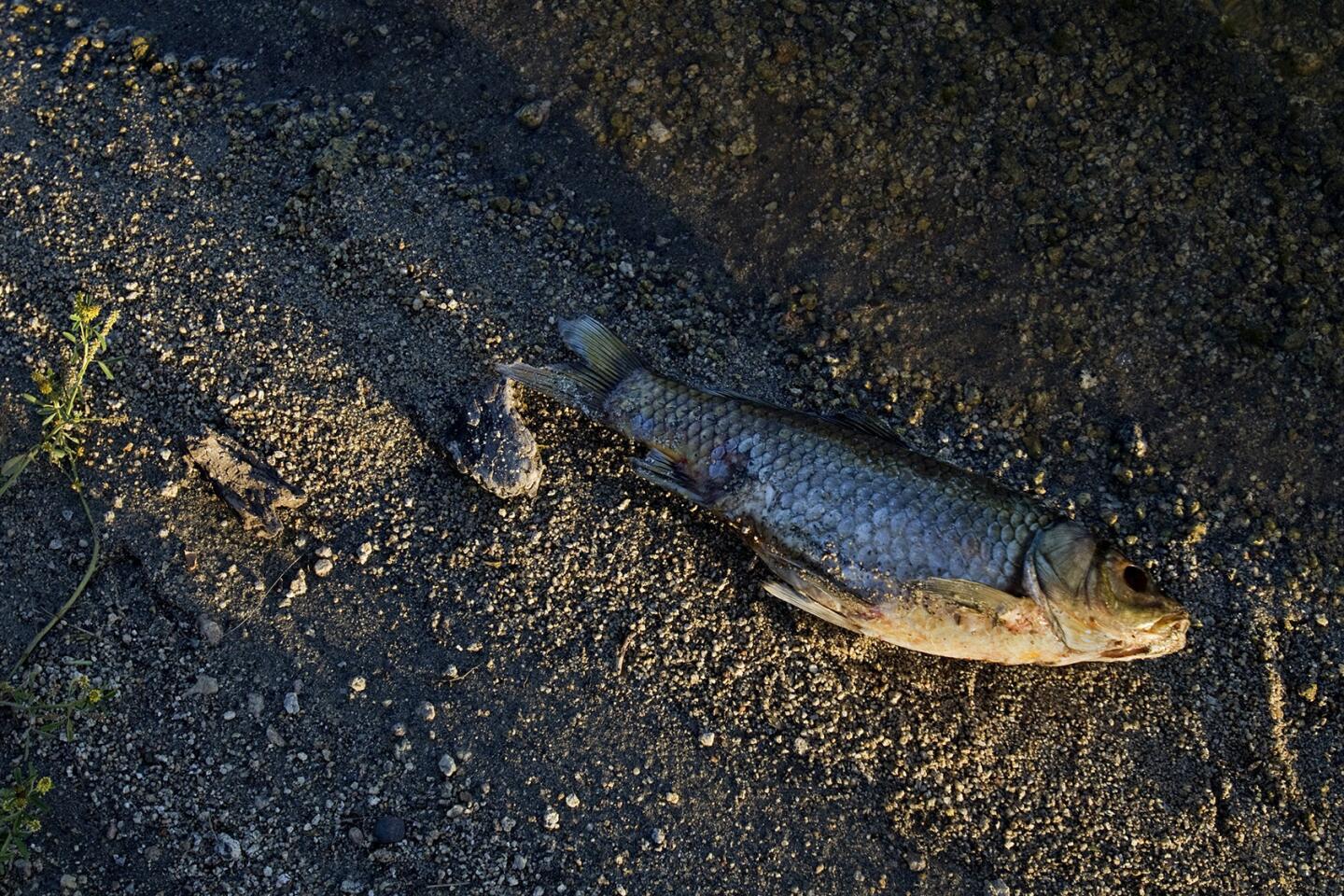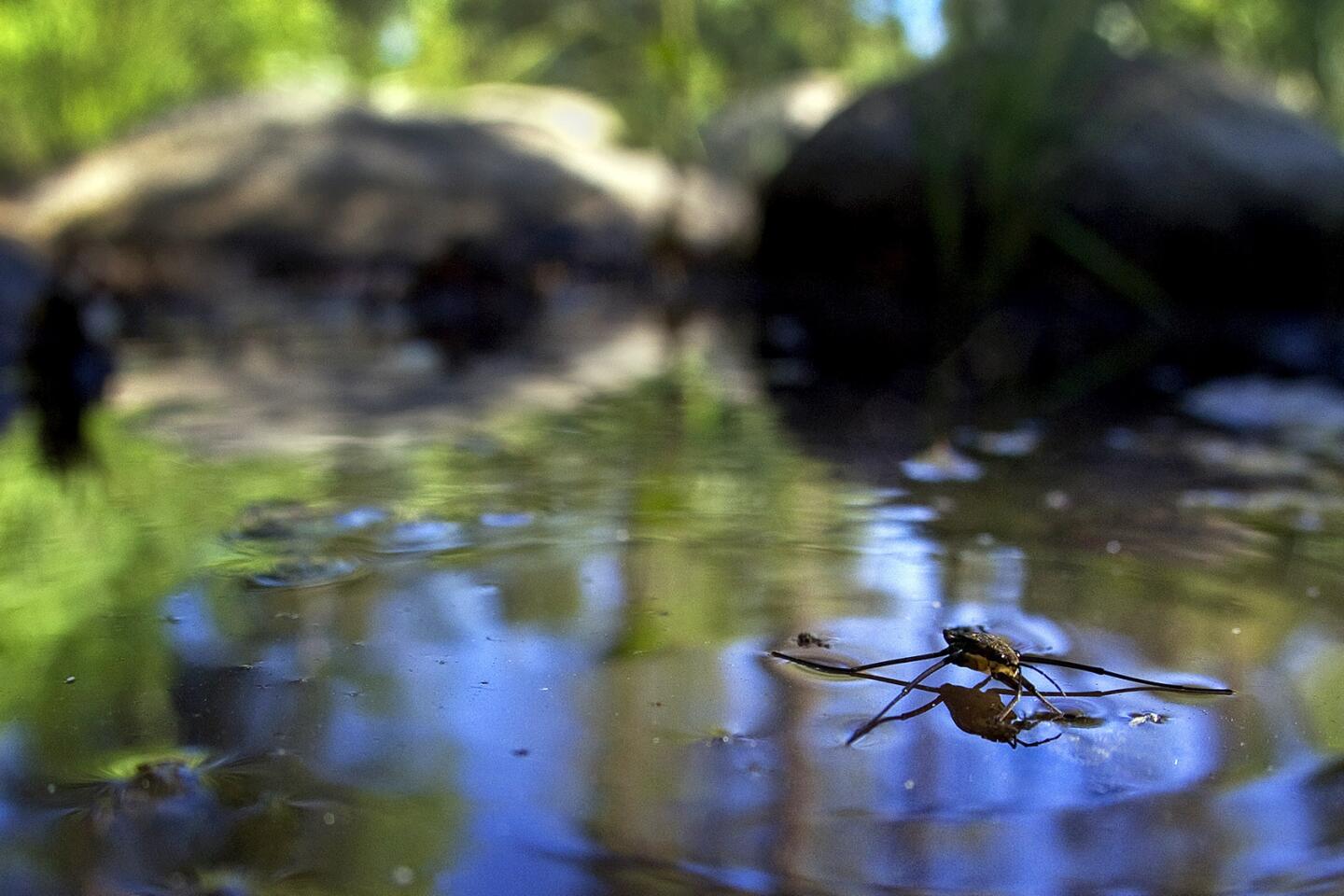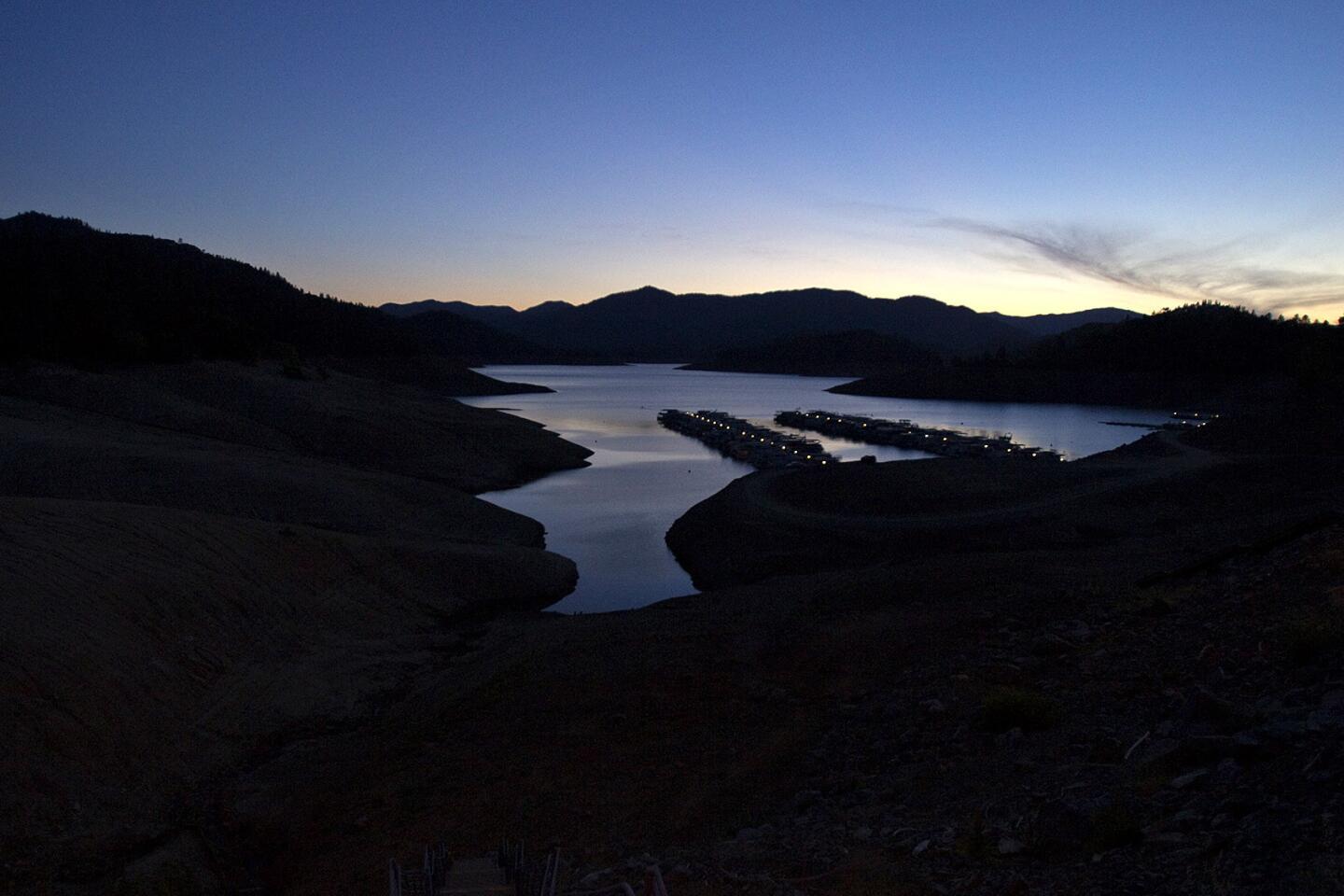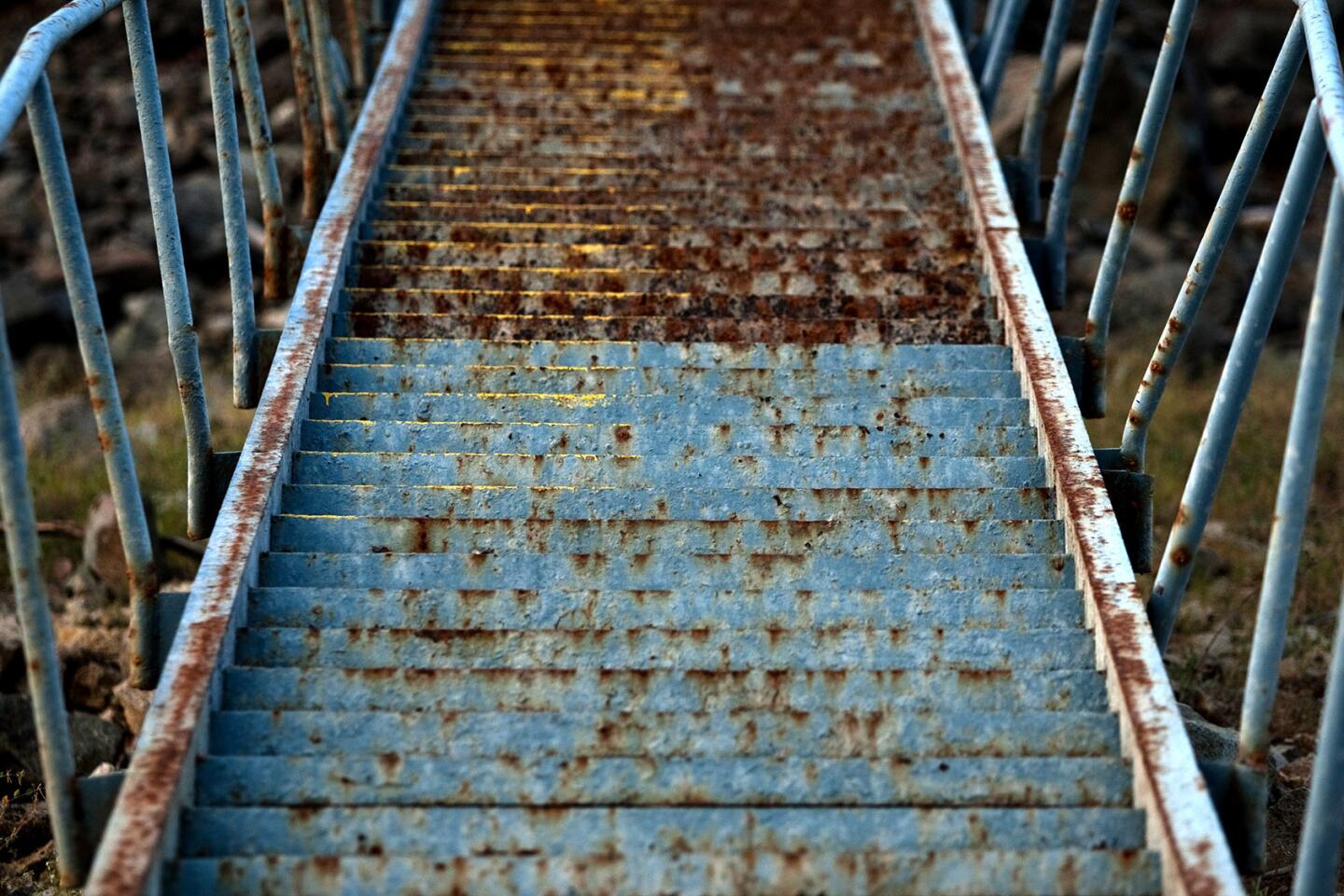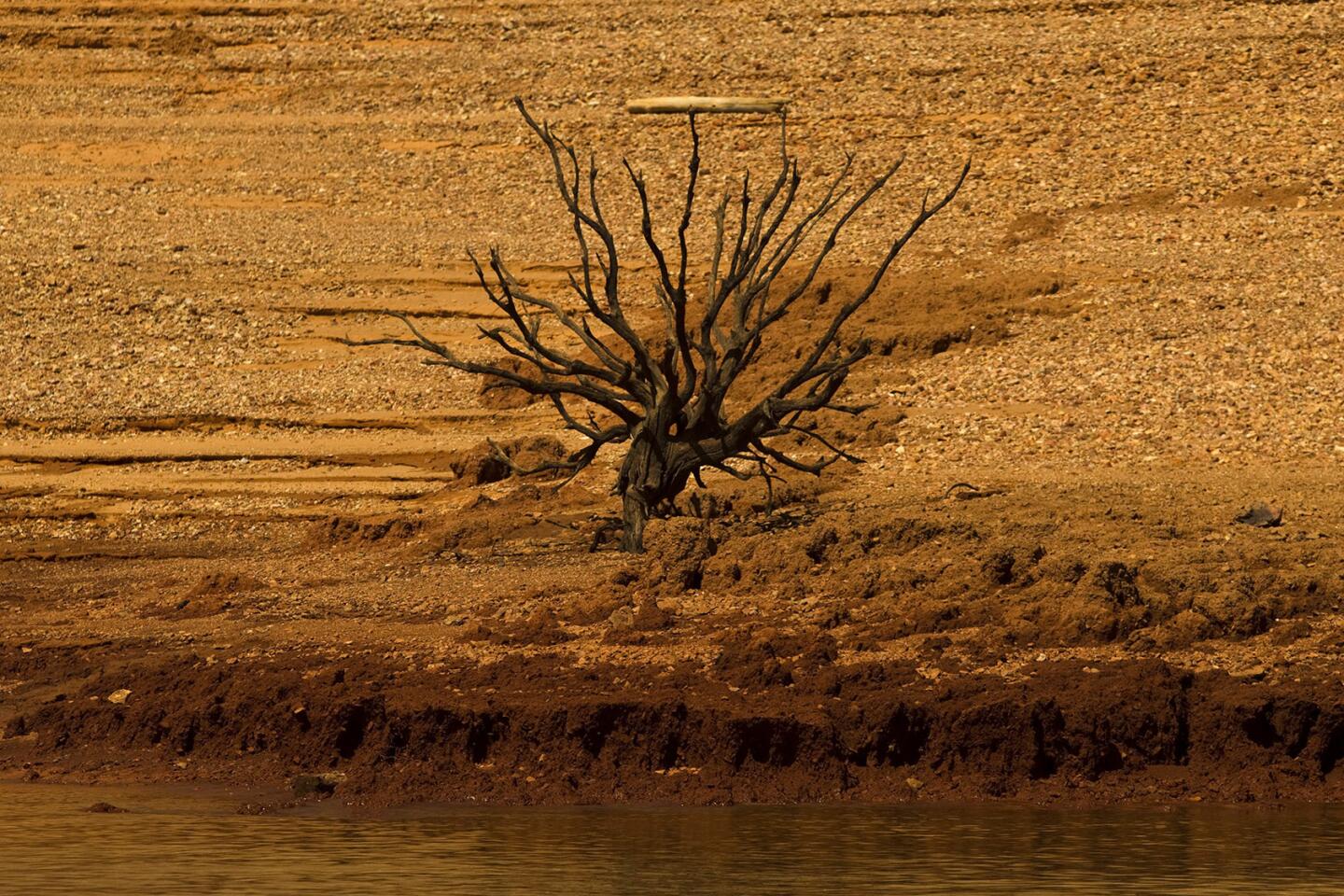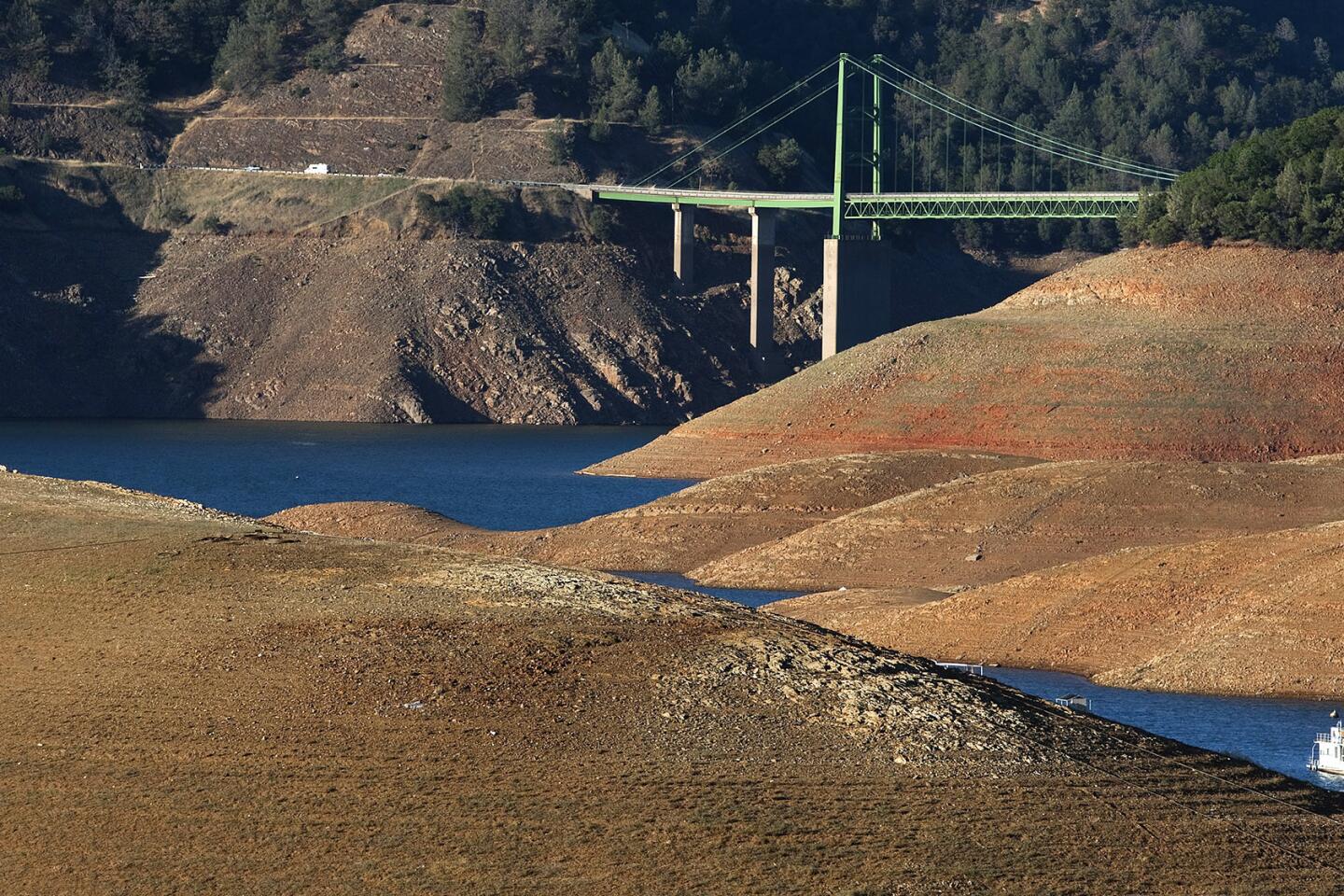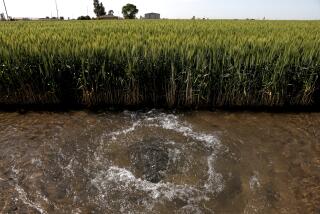L.A. takes gentle approach to conserving water during drought
For all the tough talk about cracking down on water wasters, Los Angeles and other California cities are choosing gentle coaxing over costly fines.
Los Angeles officials announced Monday that they are beefing up their water-wasting patrols but will keep their policy of educating and warning violators rather than fining them.
New state rules allow fines up to $500 per day for water wasters, and local authorities have their own penalties. But Max Gomberg, the State Water Resources Control Board senior environmental scientist, said relatively few fines have been handed out.
“Usually, just getting a notice is going to take care of whatever the issue is,” Gomberg said. “The citations are reserved for either people who are oblivious or simply refuse to help out.”
Santa Cruz, whose creeks and local water sources are drying up, is often cited as one of the state’s most aggressive cities when it comes to fining water violators. But the city has established a “water school” modeled after traffic school, allowing those who are caught using too much water to work off their fine by attending class.
Sacramento, another city hit hard by the drought, has deployed extra staff to patrol the streets, but officials hope warnings will do the trick.
During the first six months of 2014, Los Angeles’ Department of Water and Power received 1,400 reports of violations and handed out 863 warning letters.
But so far this year, no one has been fined.
Until now, the DWP has assigned one inspector to drive around handling complaints of water wasting in a city of 4 million people.
The DWP announced Monday that it now has four water-use inspectors who roam the city in specially marked cars.
Officials said history has shown them a more gentle approach works.
During 16 months of mandatory water rationing in 2008 and 2009, the Moulton Niguel Water District in south Orange County created a dedicated enforcement staff of 10 looking for waste. During that time, the district sent out 17,588 violation letters and issued 659 fines, spokeswoman Kelly Winsor said.
Despite all the tickets, water consumption did not drop, she said.
“It was very time-consuming, very costly for the district and it didn’t sit well with customers,” she said. “There was a lot of push-back.”
The district looked for a different way to curb water use, and by 2011, it overhauled its rate structure. Now customers are given a certain allocation of water, and penalized heavily if they exceed it.
Los Angeles is in Phase 2 of a mandatory water conservation ordinance. Among other restrictions, that means watering no more than three times a week and never on Saturdays and not being able to wash a car unless one uses a self-closing, water shut-off nozzle.
A dry fall and winter in California would bring Phase 3, which would result in much harsher restrictions.
Phase 3 would prohibit washing cars unless it’s at a commercial carwash. Residents would be allowed to water their lawns once a week. Failure to abide by the rules after getting a warning could result in fines of up to $300 for residential customers and $600 for commercial customers.
“We won’t be so friendly and just educational anymore,” said Rick Silva, who until now was the DWP’s lone roving inspector.
Silva said that among the most common violations are people who irrigate on the wrong days as well as those who water their lawn excessively, causing runoff into the streets.
A greater focus has been on outdoor water waste in part because of technological advances indoors, such as low-flow toilets and water-efficient appliances.
Stephanie Pincetl, director of UCLA’s California Center for Sustainable Communities, said studies have found that mandatory water restrictions are more effective at reducing water usage than voluntary restrictions.
Still, she said simply adding so-called water police may help “reduce water usage again, but that’s not a long-term change.” What’s needed, Pincetl said, is a longer lasting change in the water use culture.
This drought “is not a temporary state for the state of California. This is something we’ve experienced before,” she said. “This happens to be the worst in 100 years, but it’s not something that’s unique. How do we respond over time so that we’re not in this crisis, reactive mode?”
Last month, state regulators found that there was an 8% increase in water use in Southern California. The precise number was quickly disputed, with water agencies like Santa Ana asserting that their water use had not increased anywhere near the state’s numbers.
The DWP had a 9% increase in May compared to the average for the month in three prior years. But it touted a dramatic decrease over the long term, with Los Angeles using the same amount of water now that it did 40 years ago, despite having a much larger population.
But with a worsening drought, no one disputes more has to be done. In the meantime, water officials have gotten some help from social media.
A #droughtshaming hashtag on Twitter has become a popular way for strangers to call out a sprinkler that is raining water or a pipe that leaks. The viral ice bucket challenge — in which people get doused with buckets of ice water on video to raise awareness for ALS — has been a high-profile target of the Twitter campaign.
Then there was the spectacular rupture of a DWP pipe that saw 20 million gallons of water flood parts of UCLA and Westwood on live TV. Even though the DWP has a leak rate half the national average, according to DWP spokeswoman Michelle Vargas, the utility got some guff for that in light of its push for Angelenos to conserve.
“We did get phone calls and emails,” Silva said. “They wanted to know if the DWP would get fined.”
More to Read
Sign up for Essential California
The most important California stories and recommendations in your inbox every morning.
You may occasionally receive promotional content from the Los Angeles Times.
